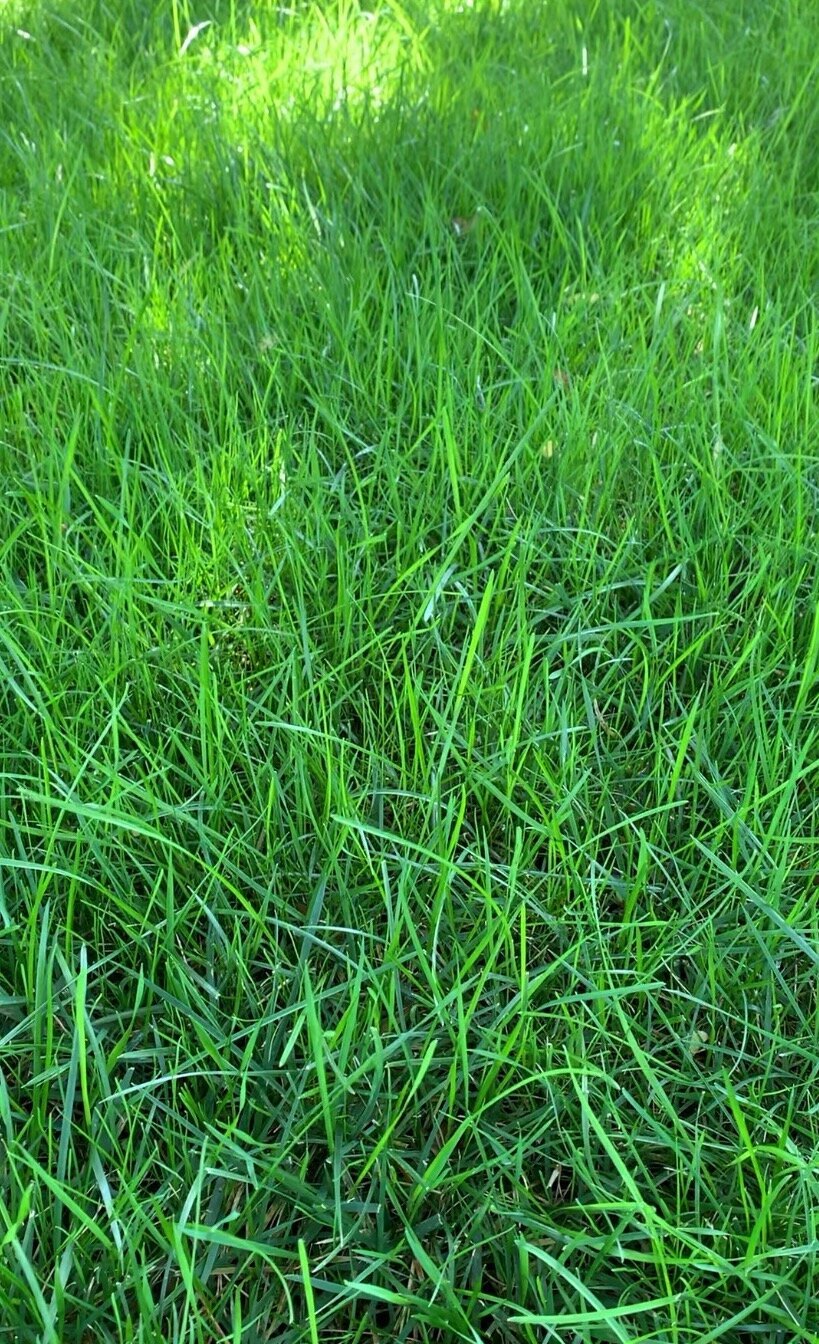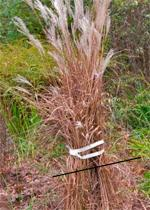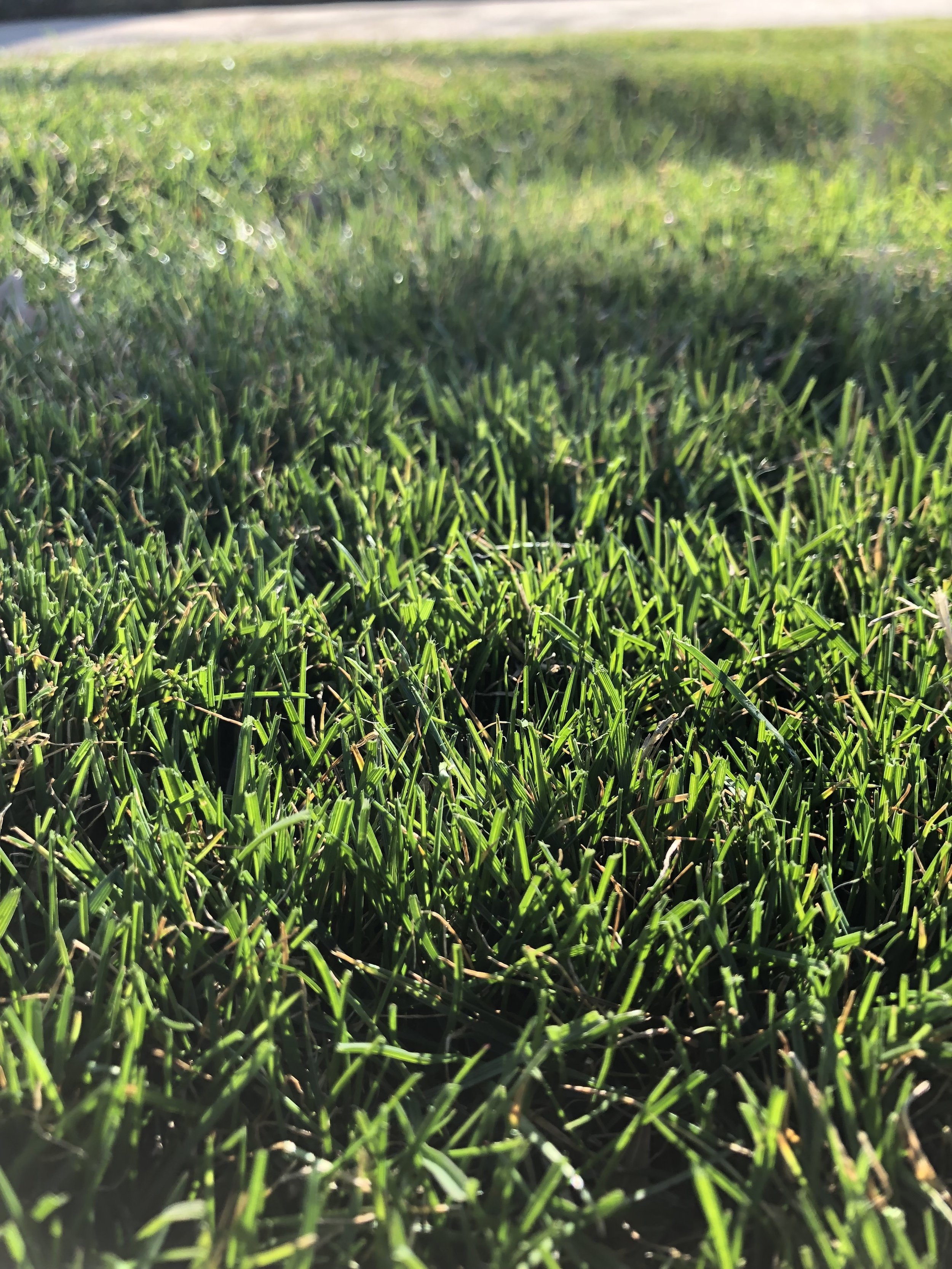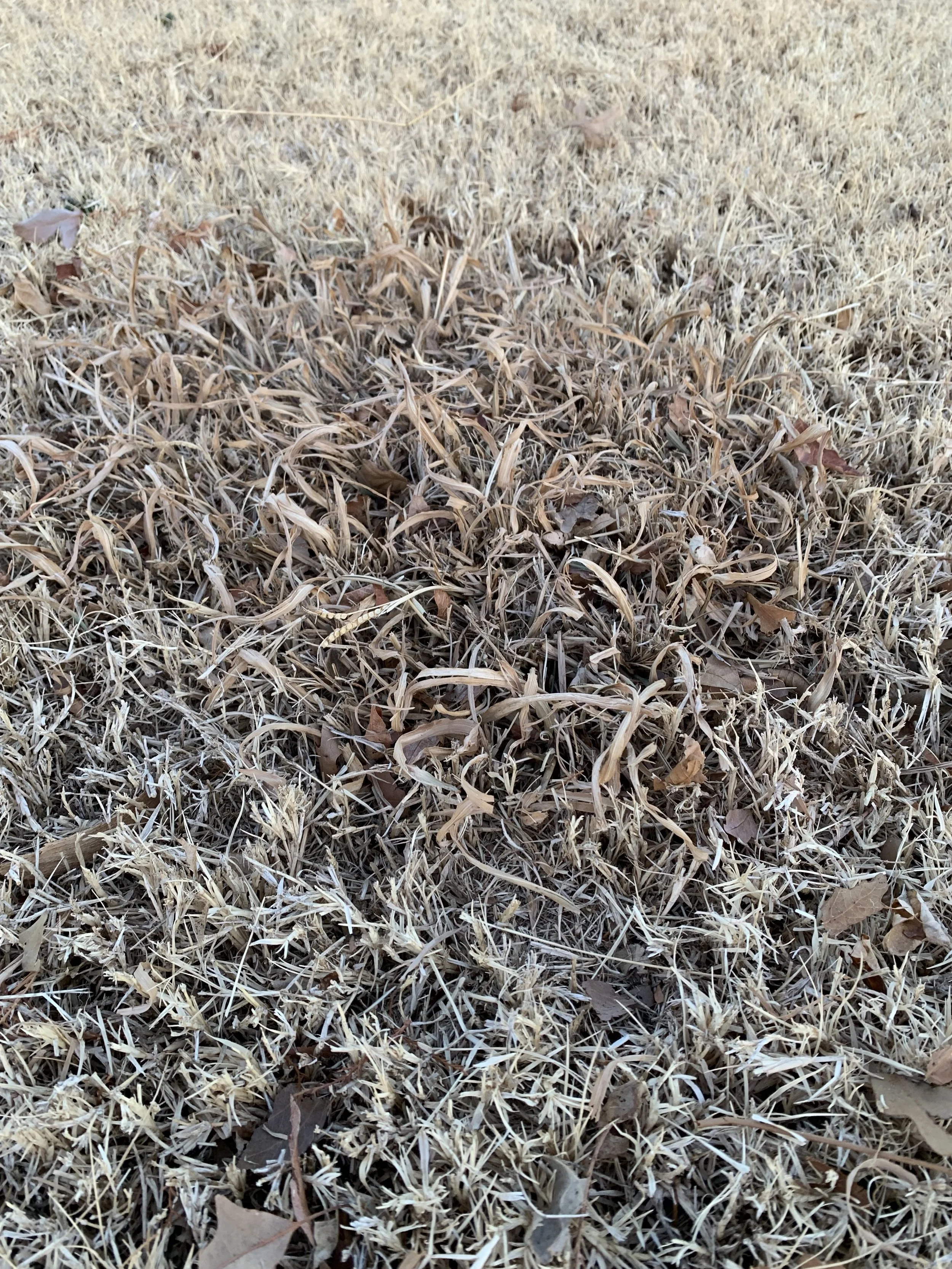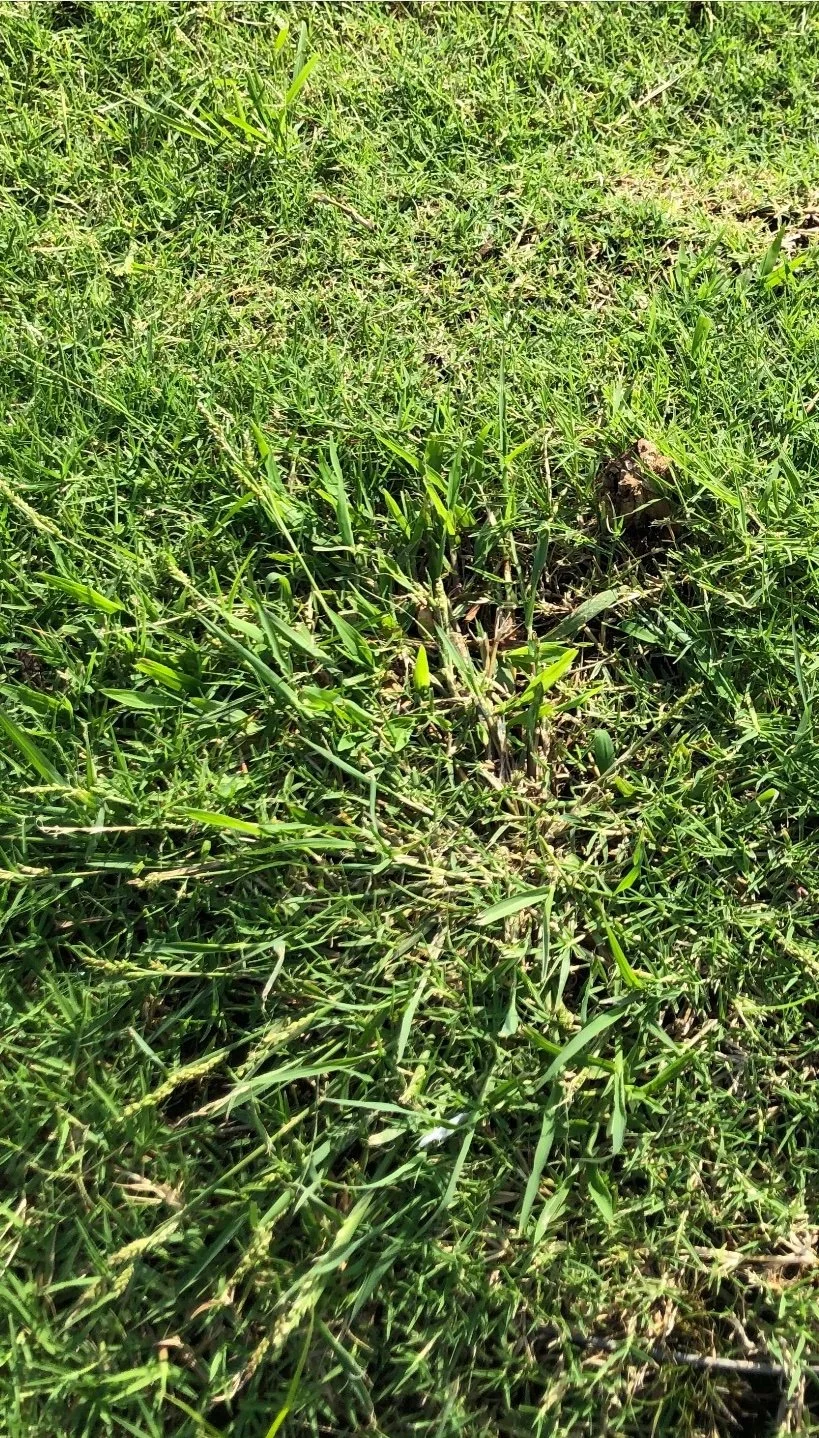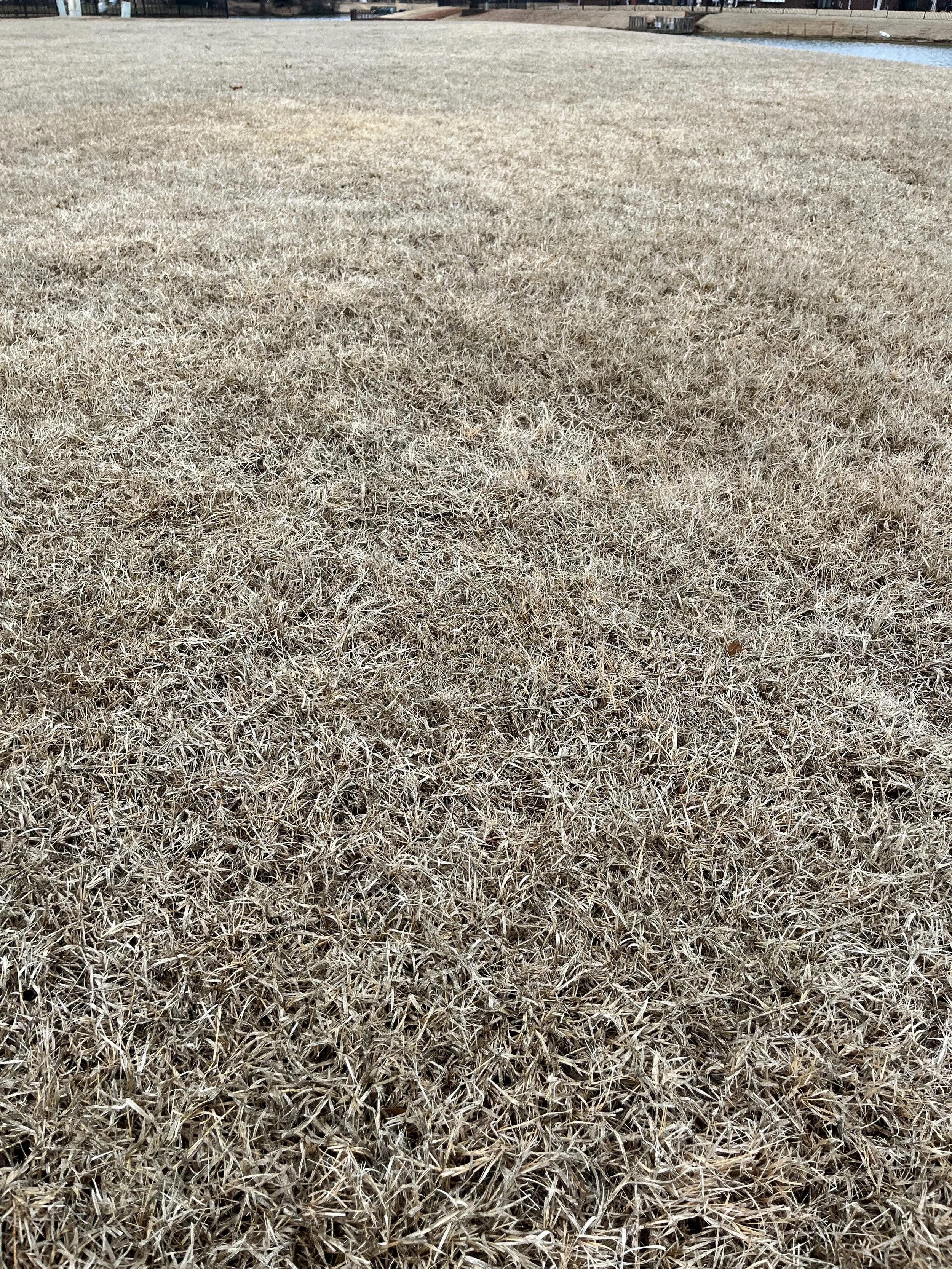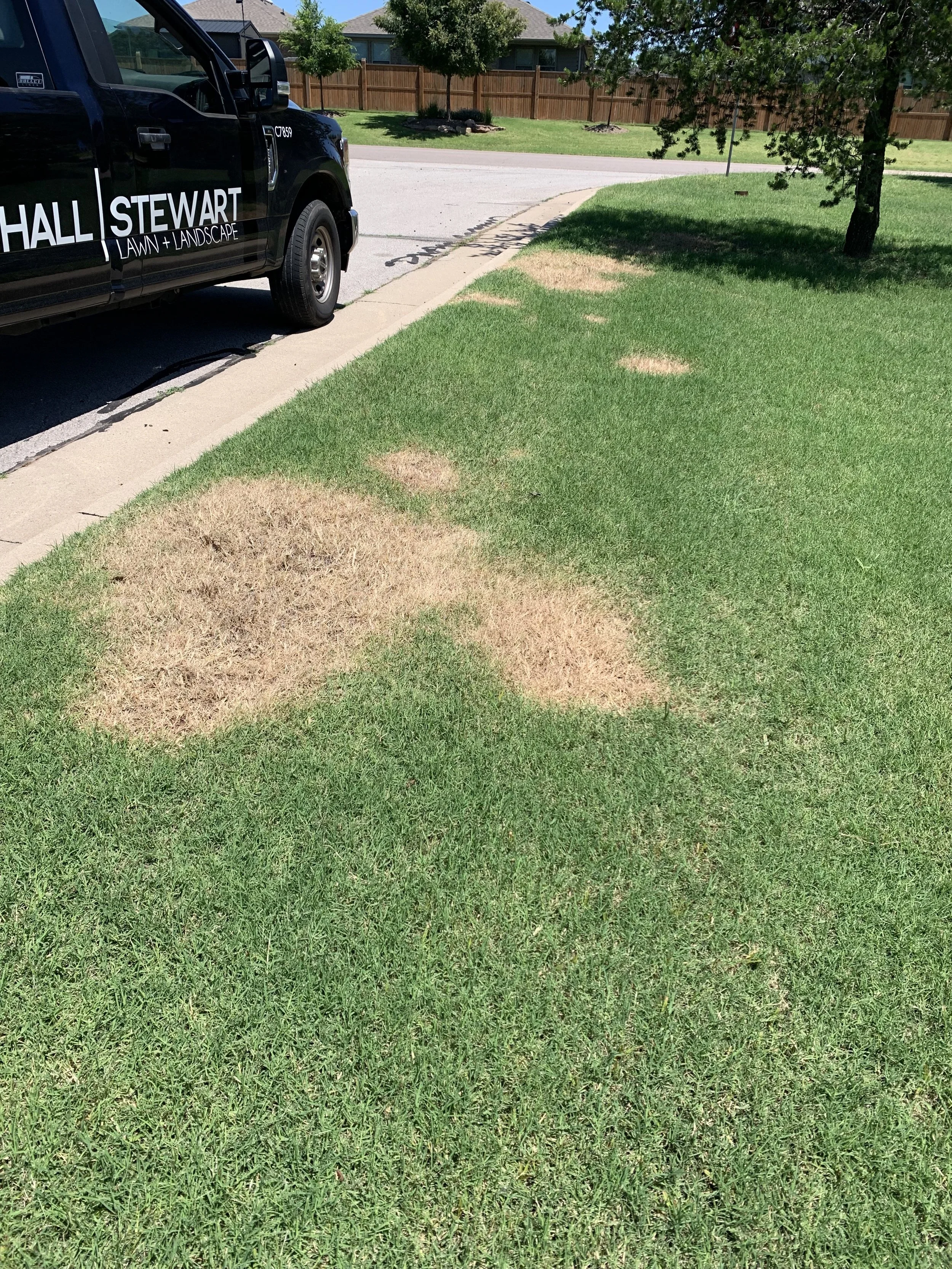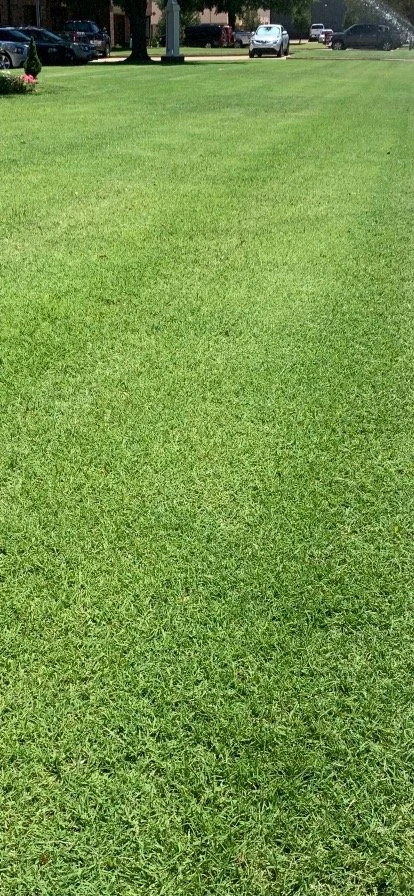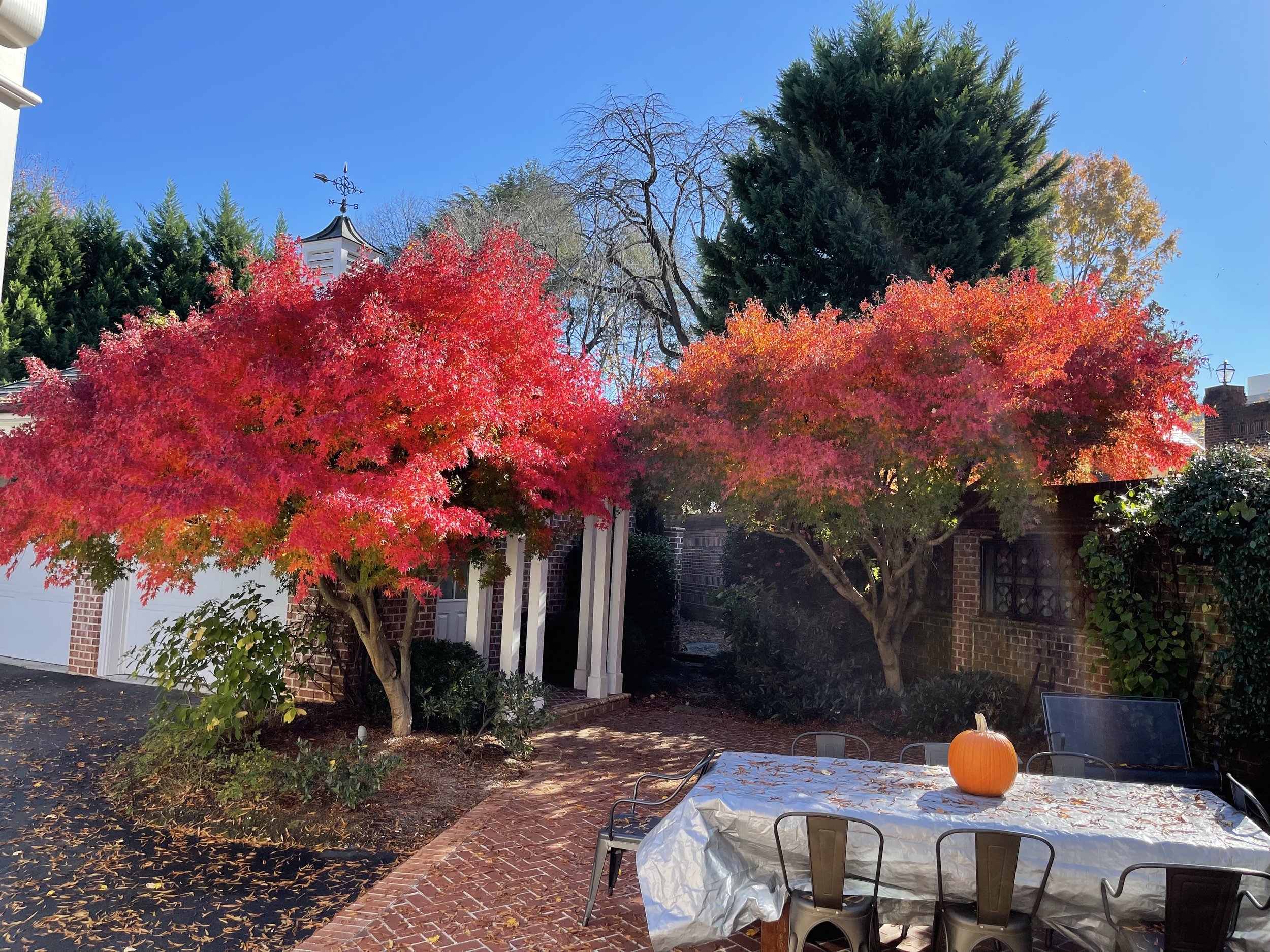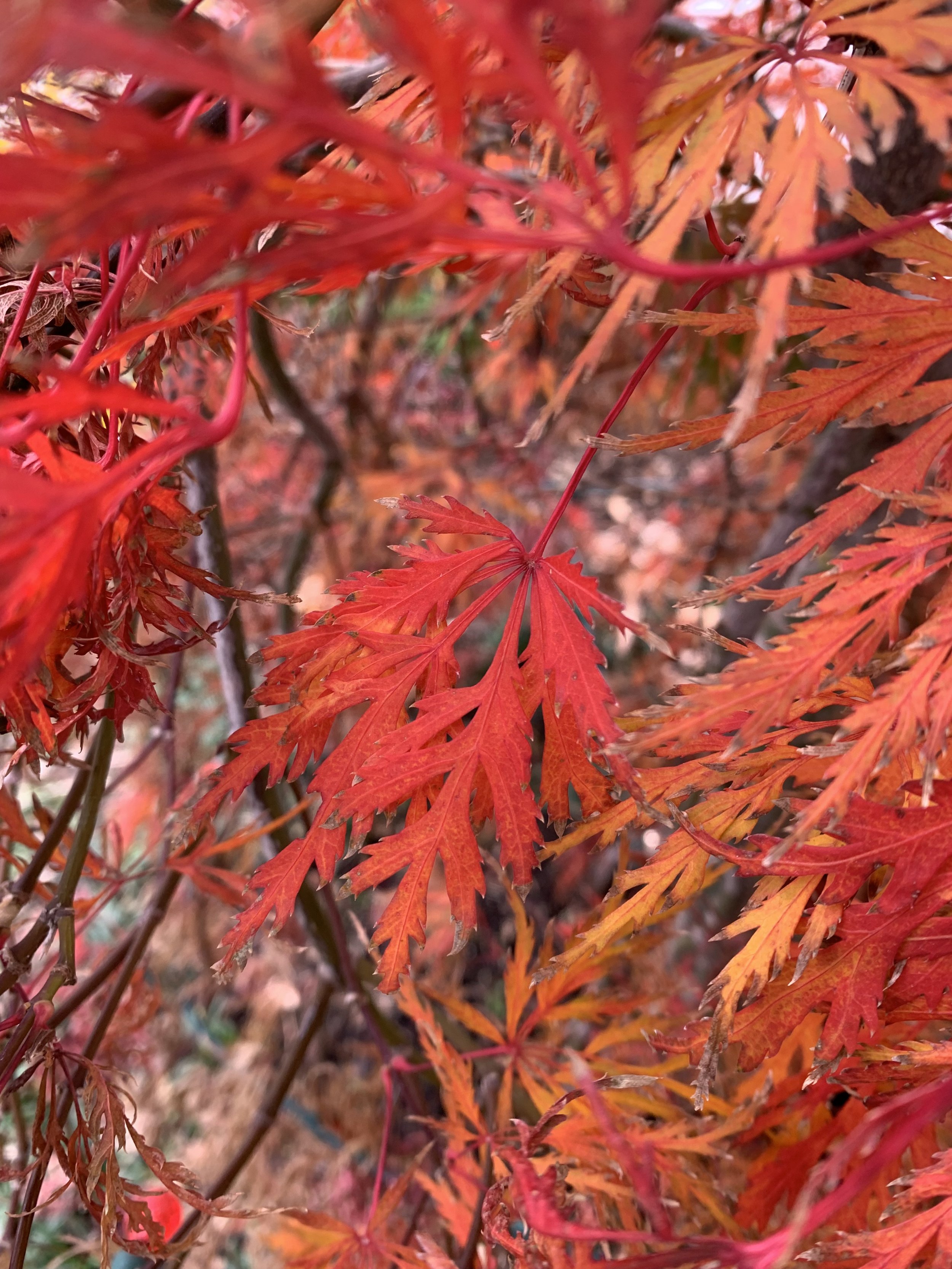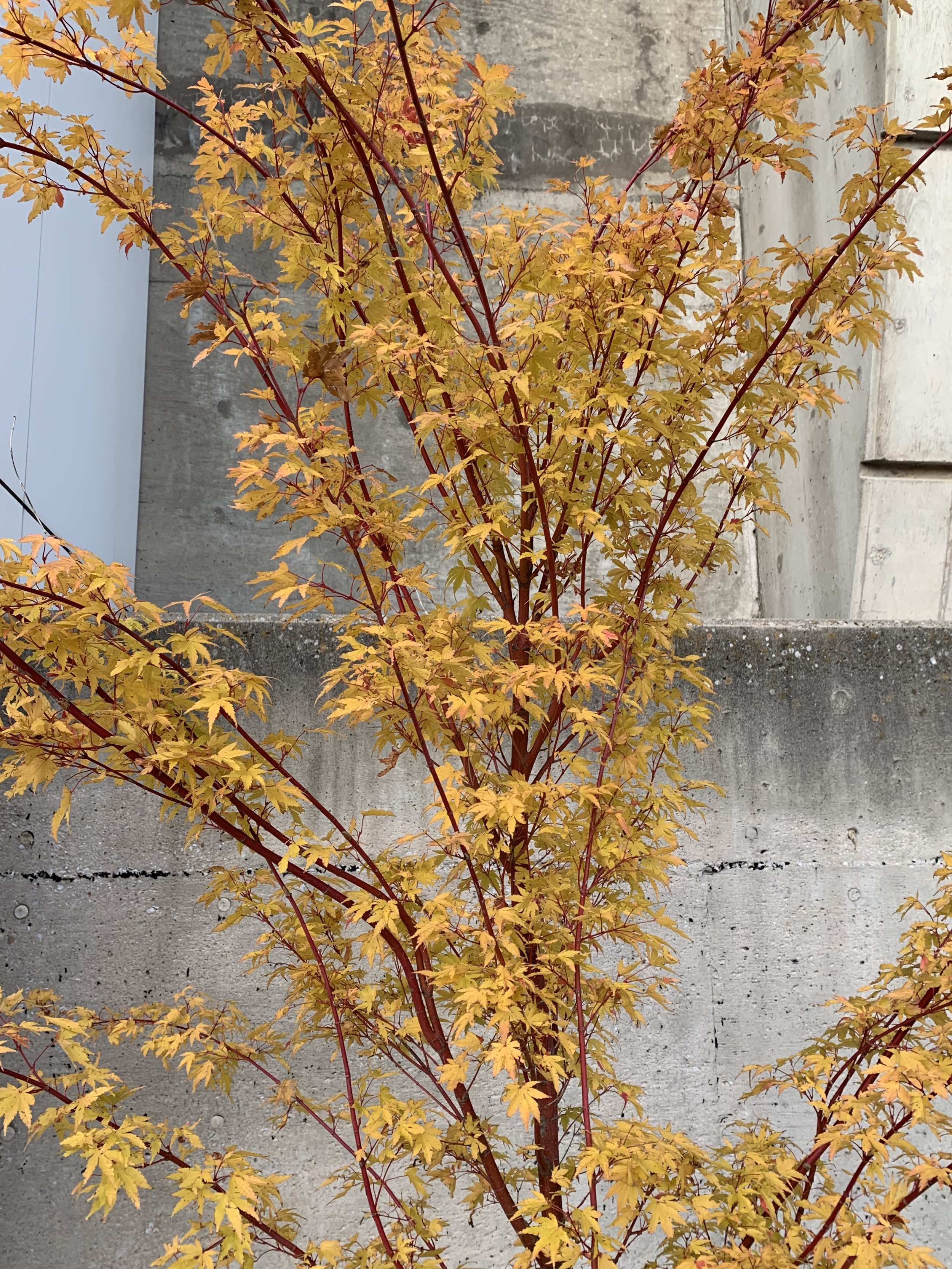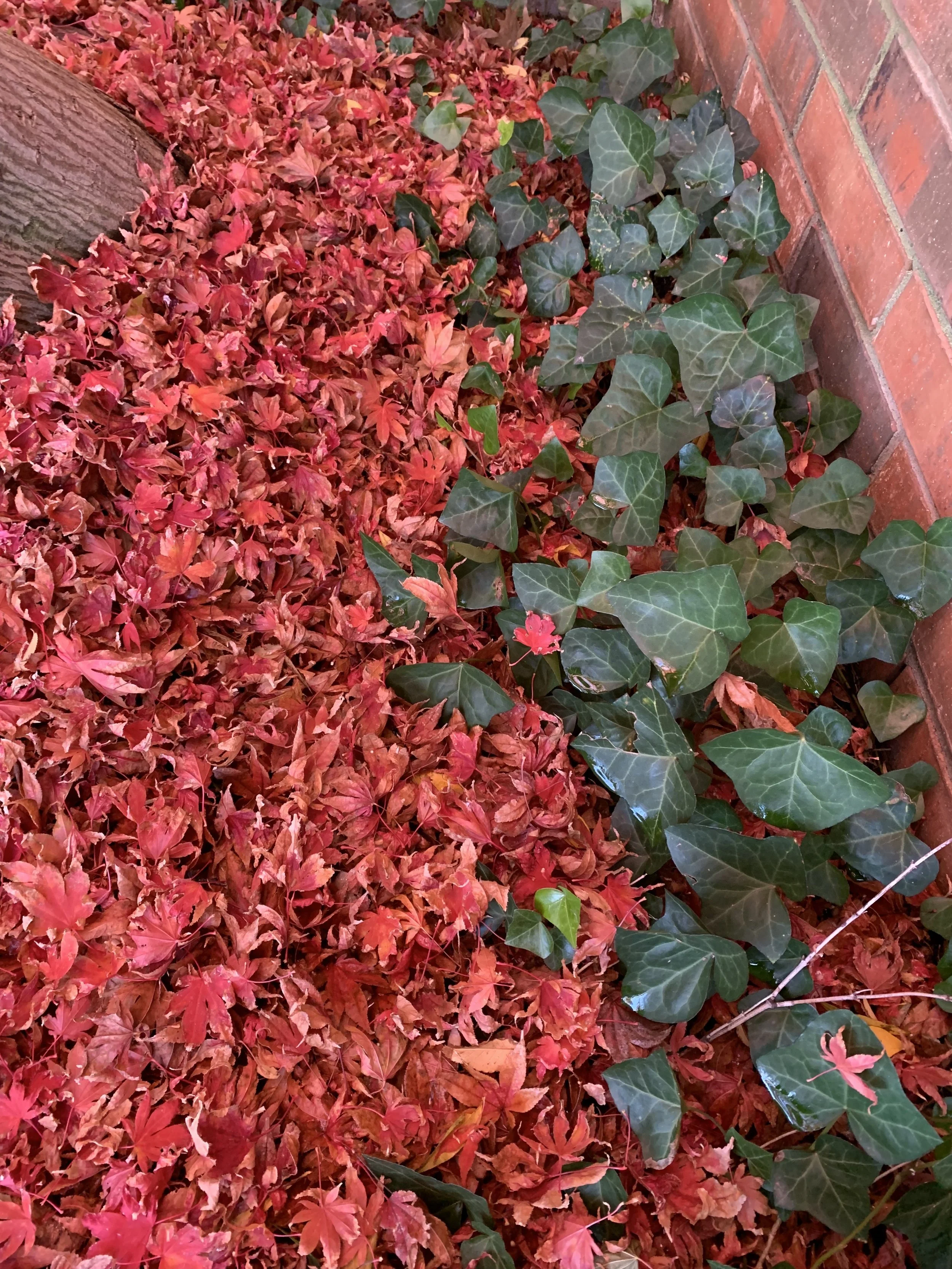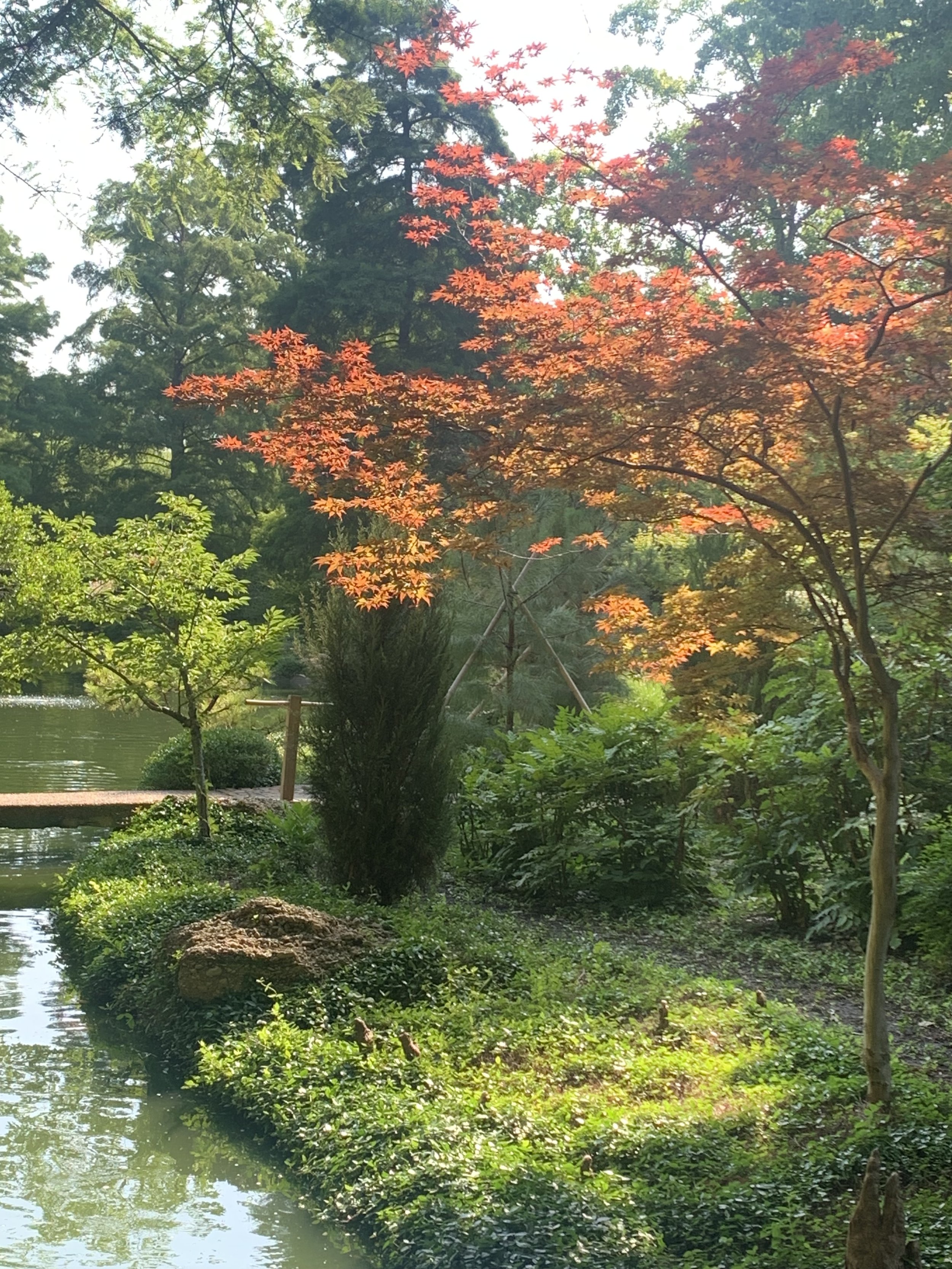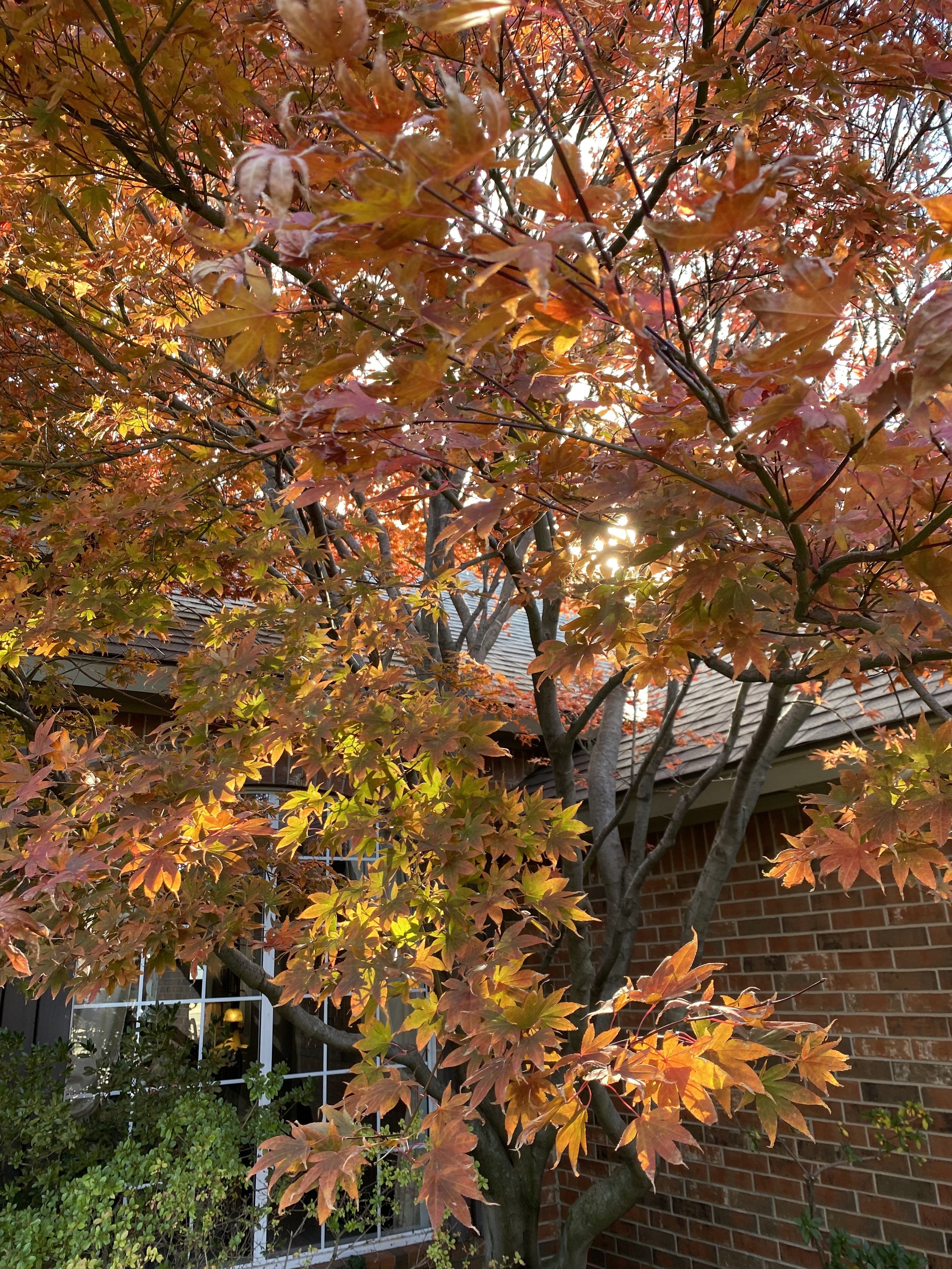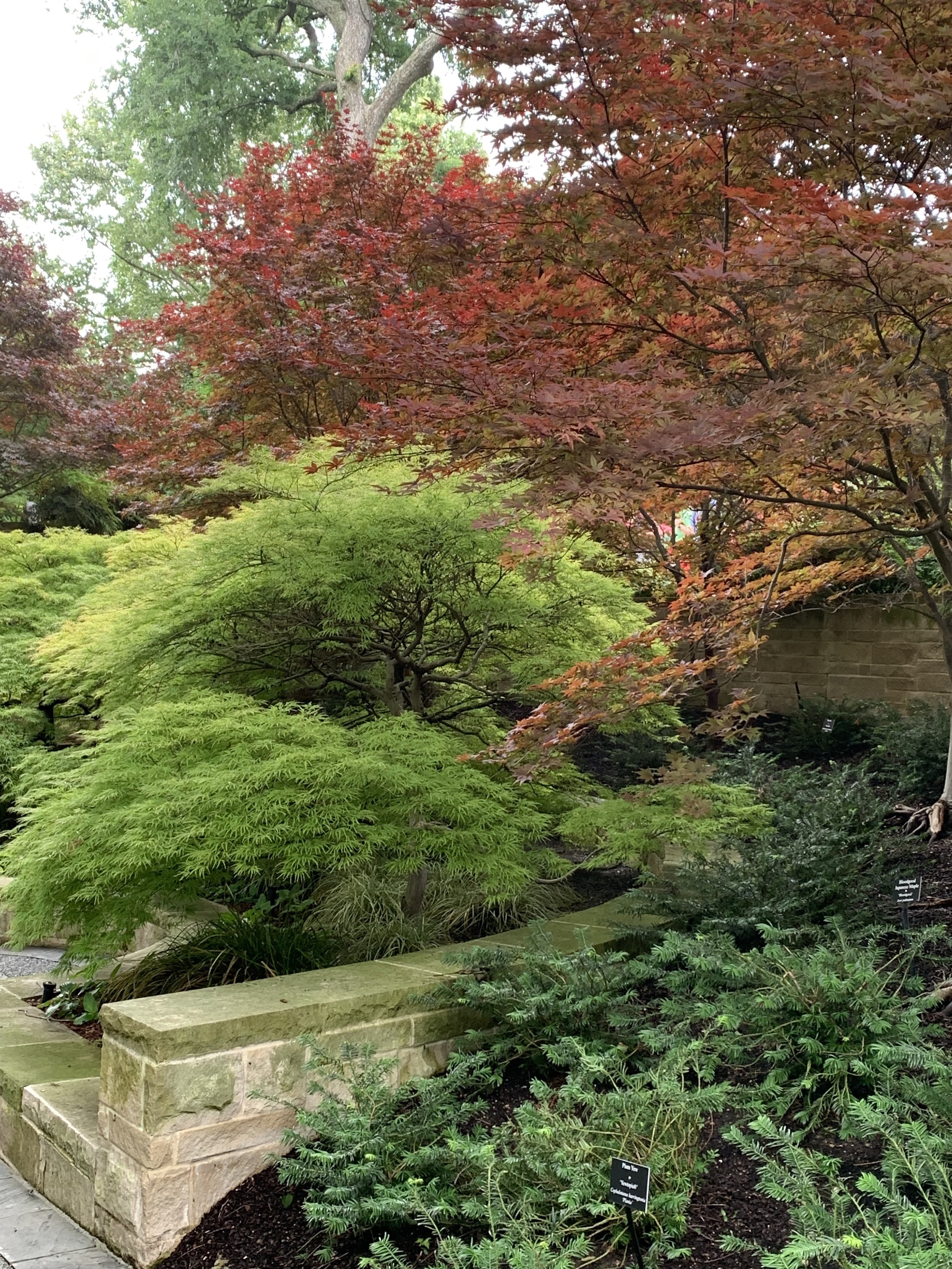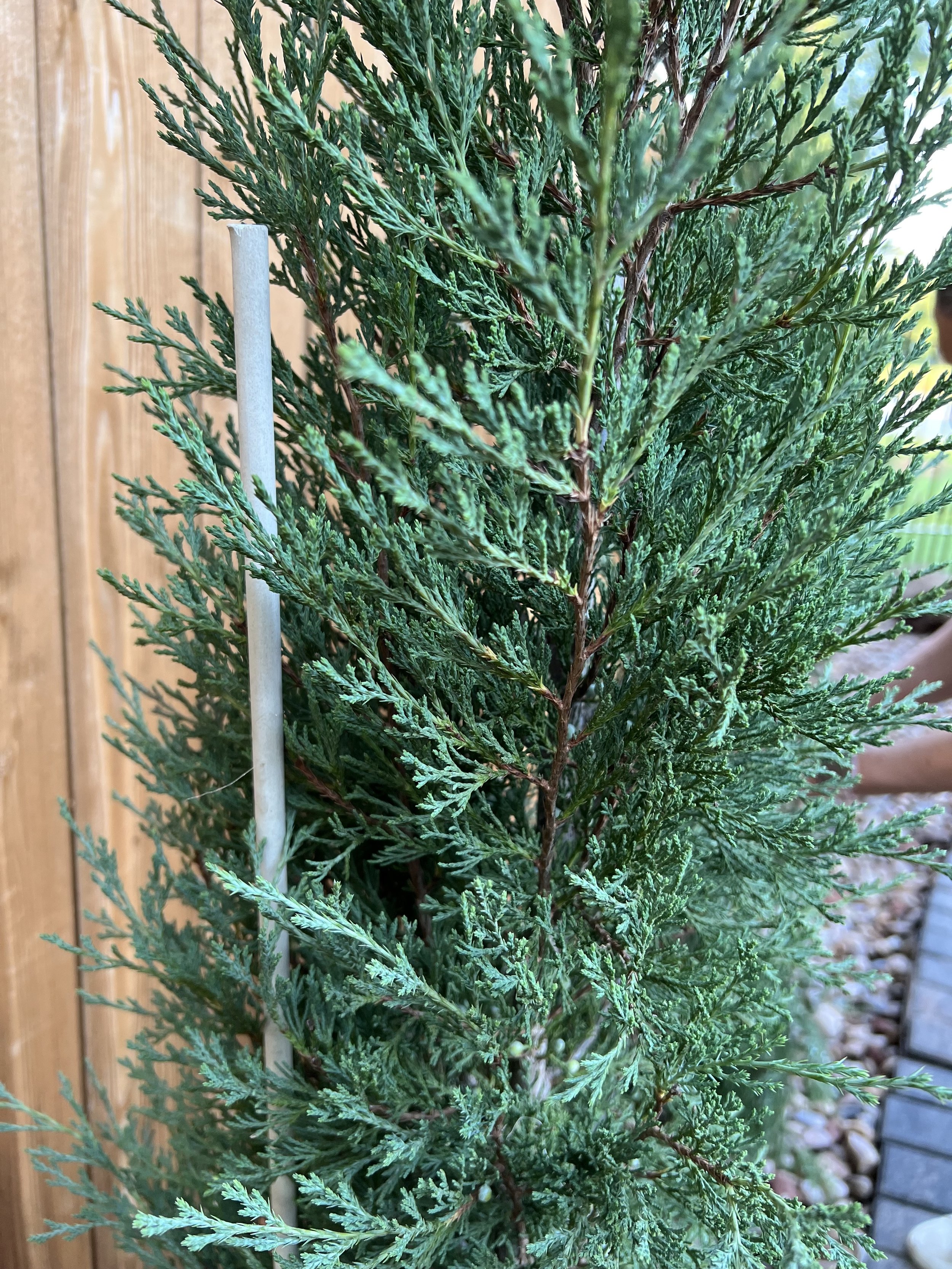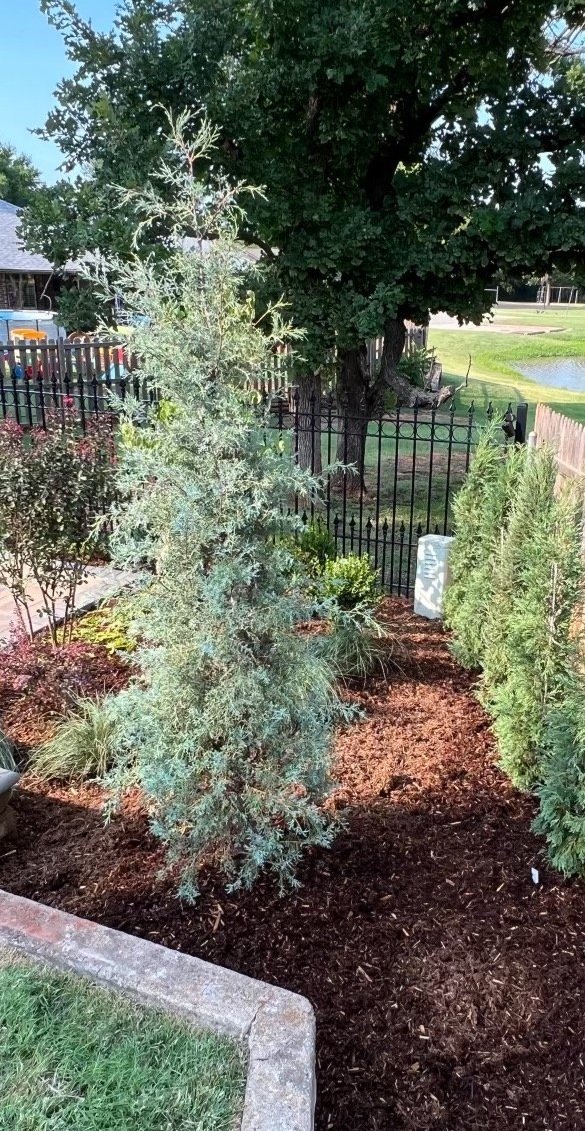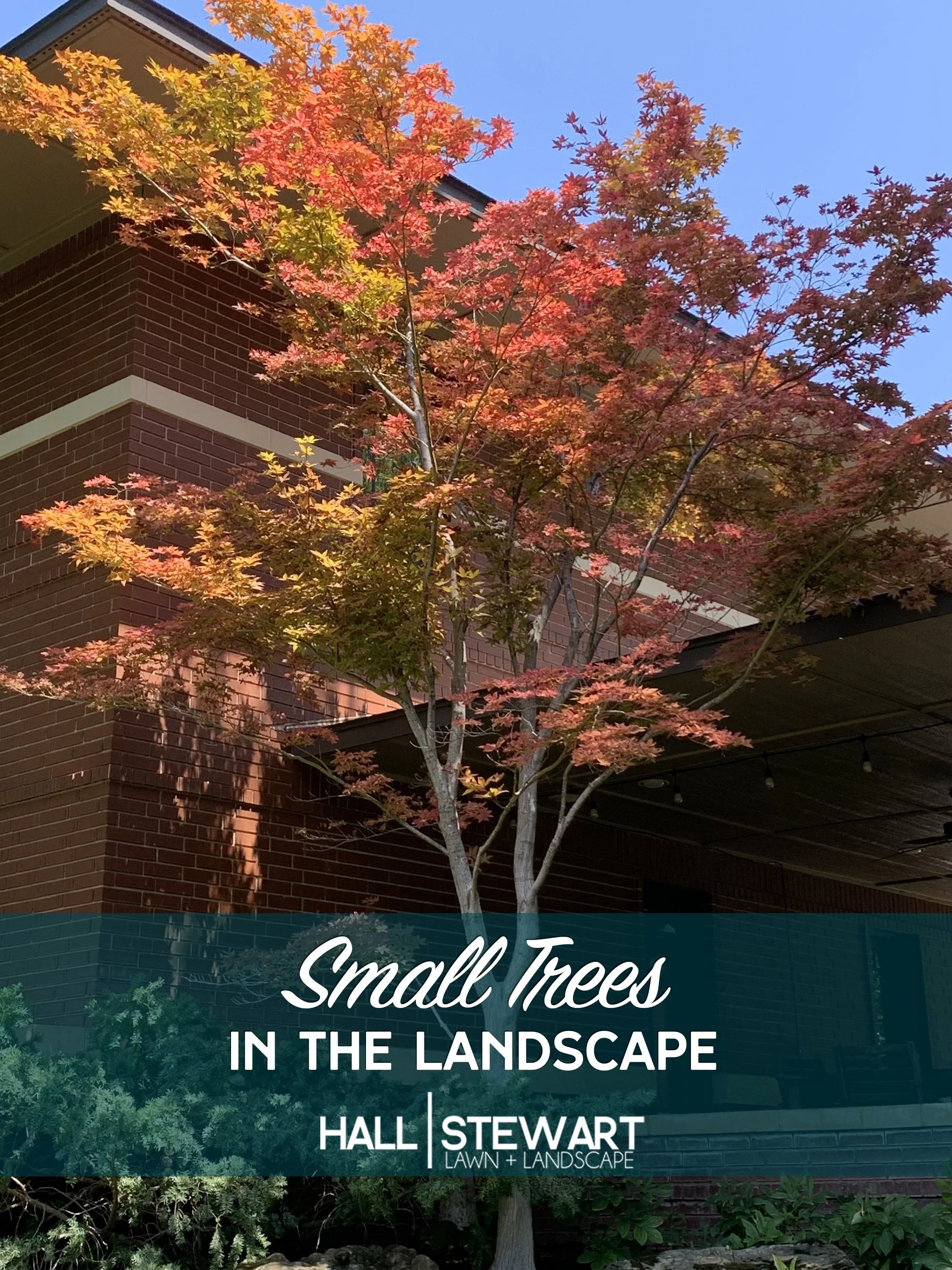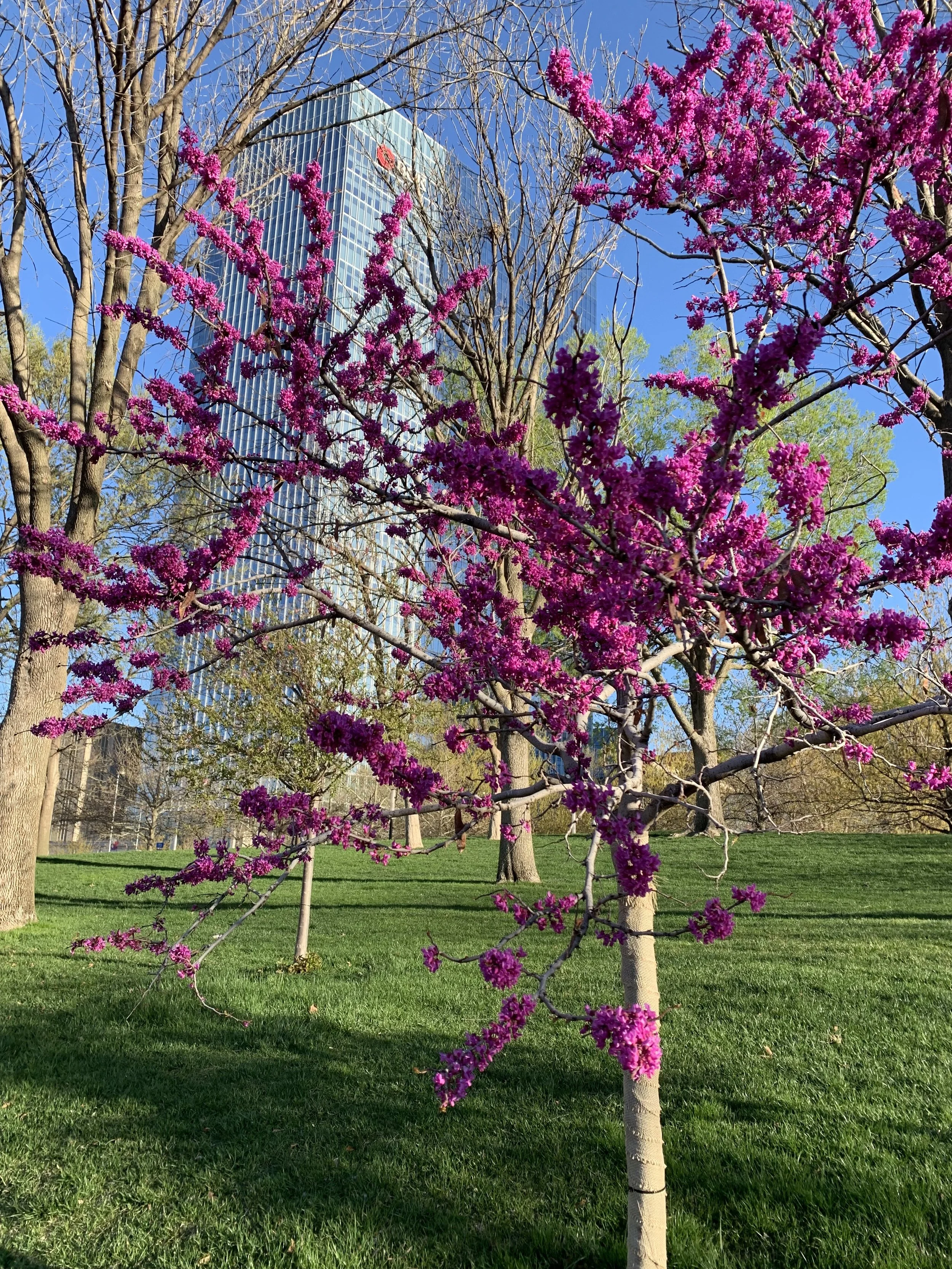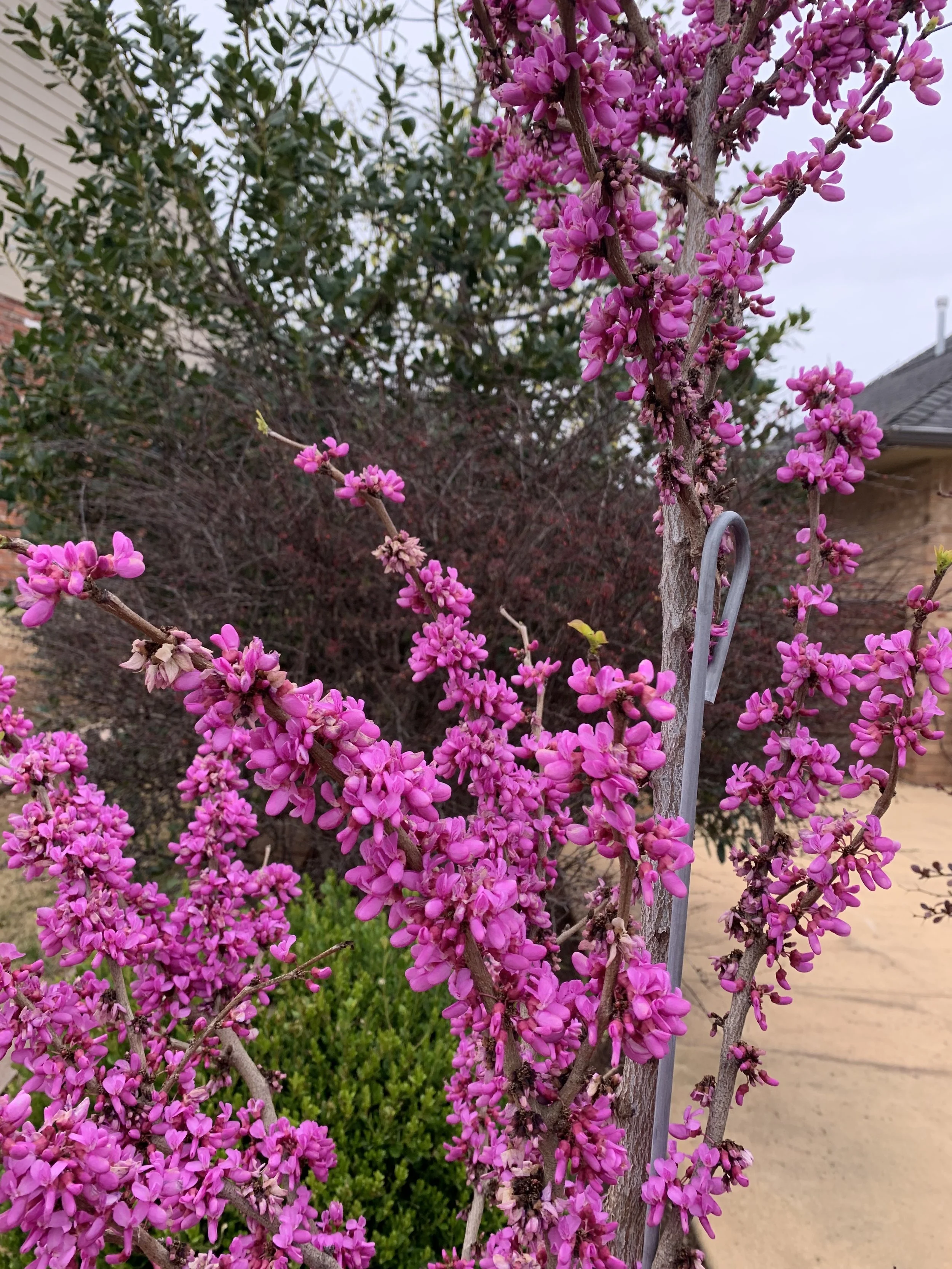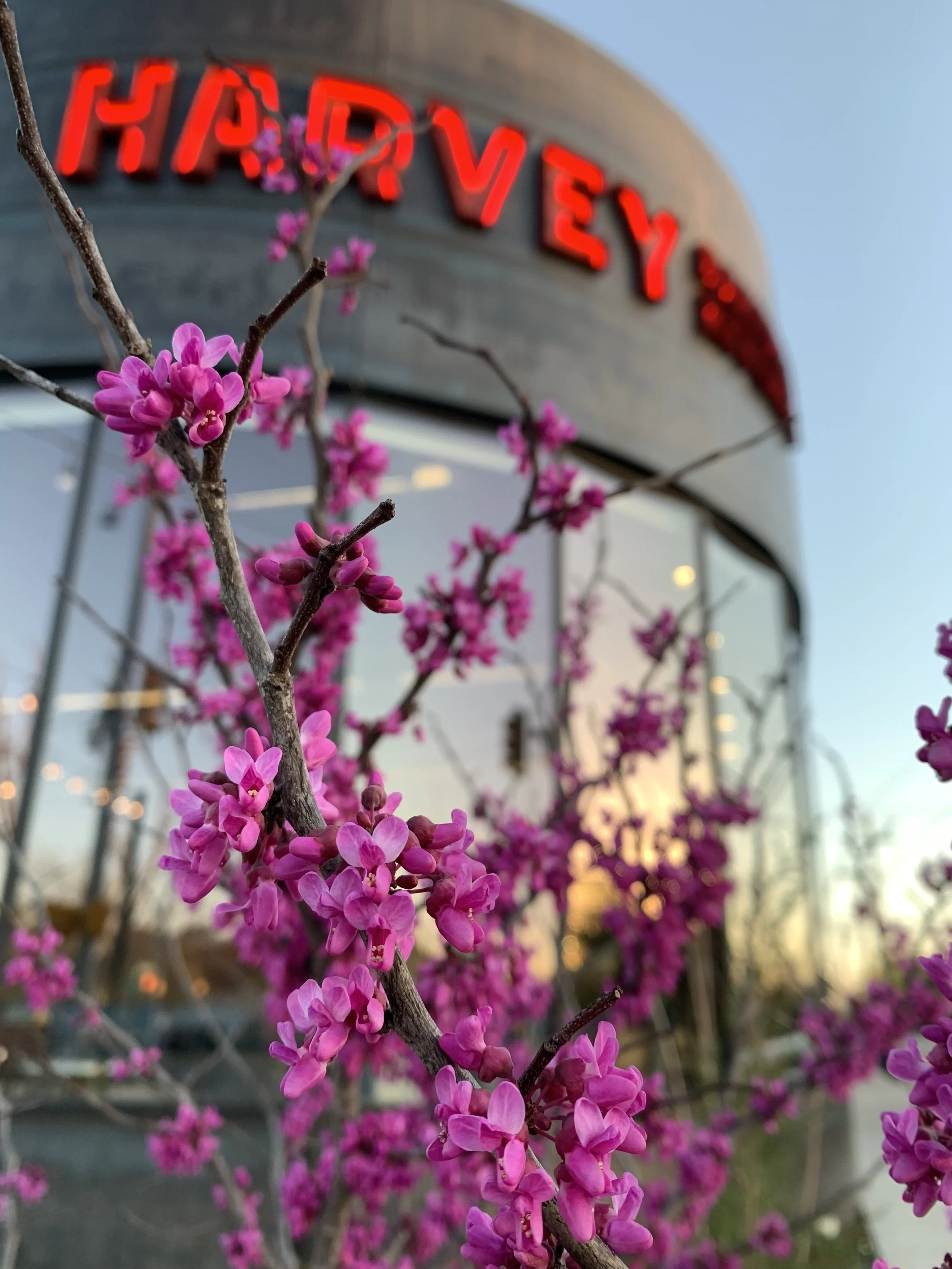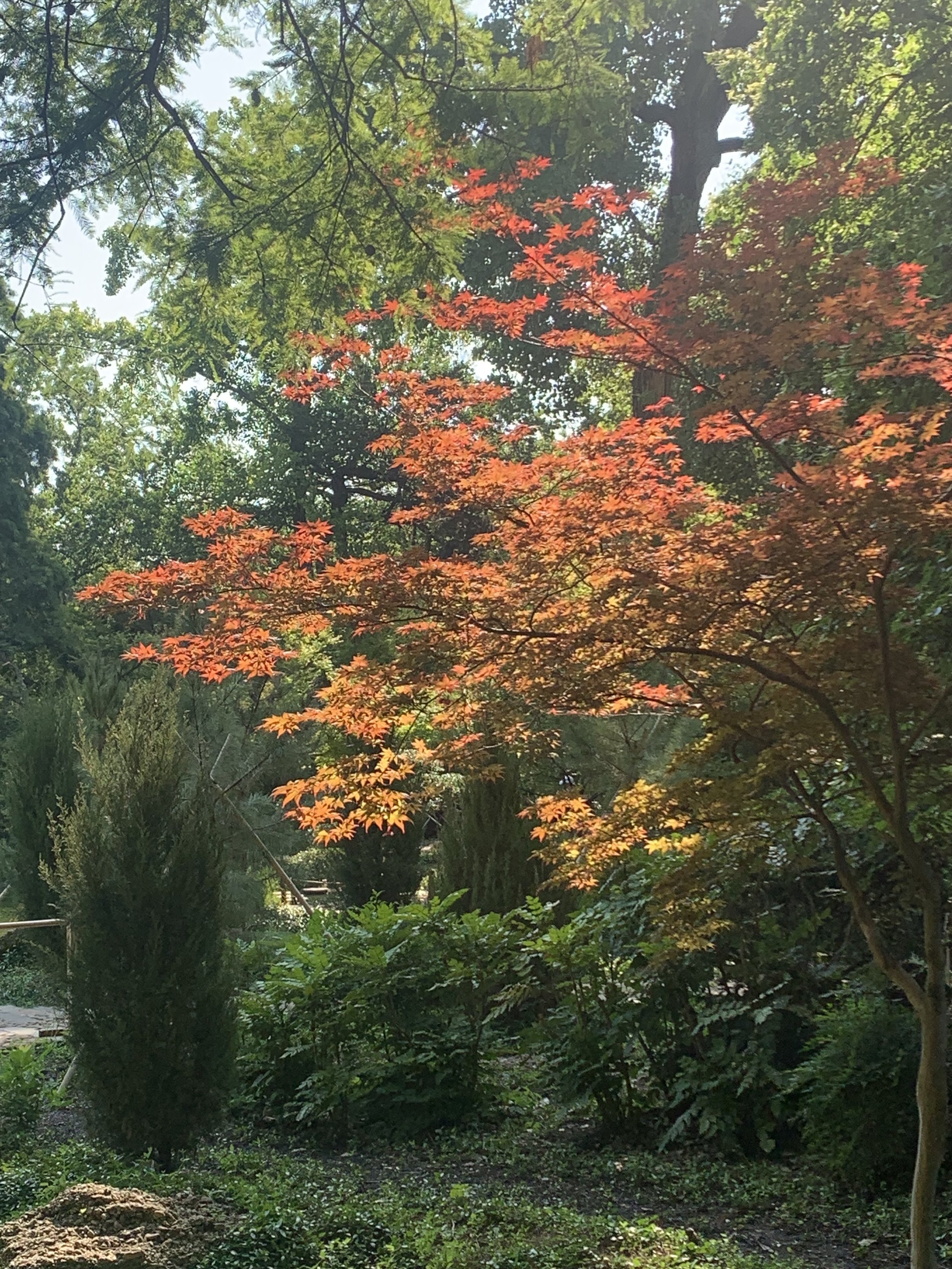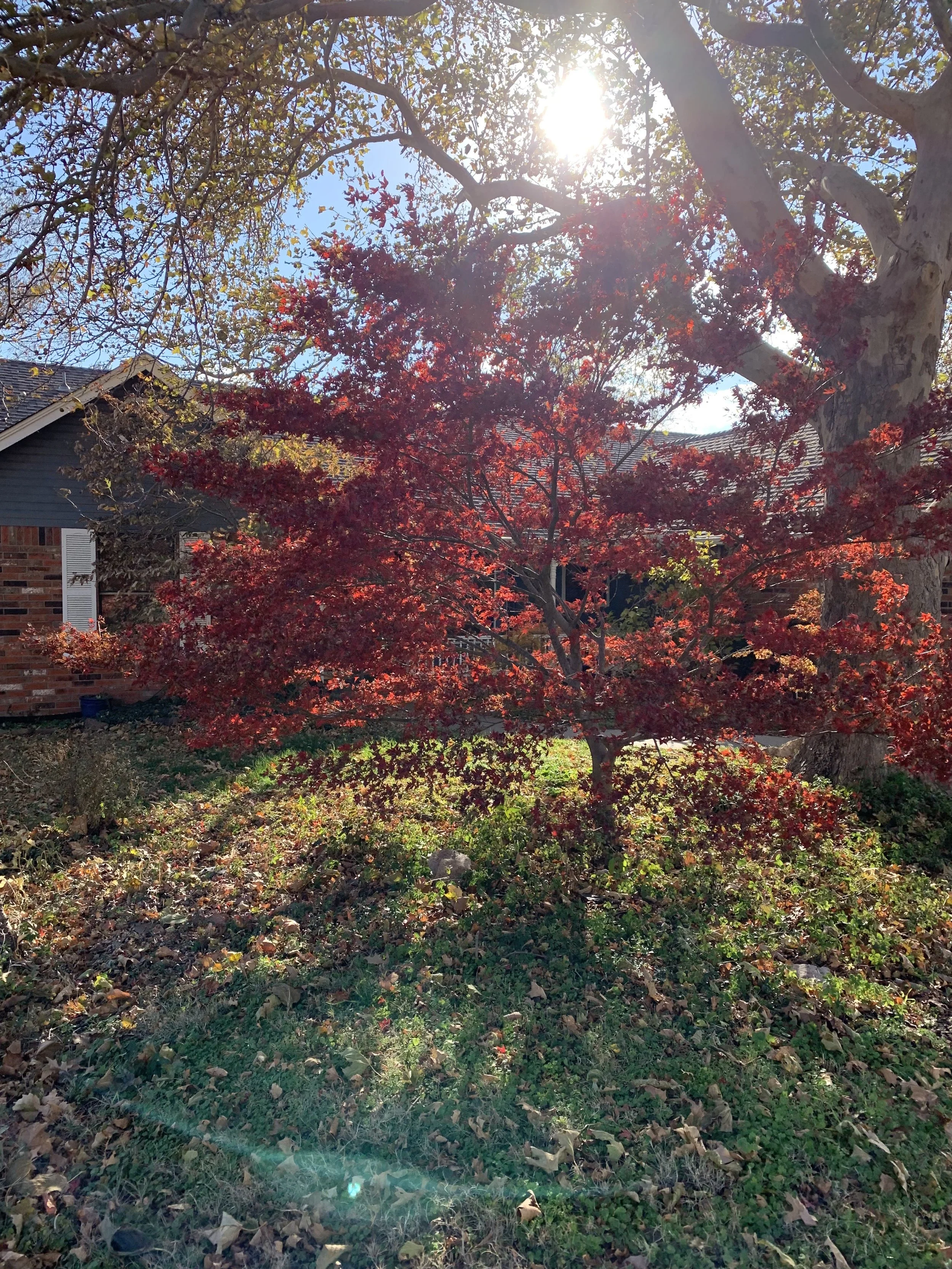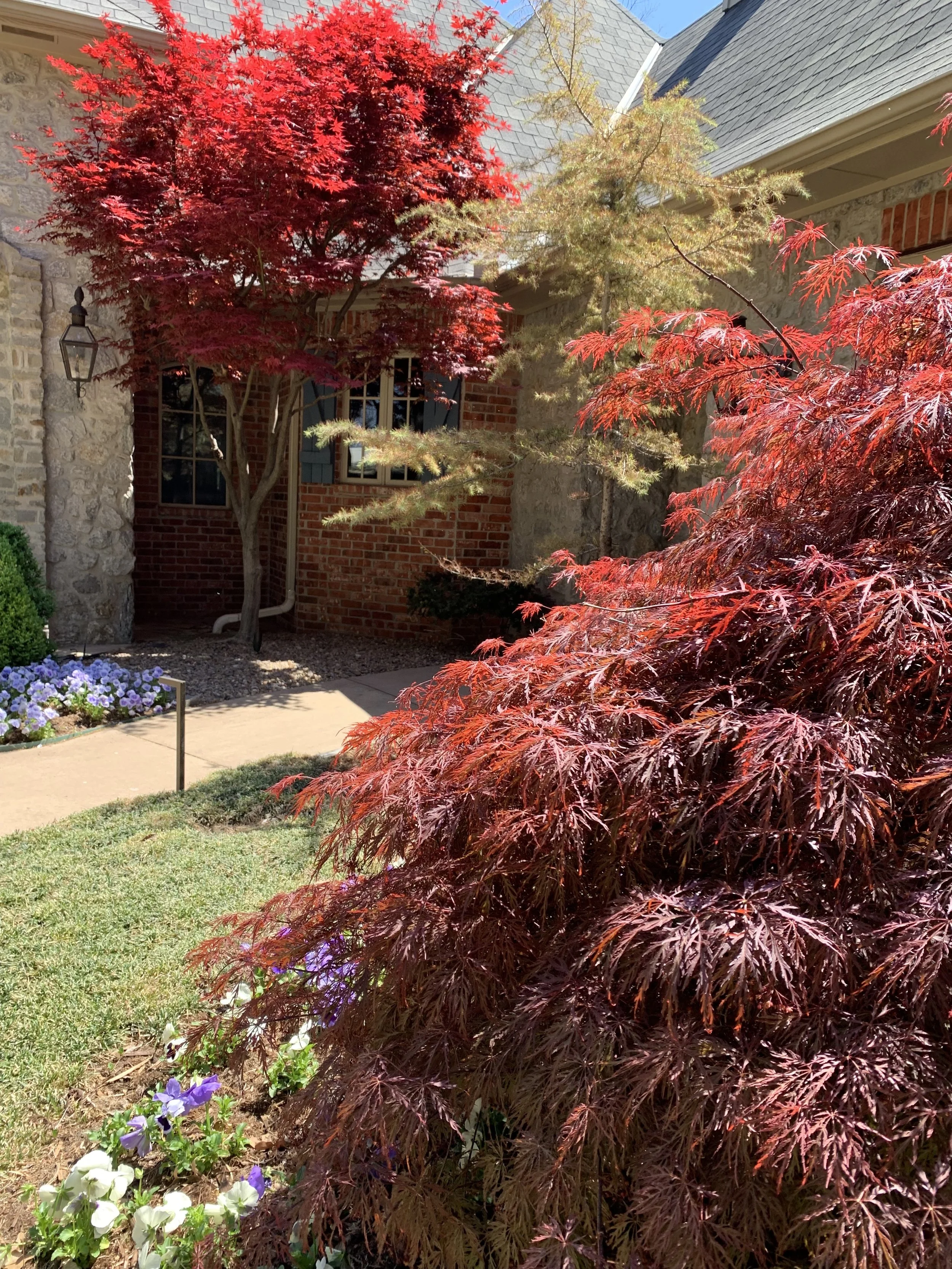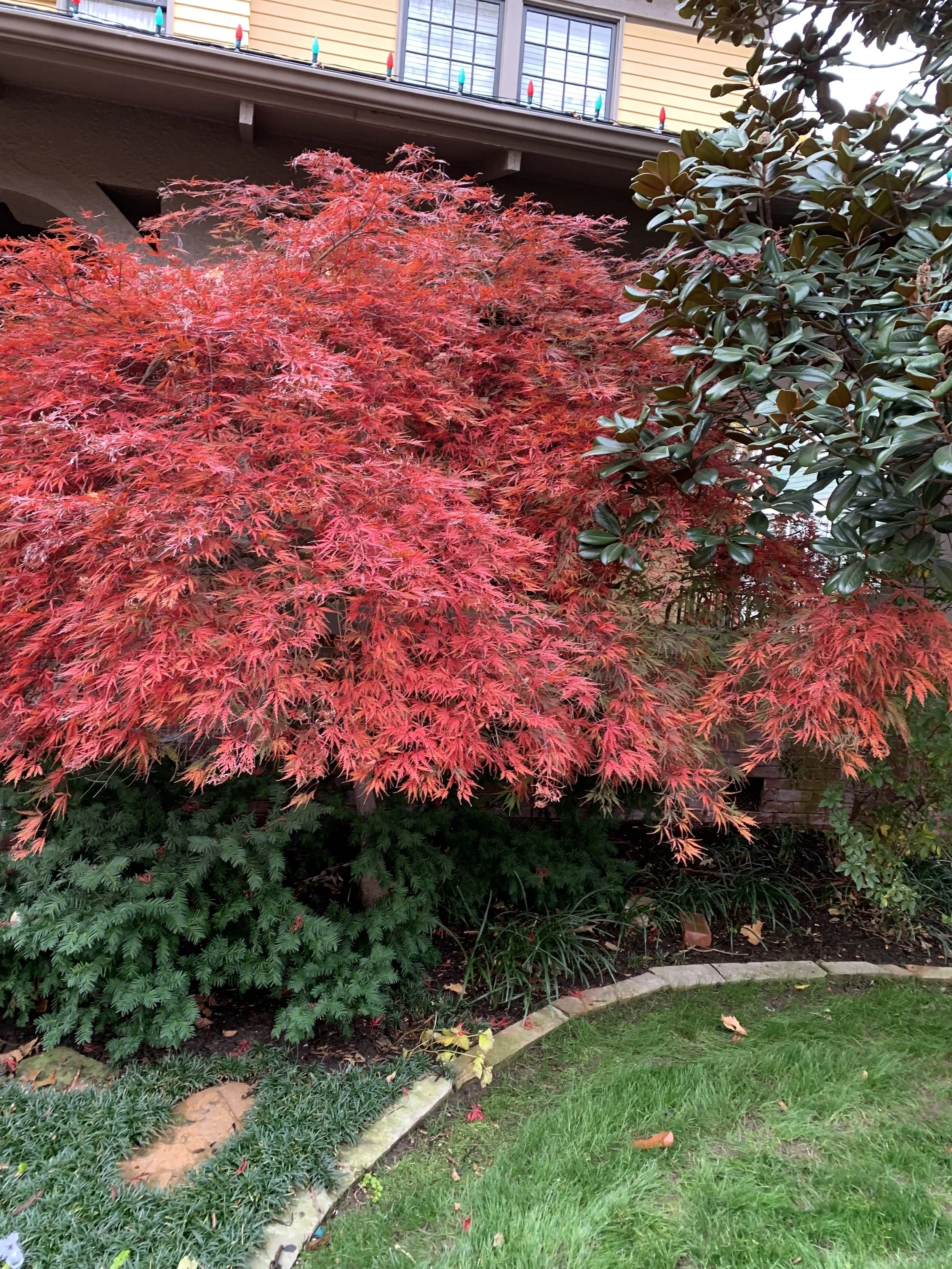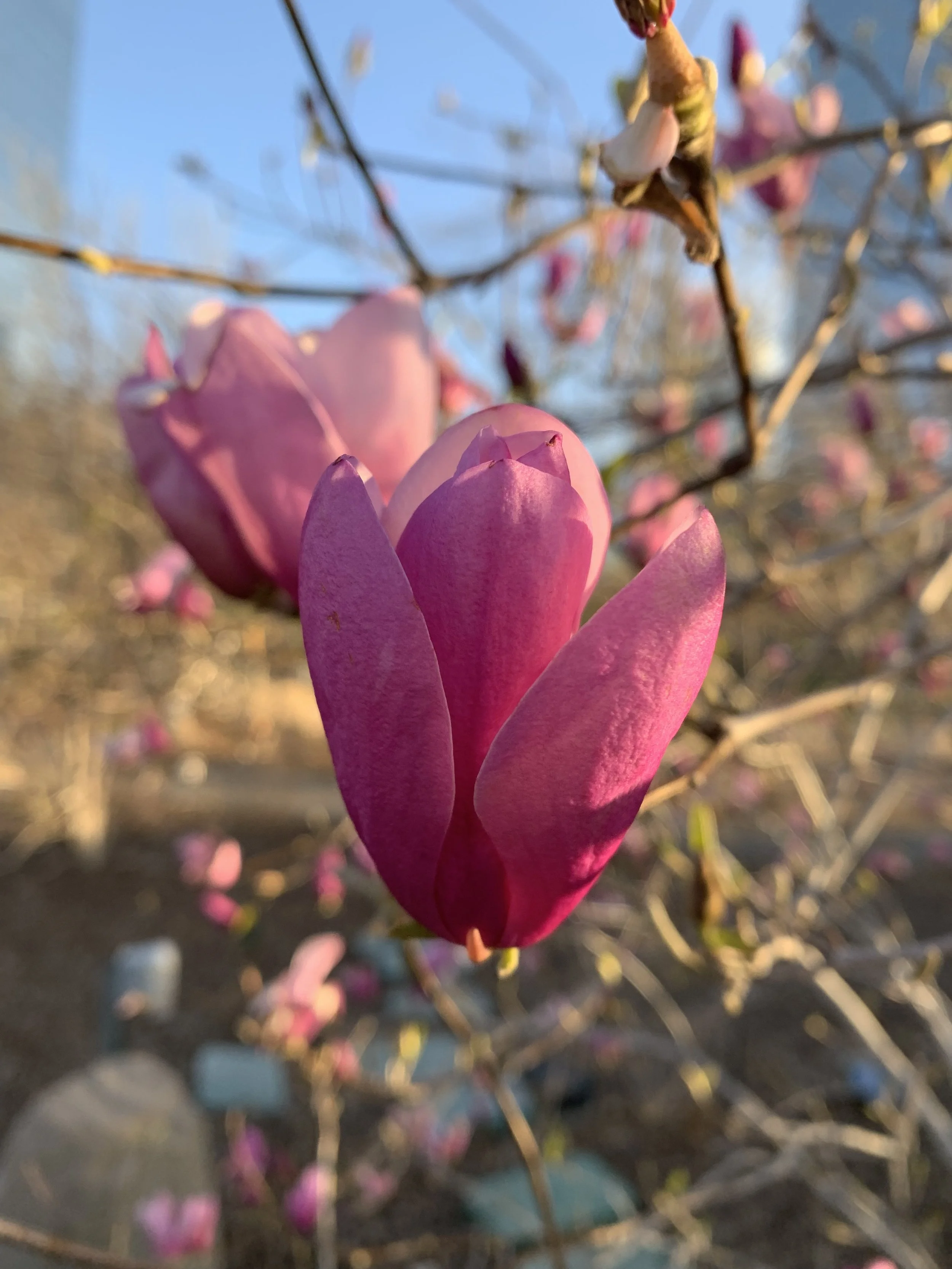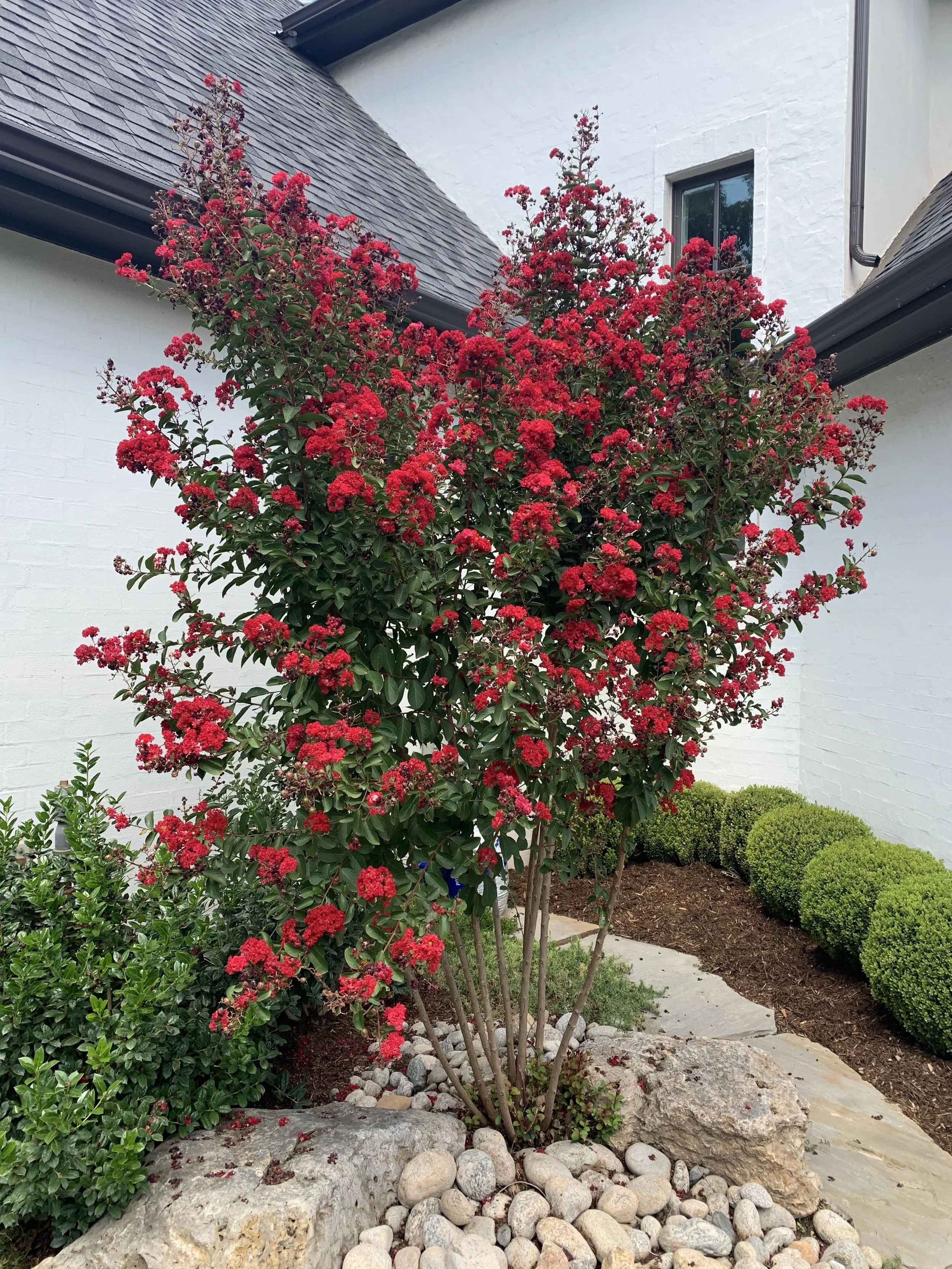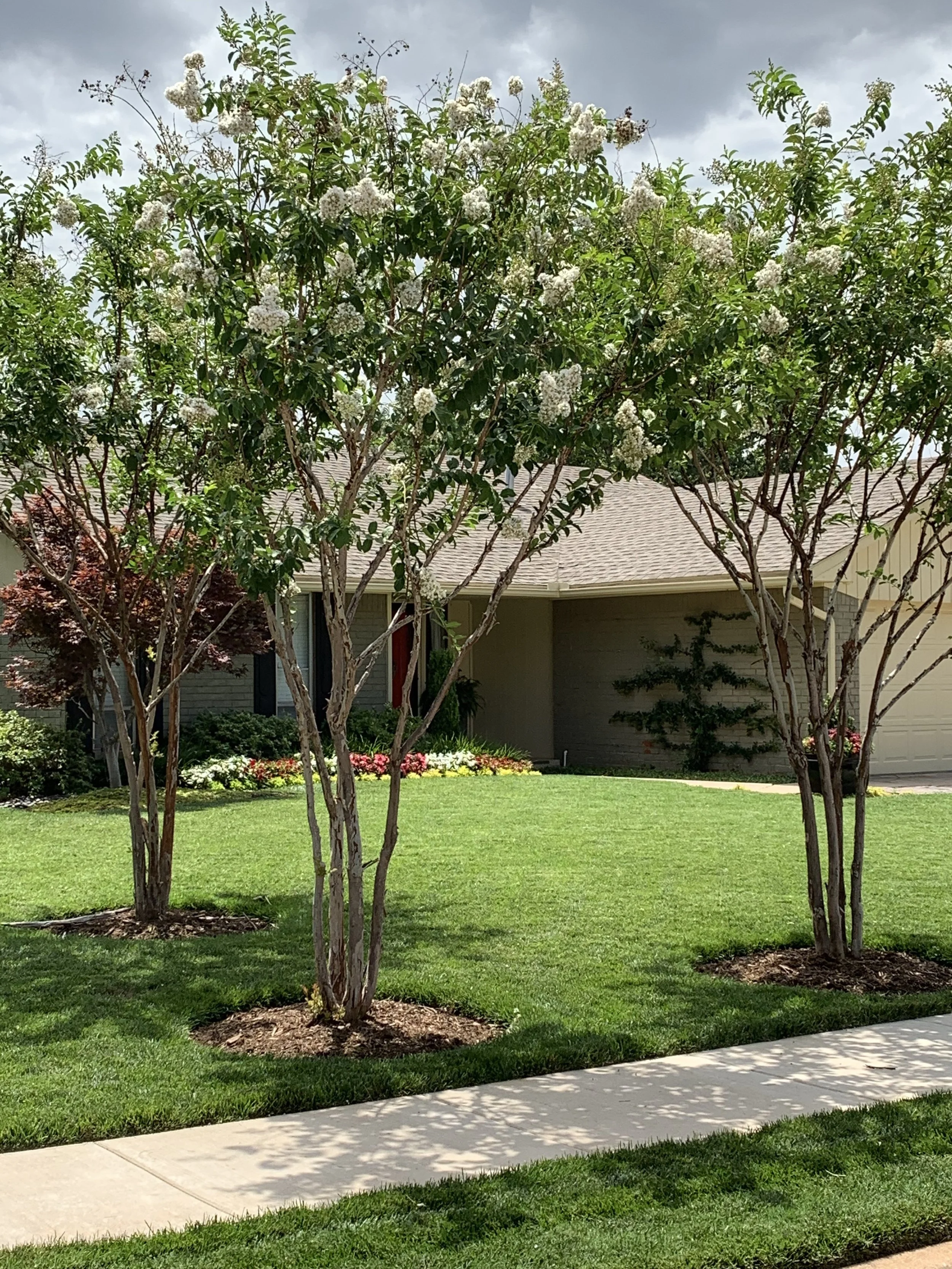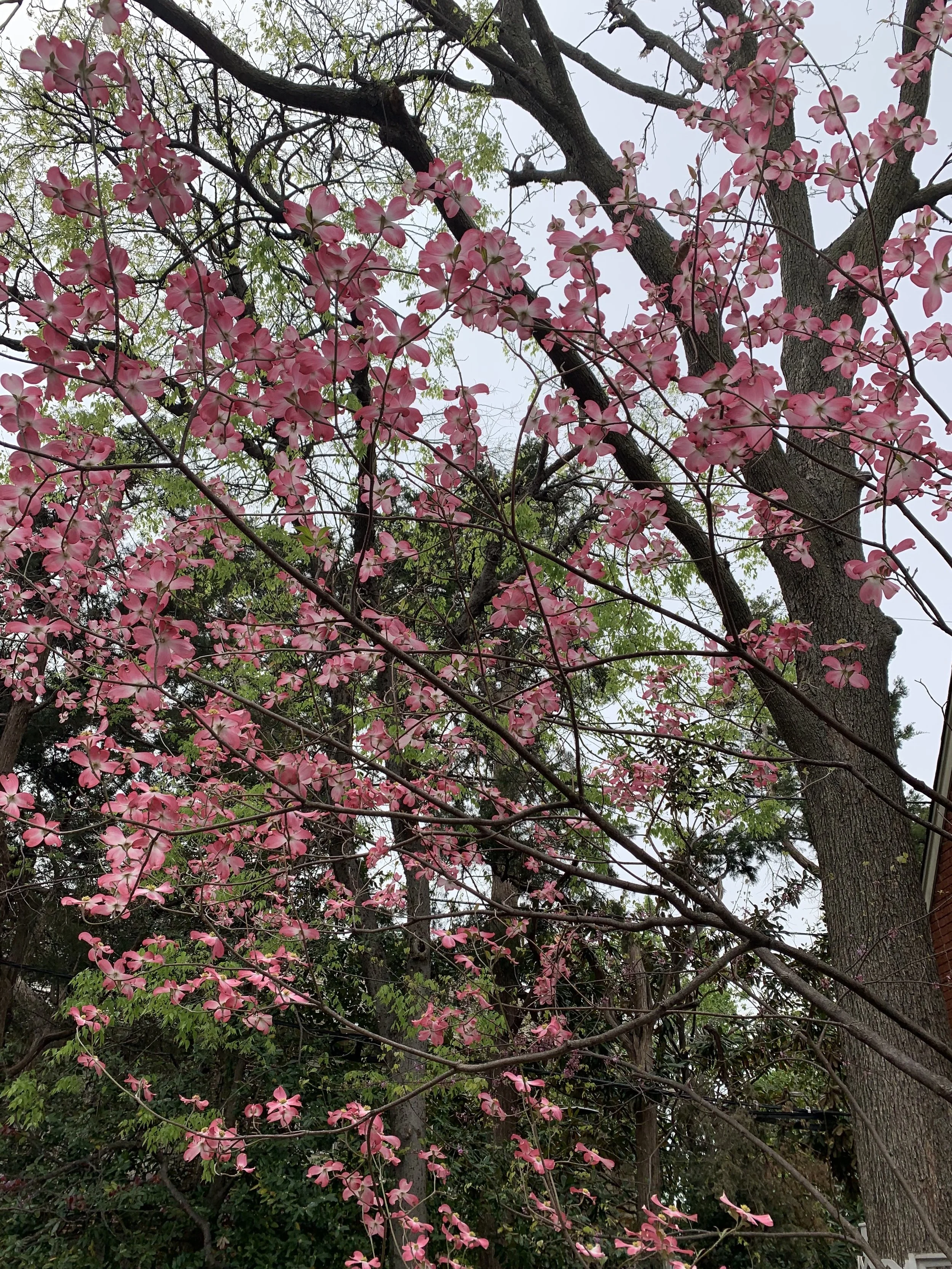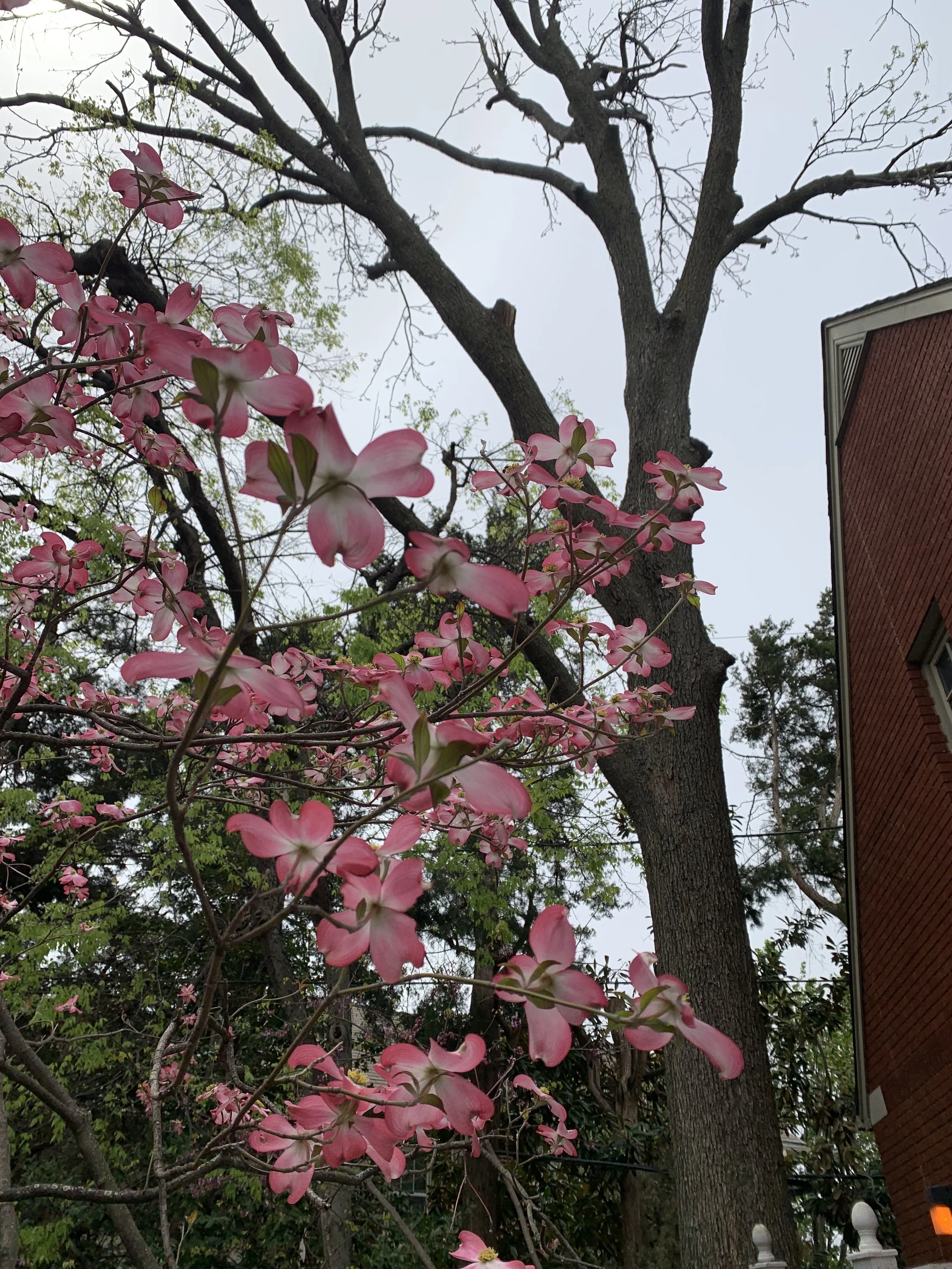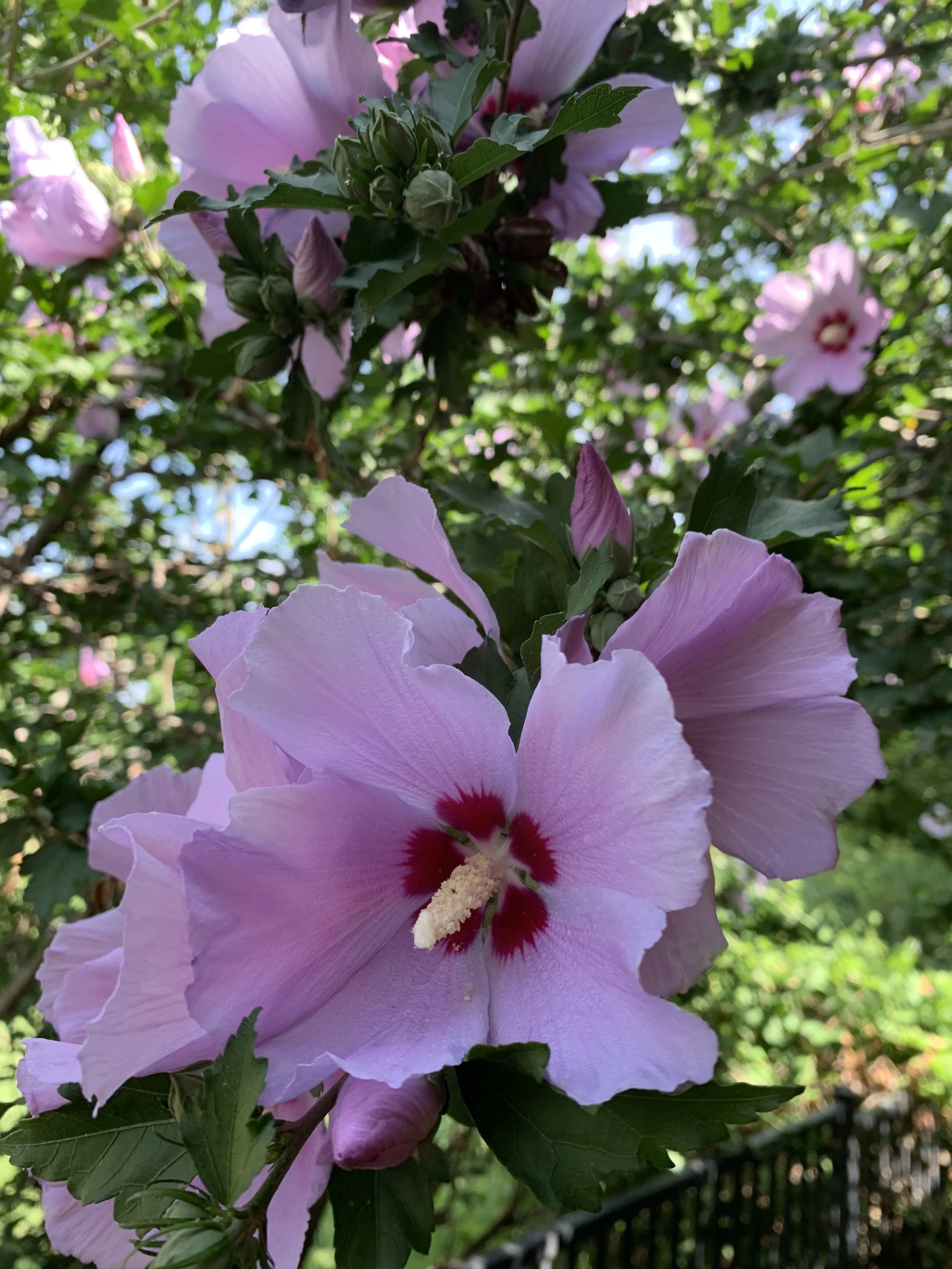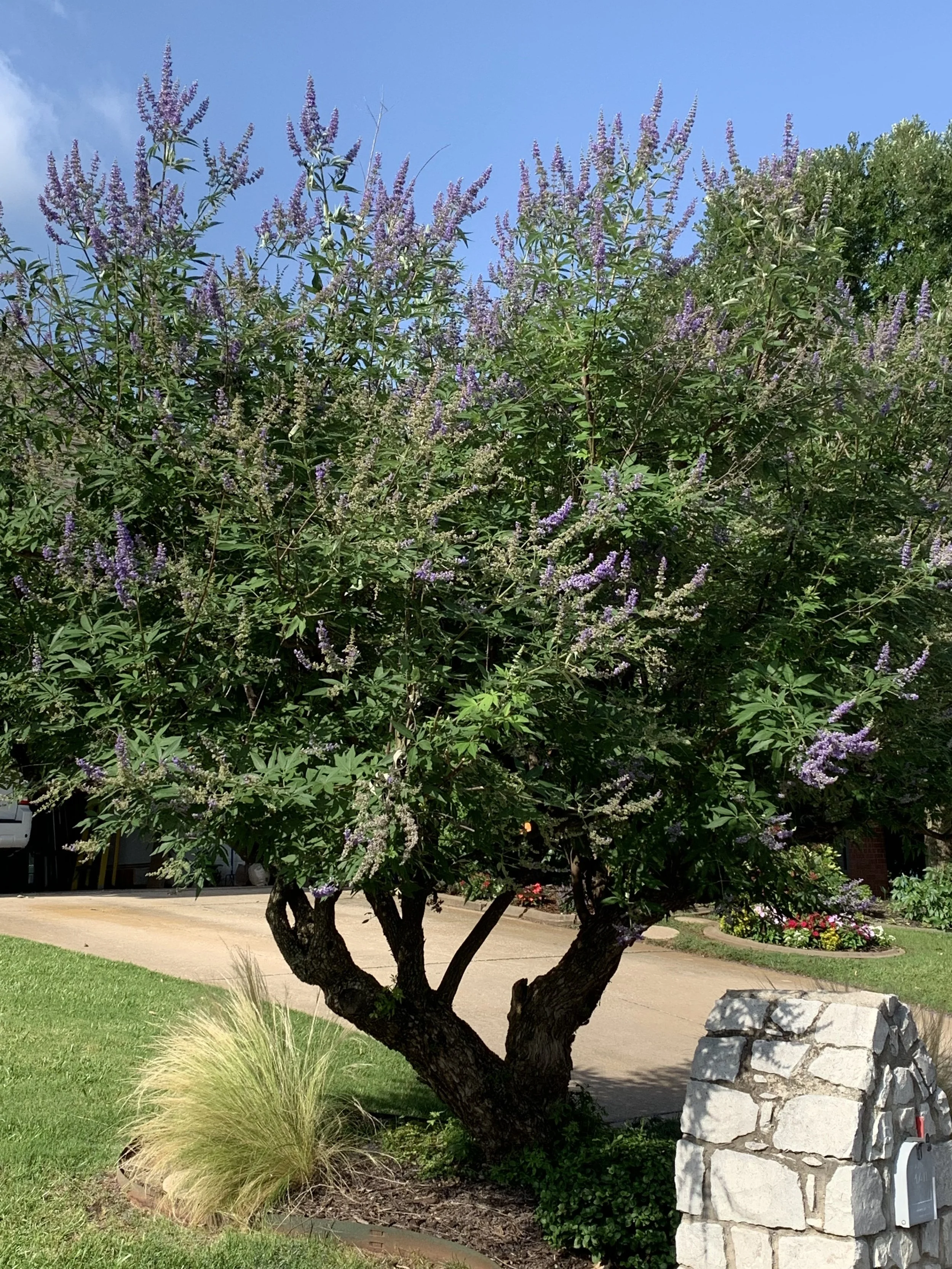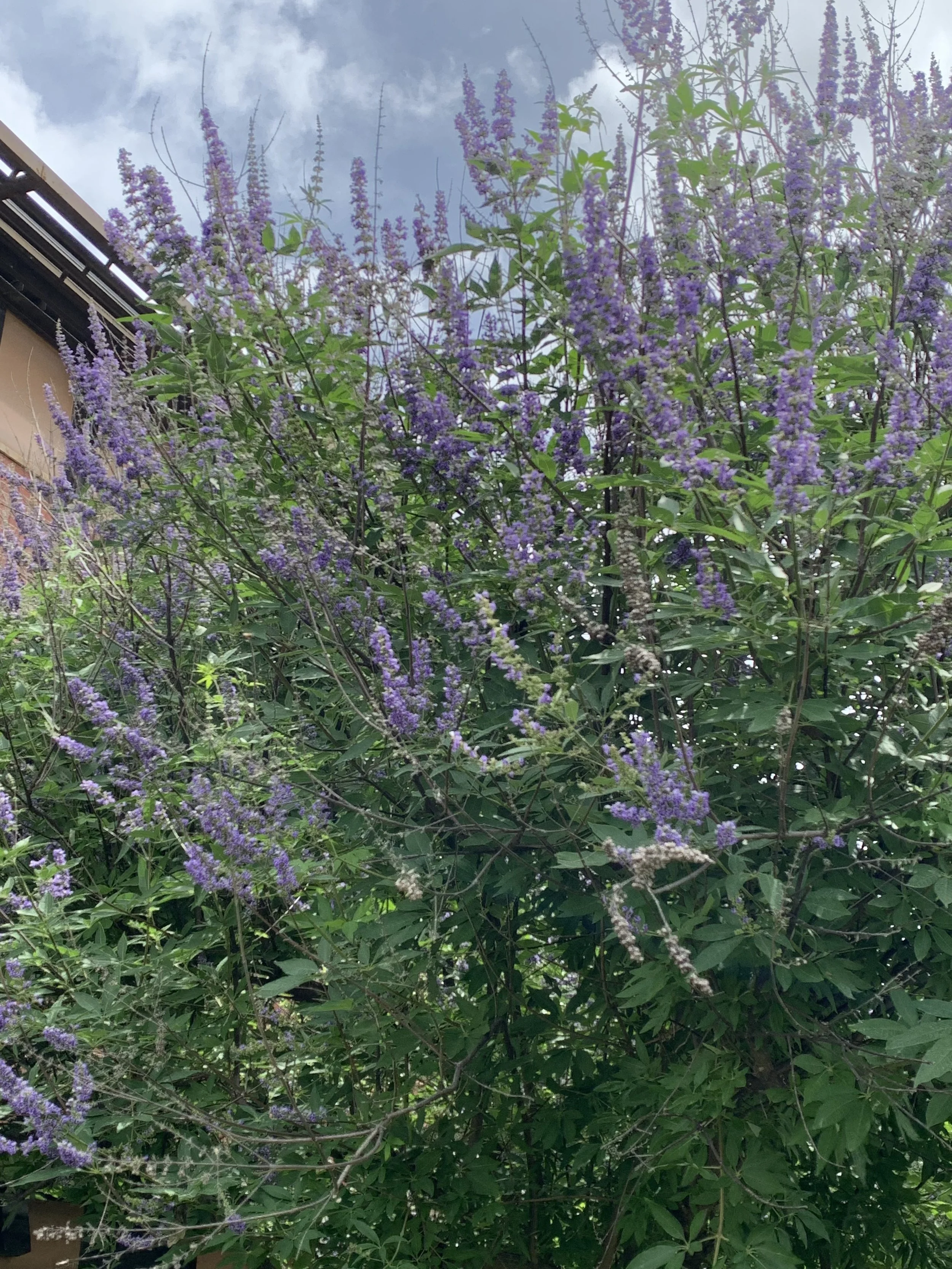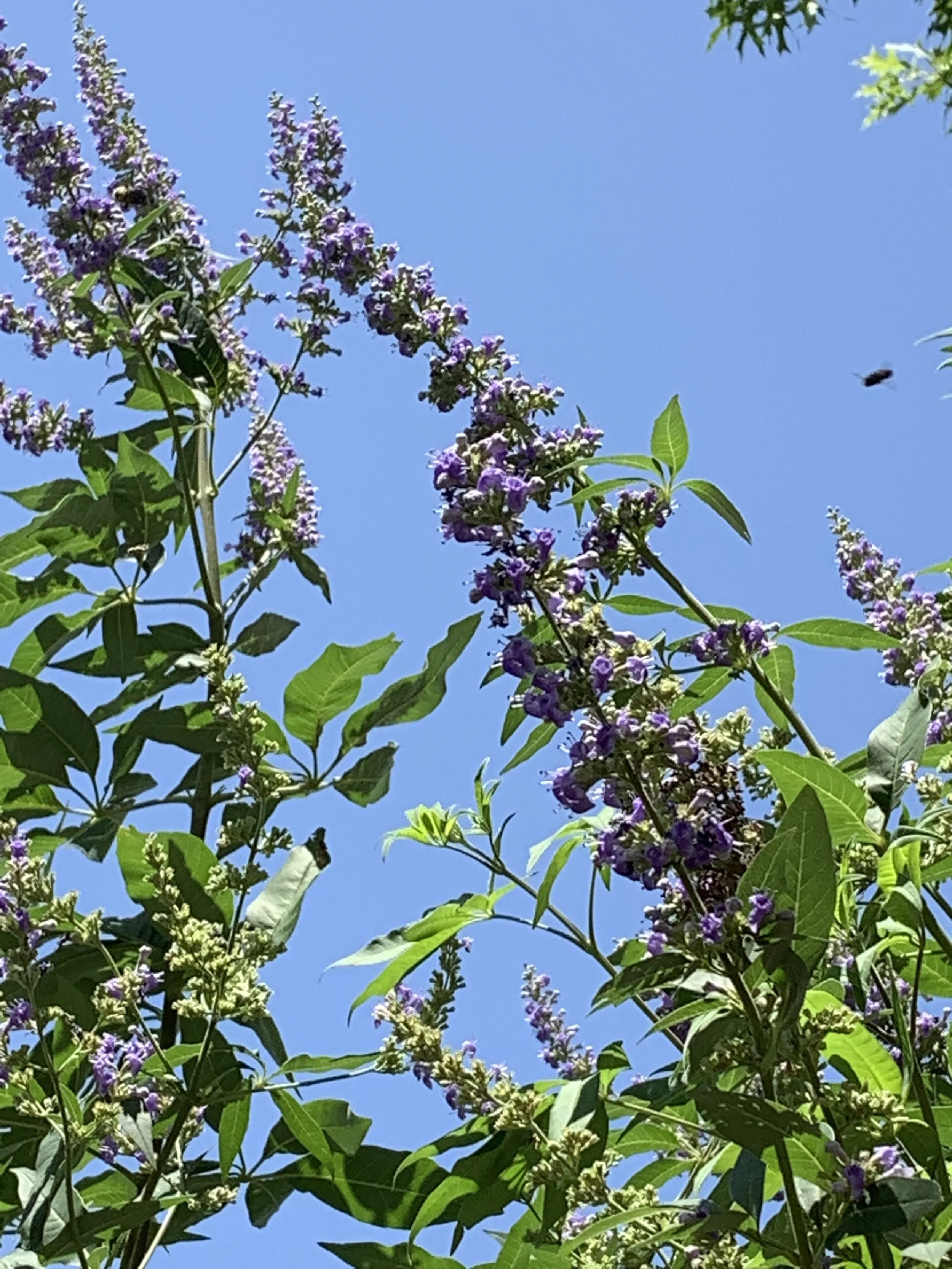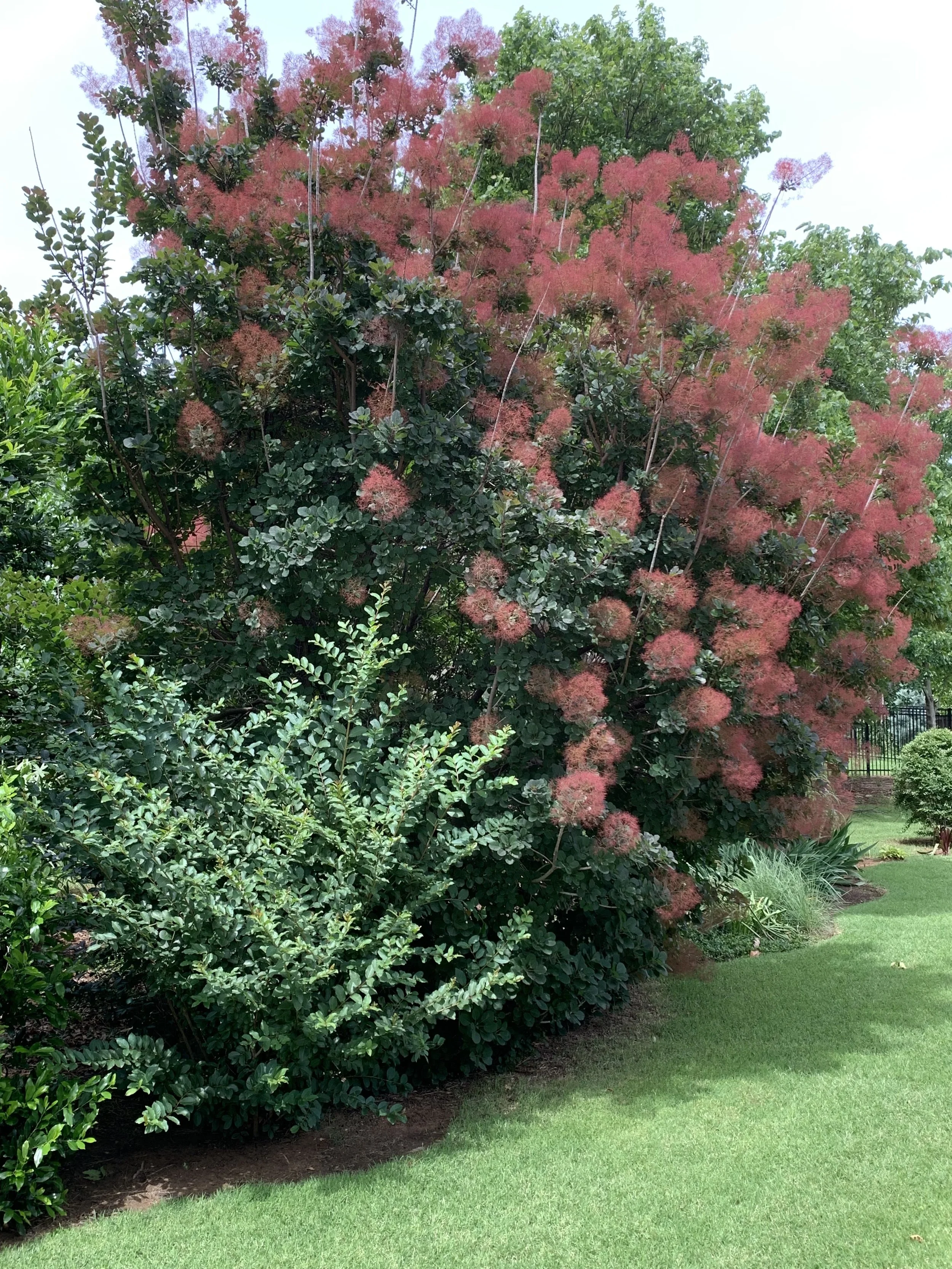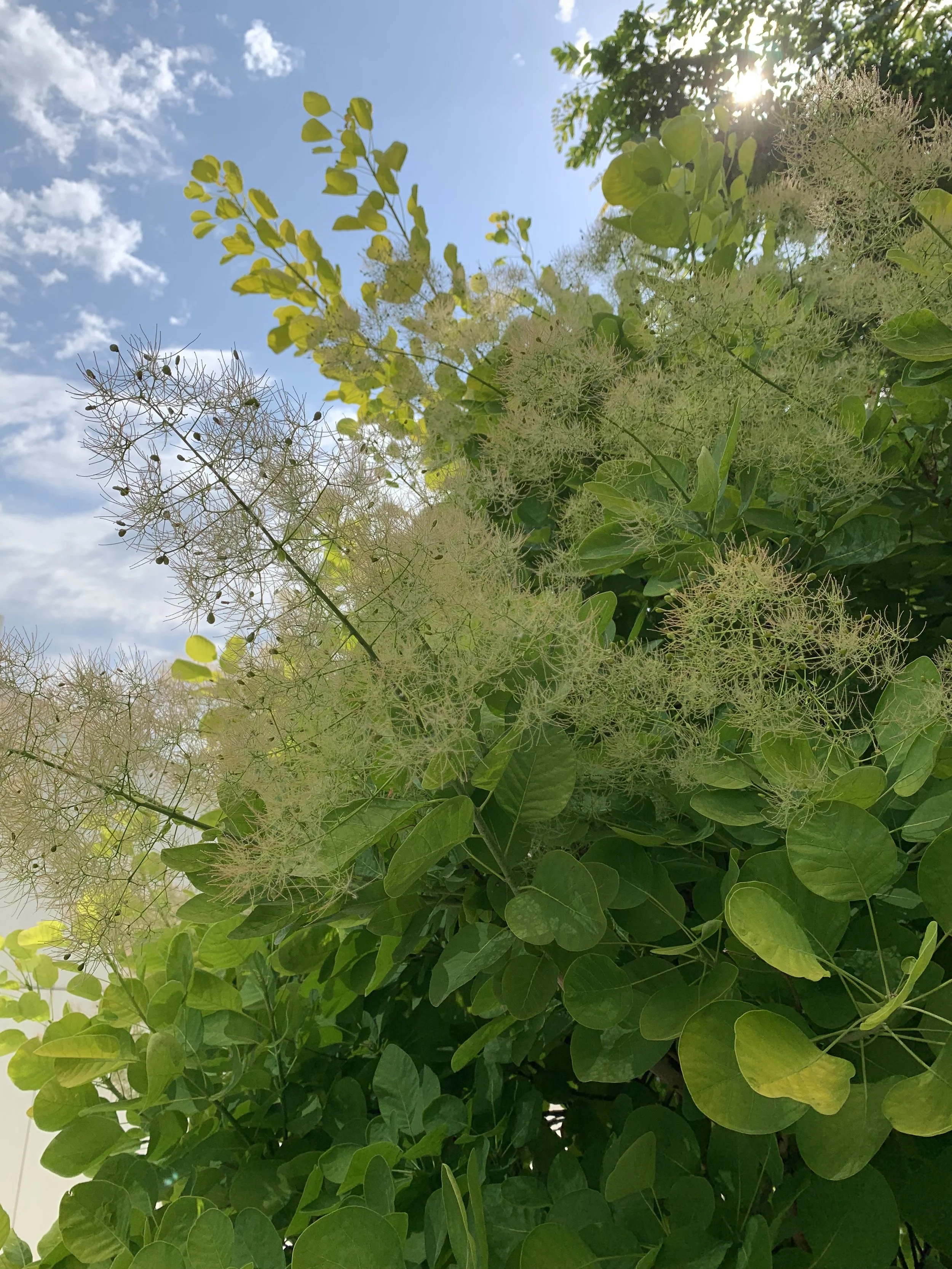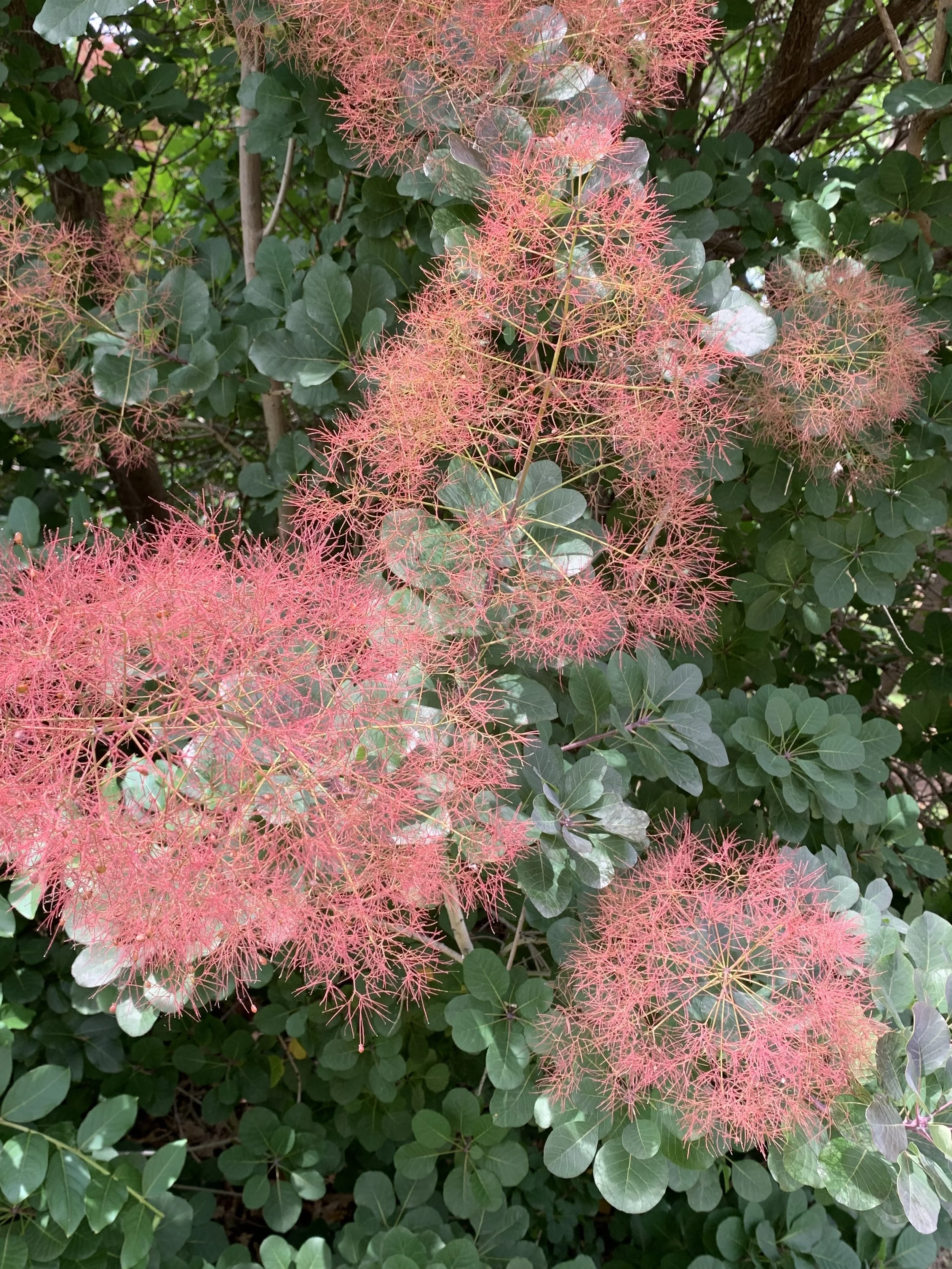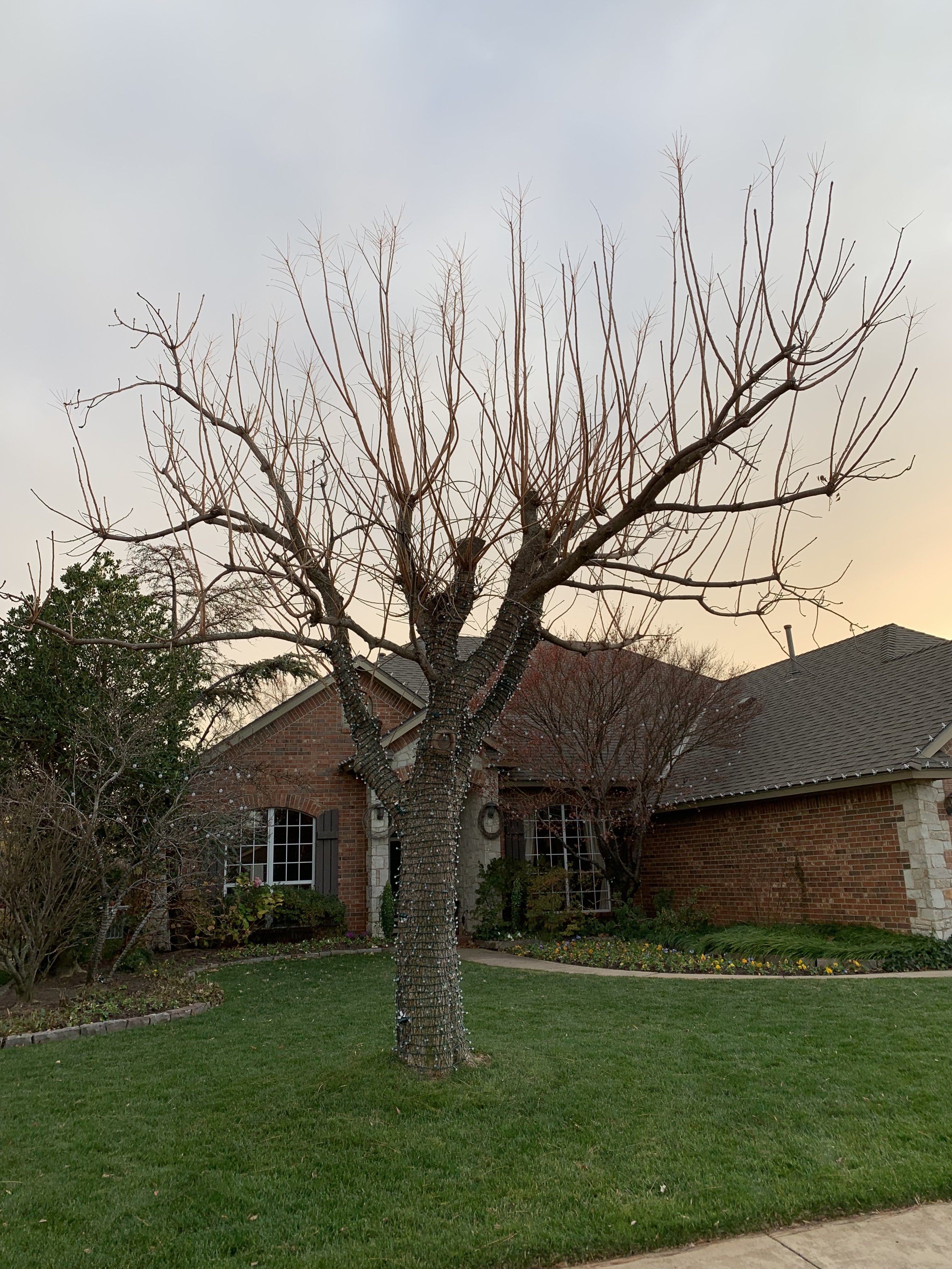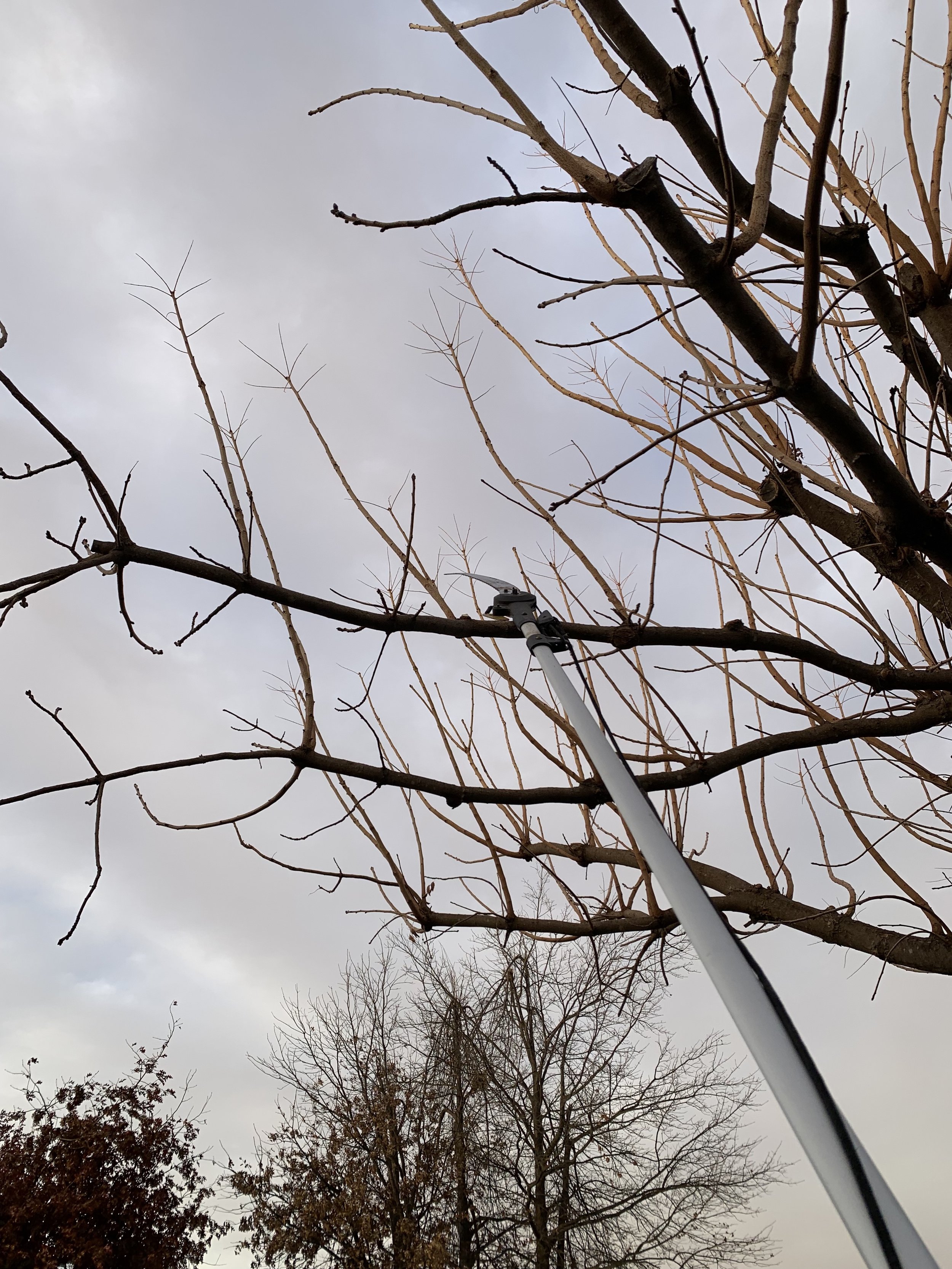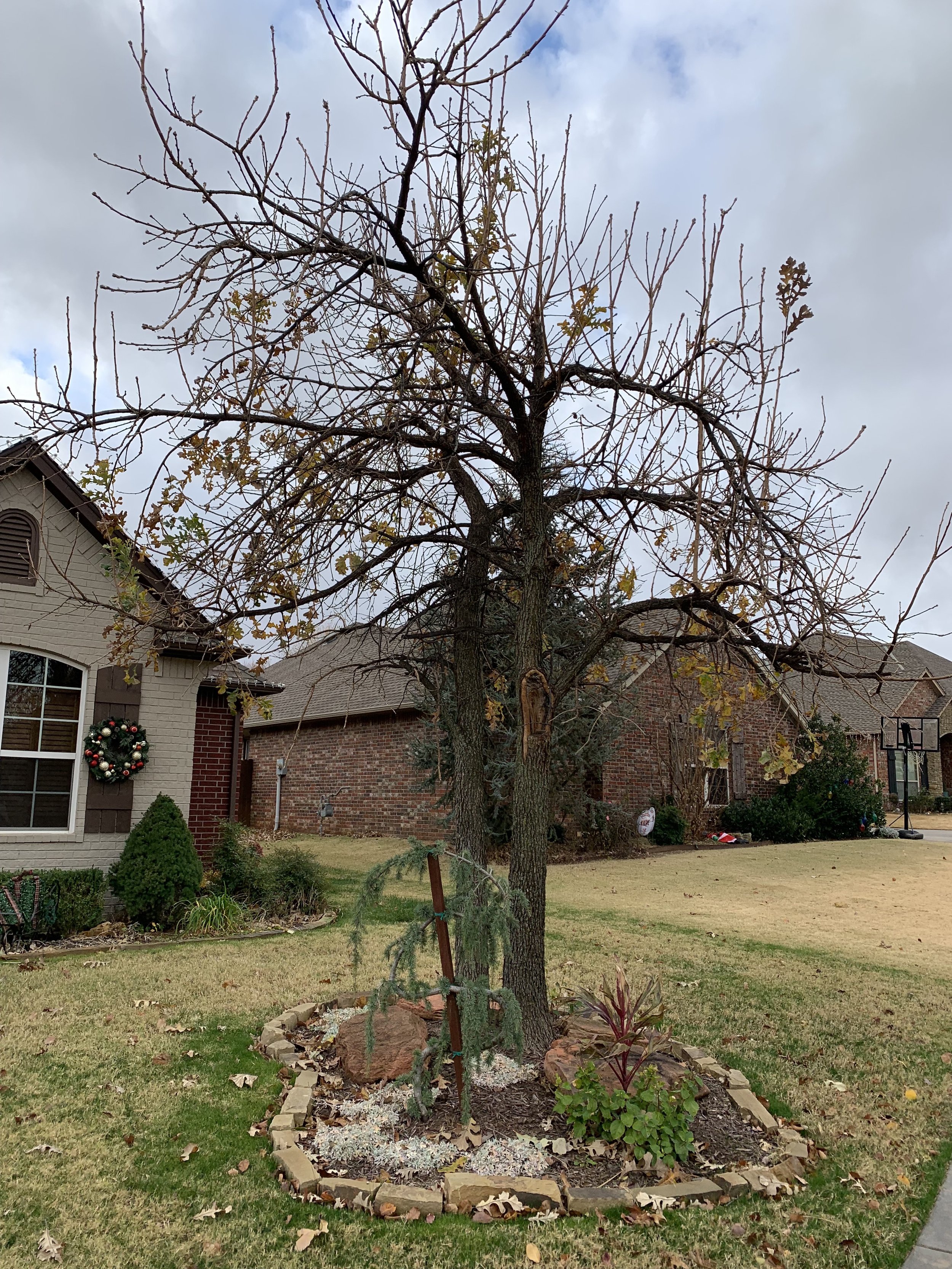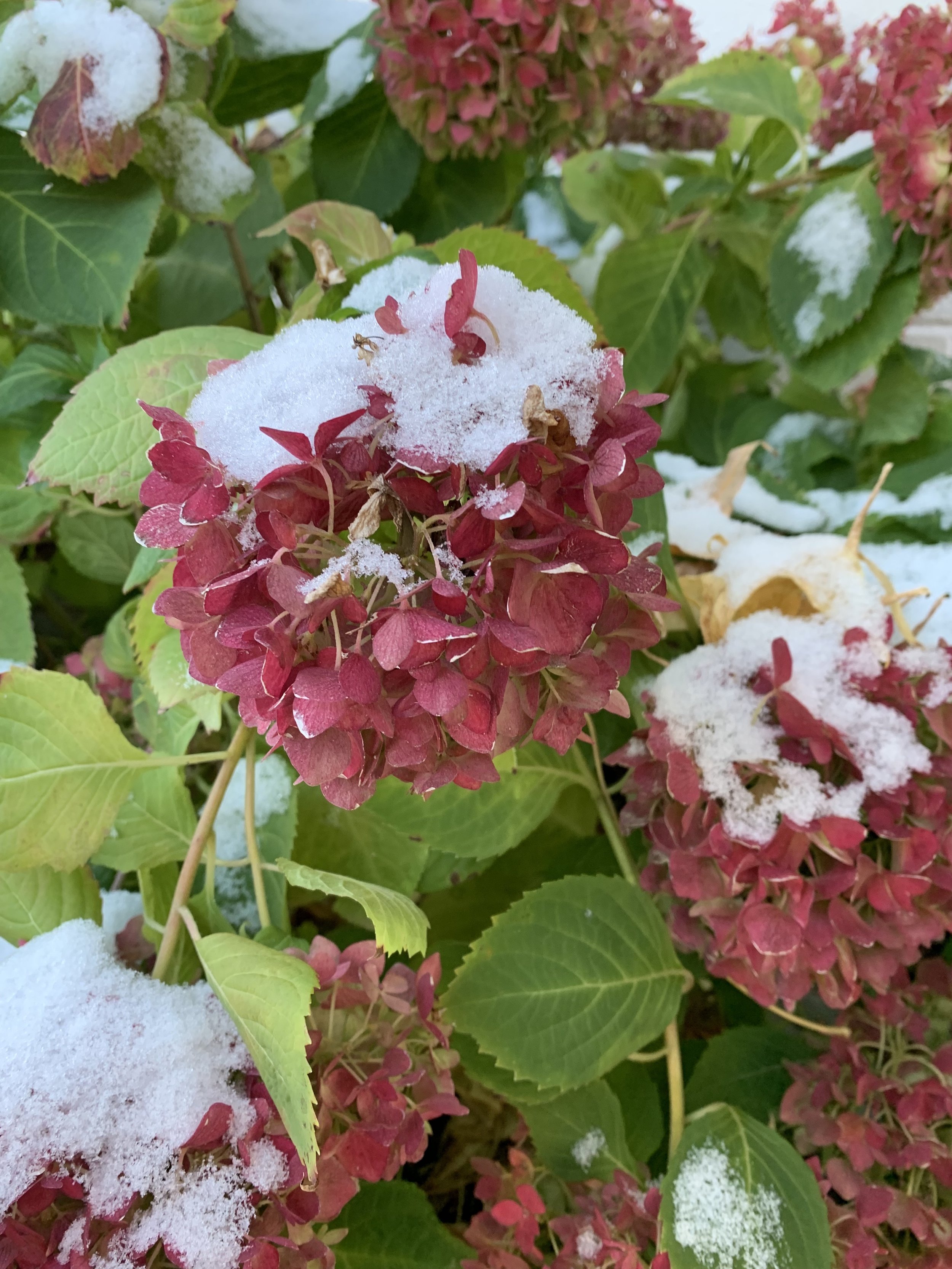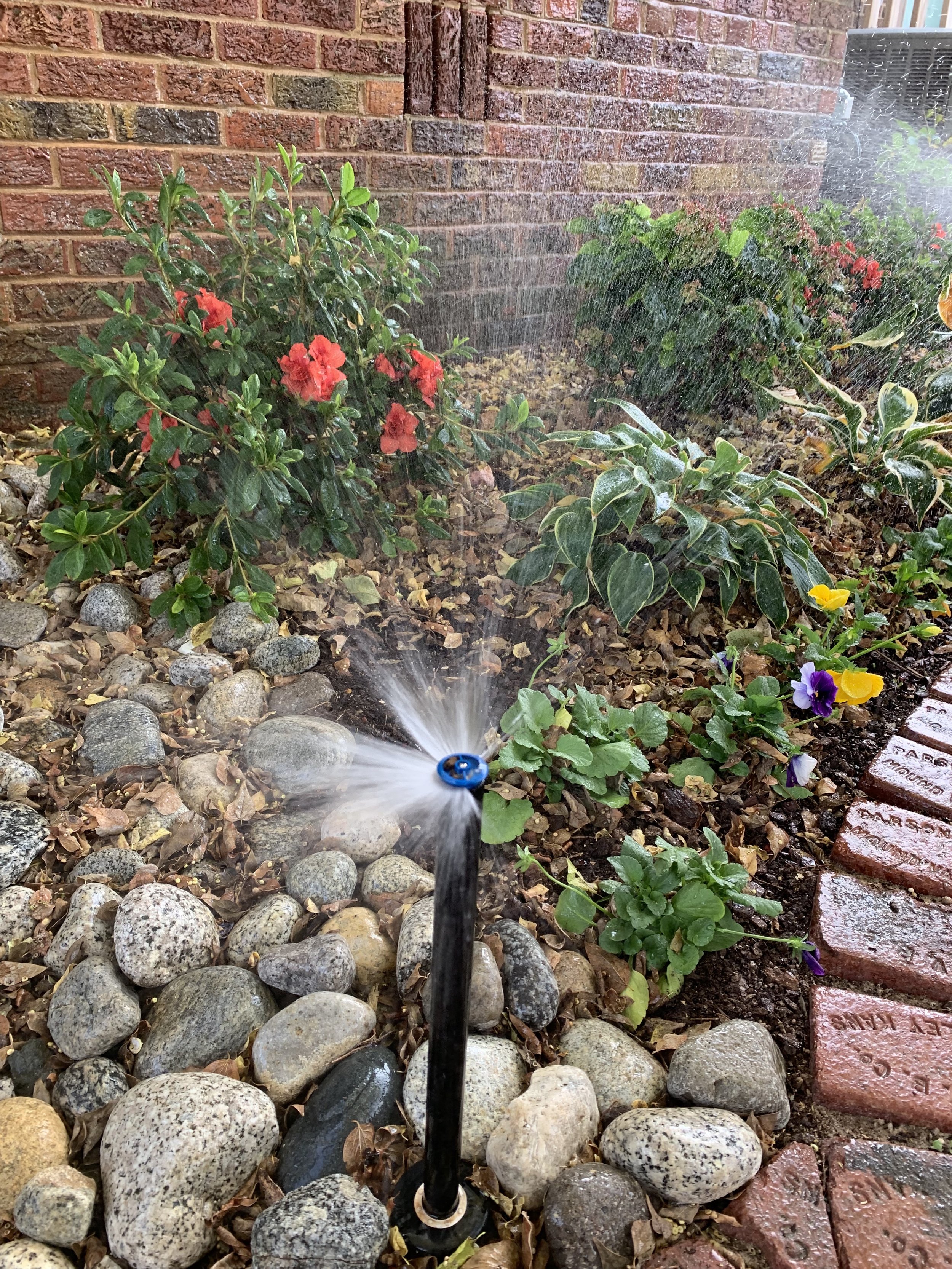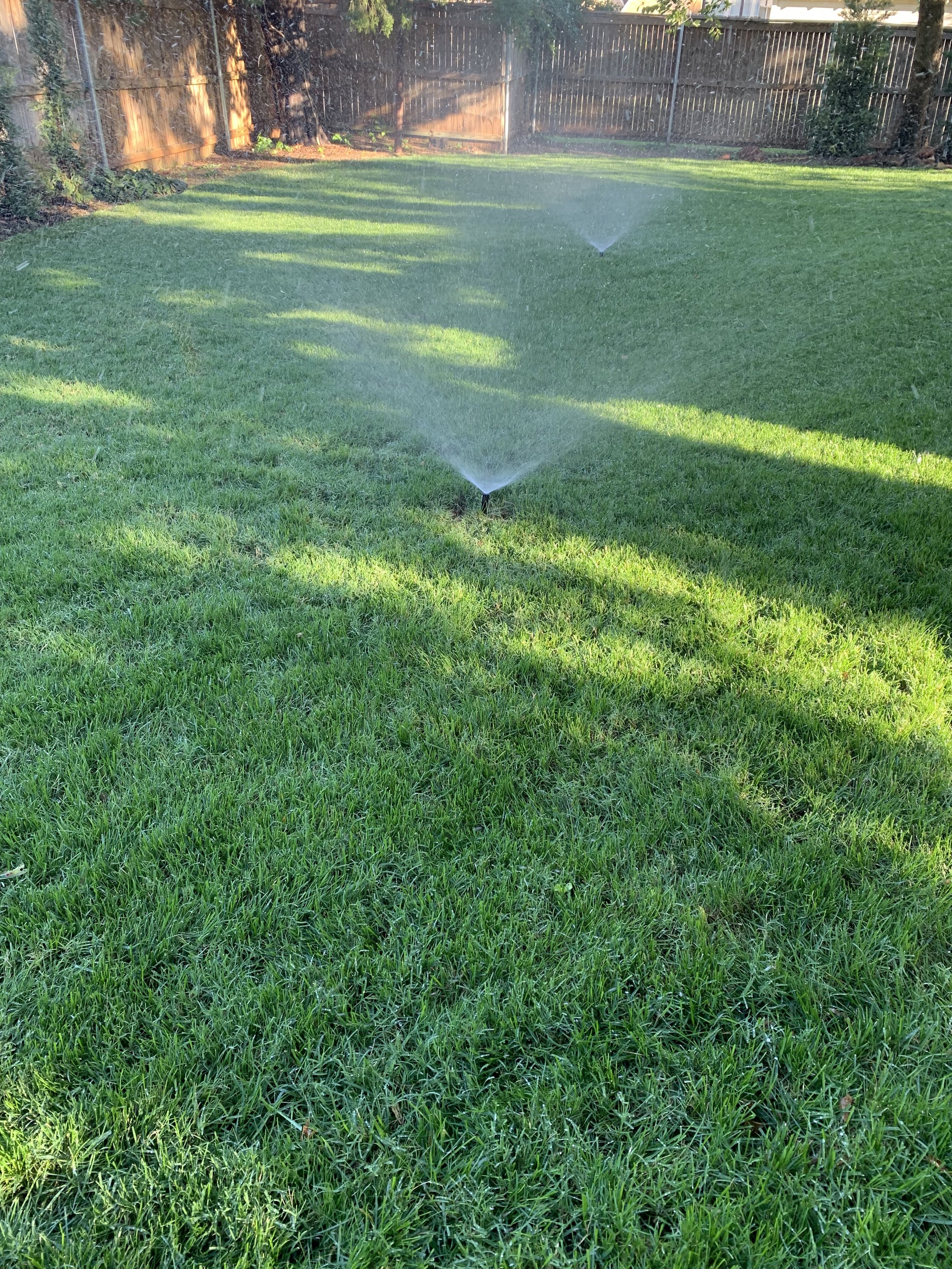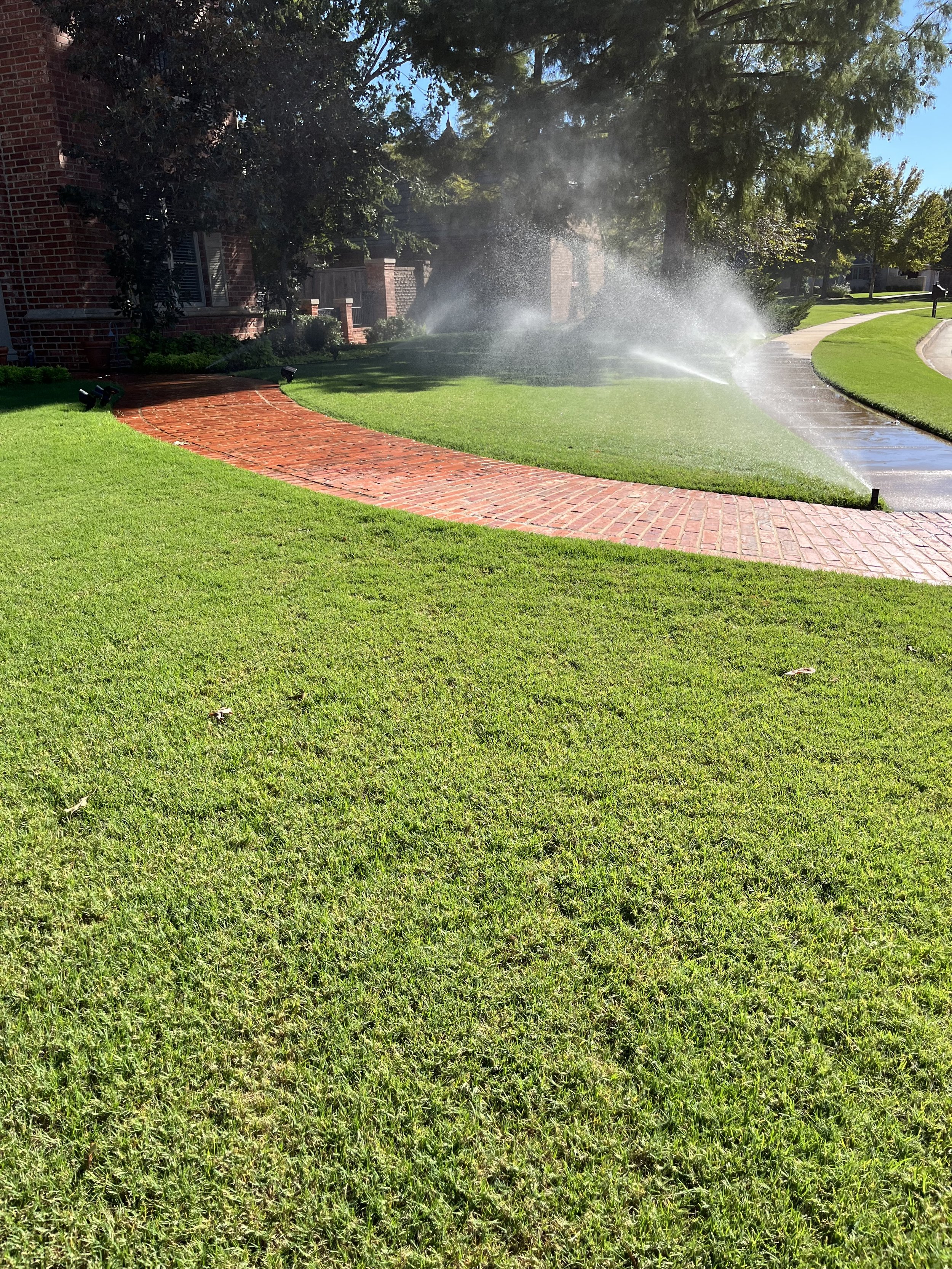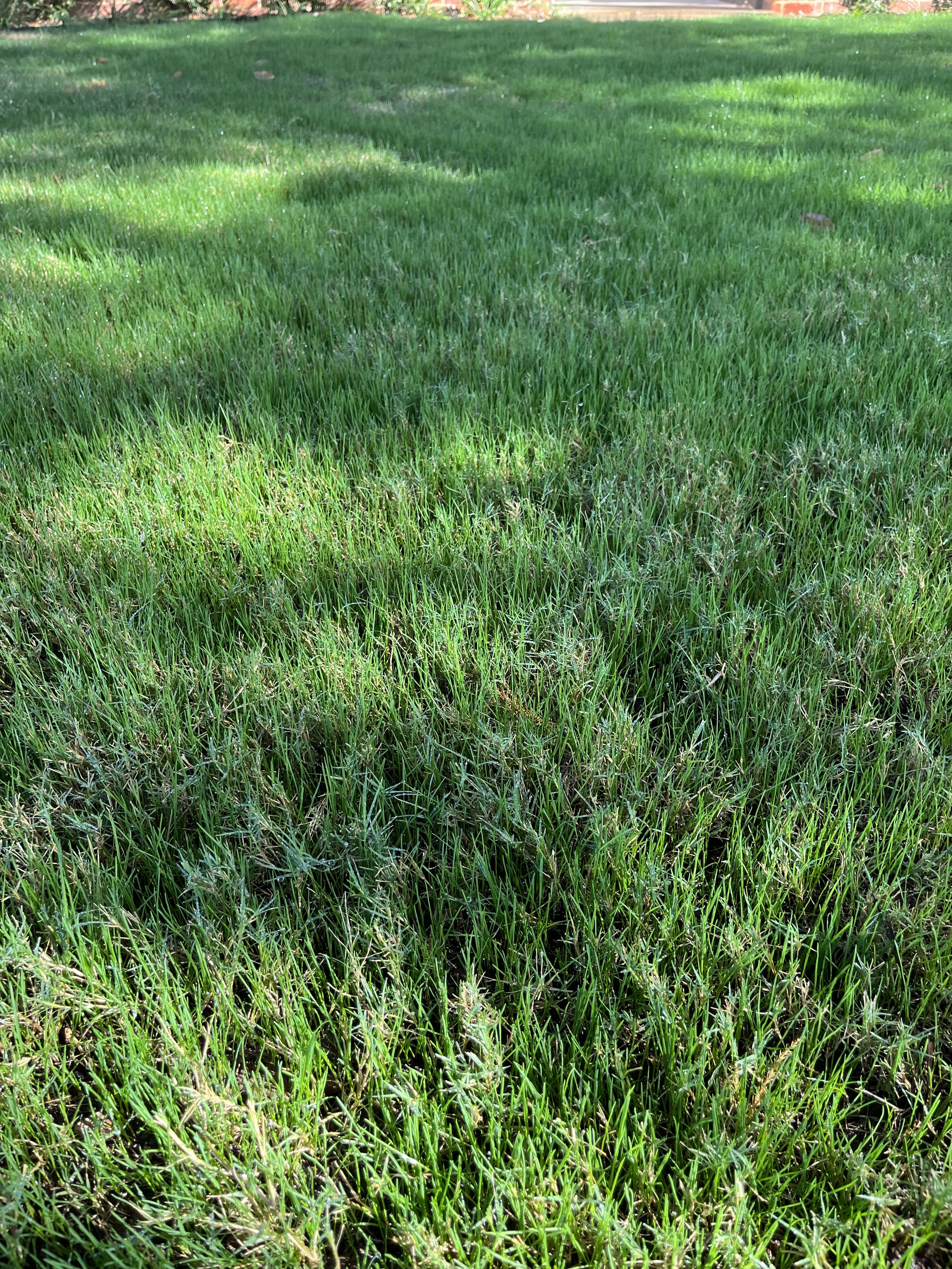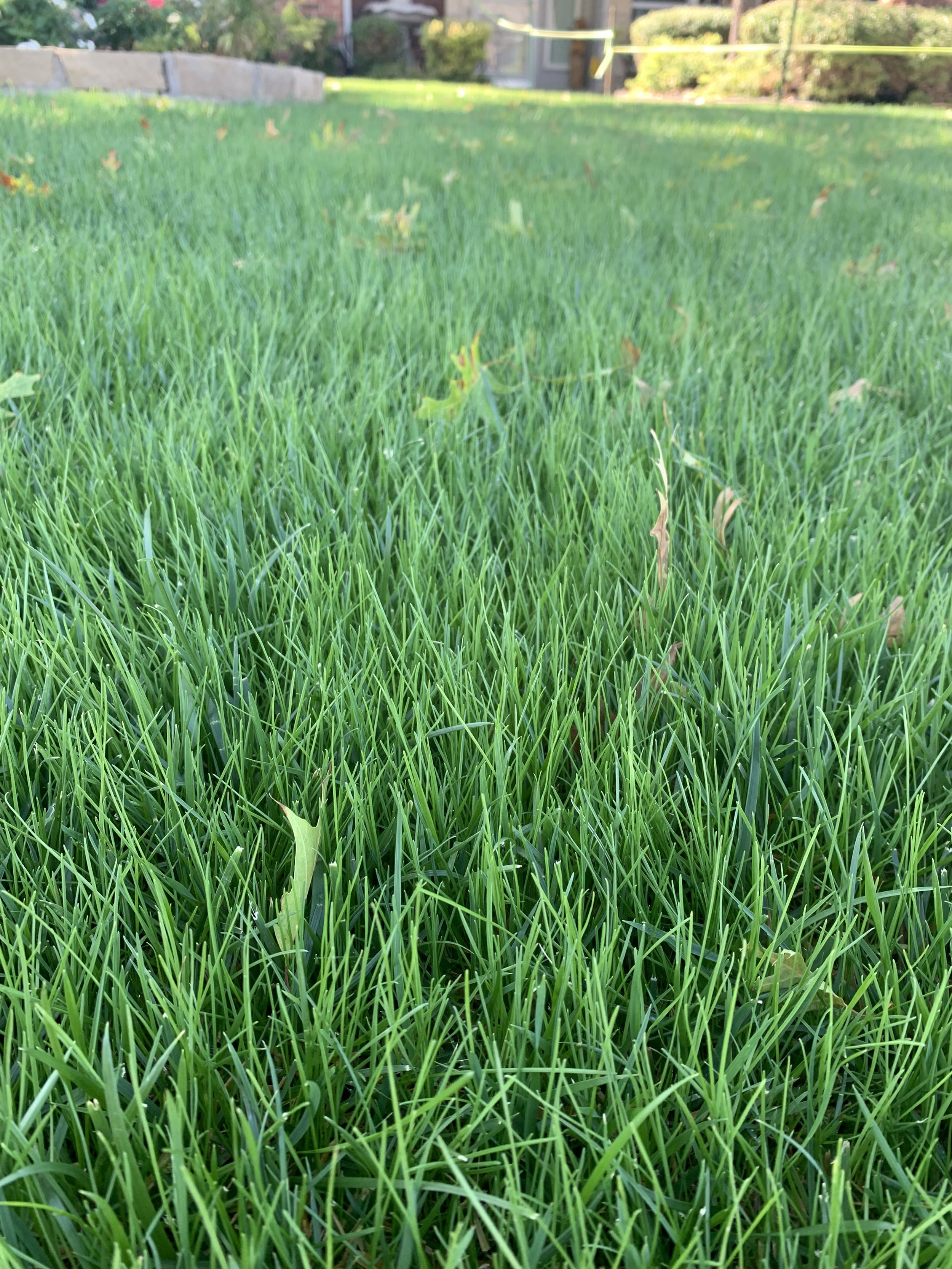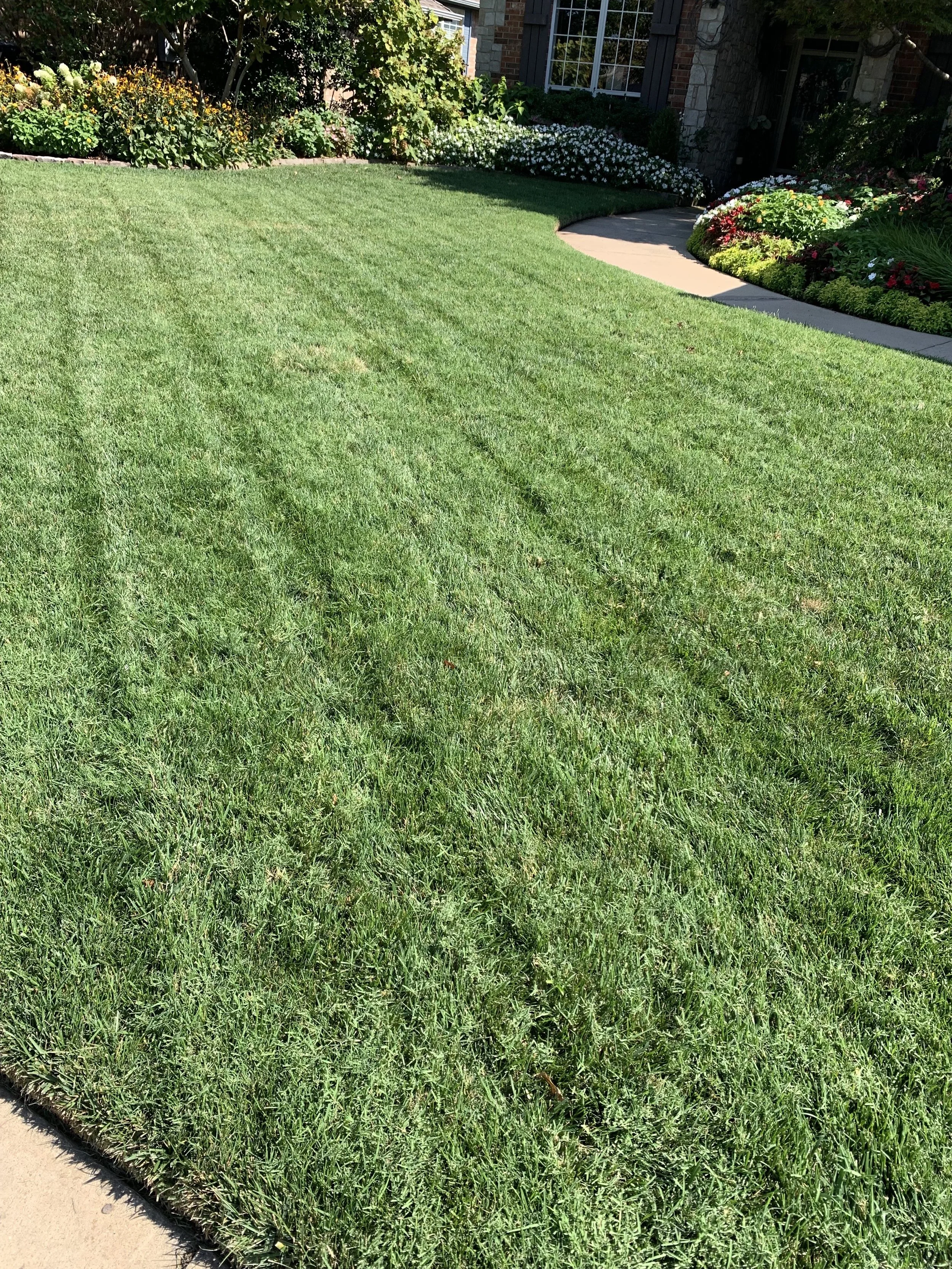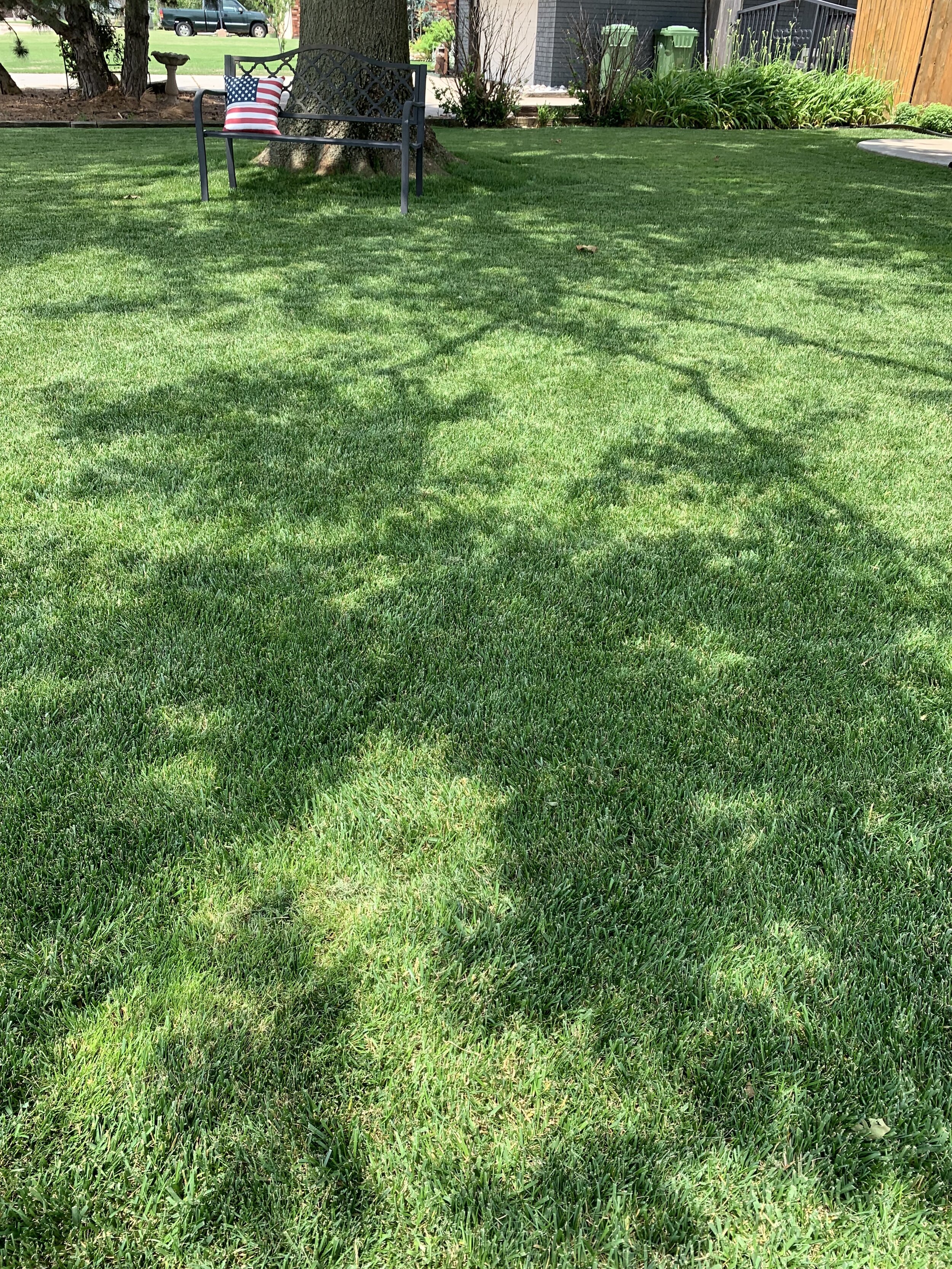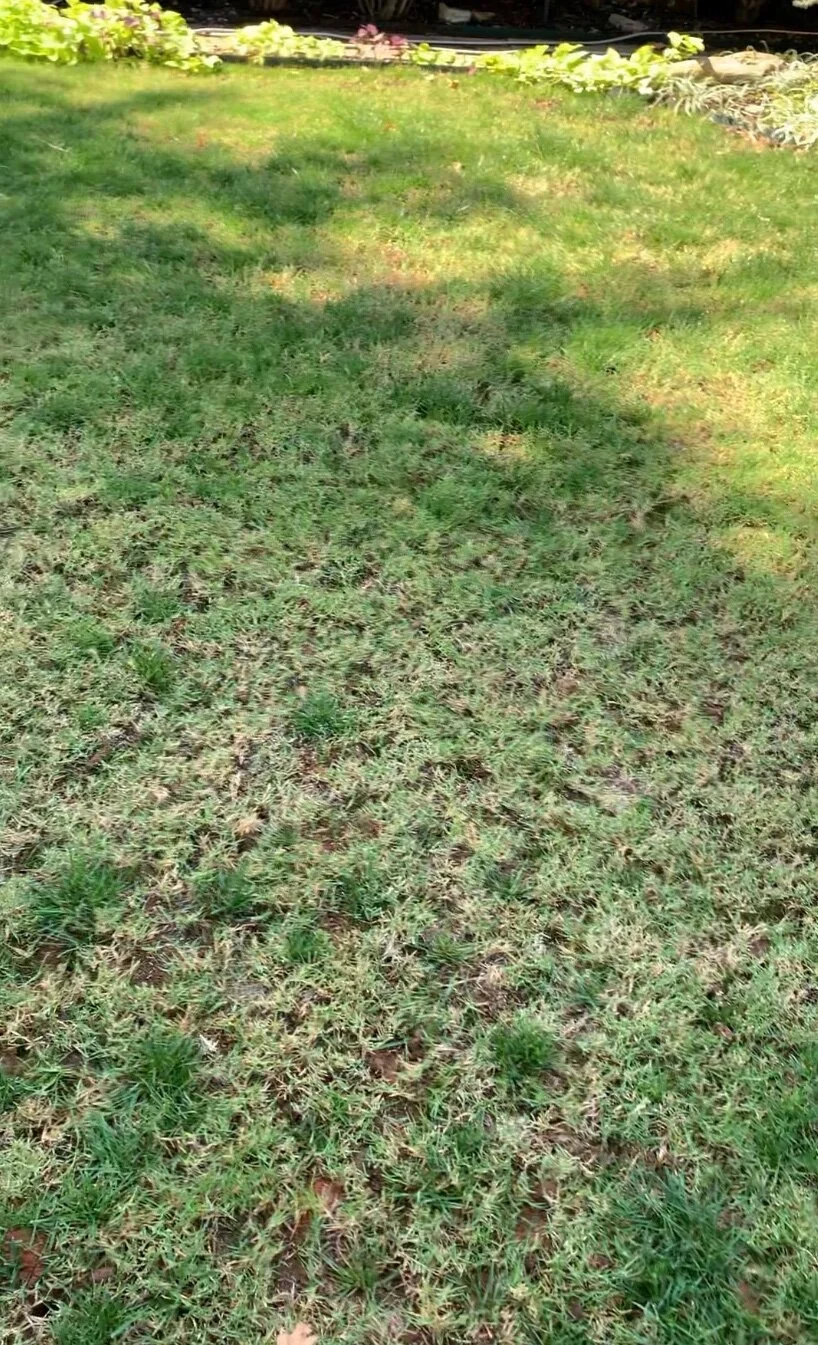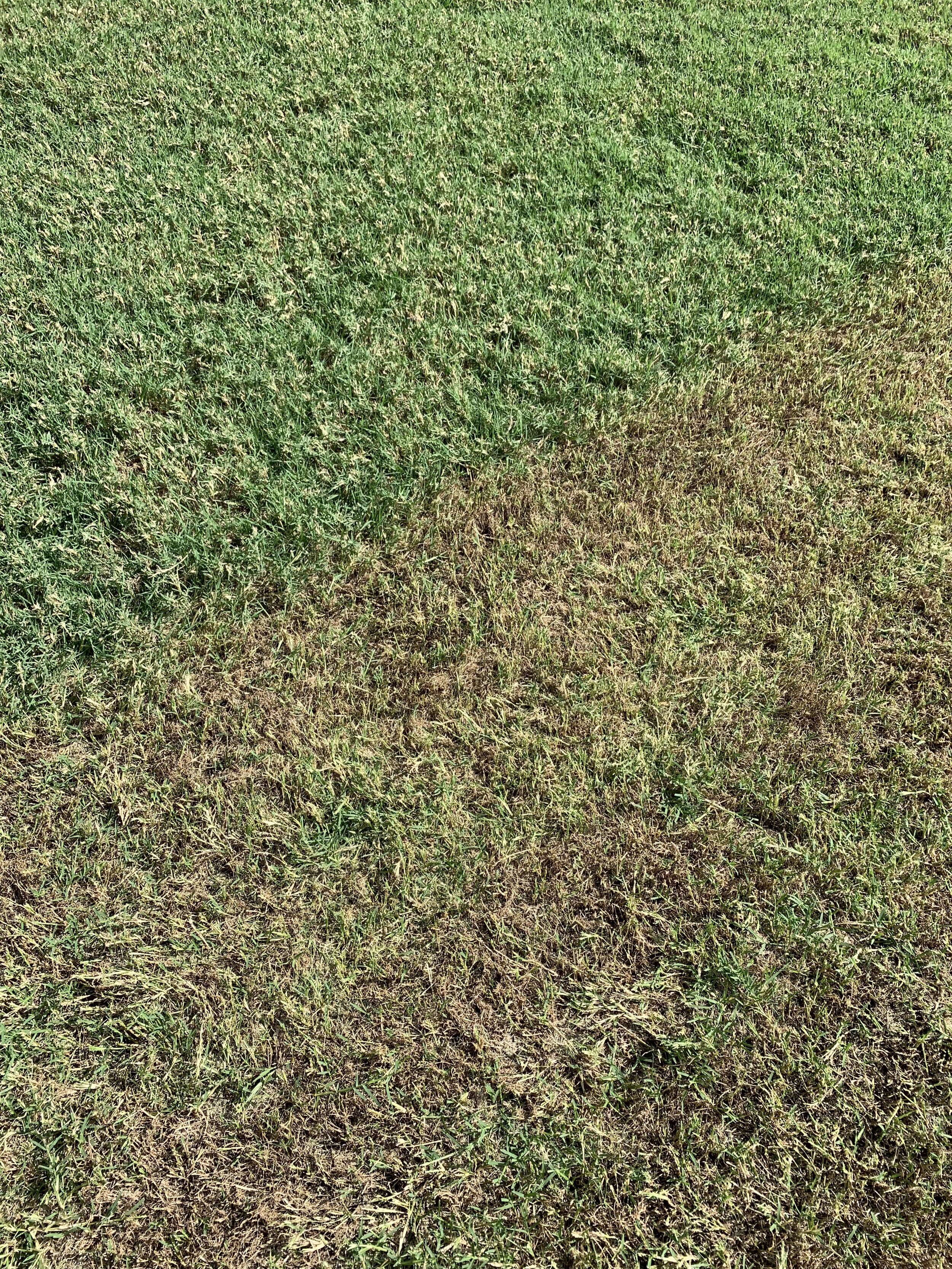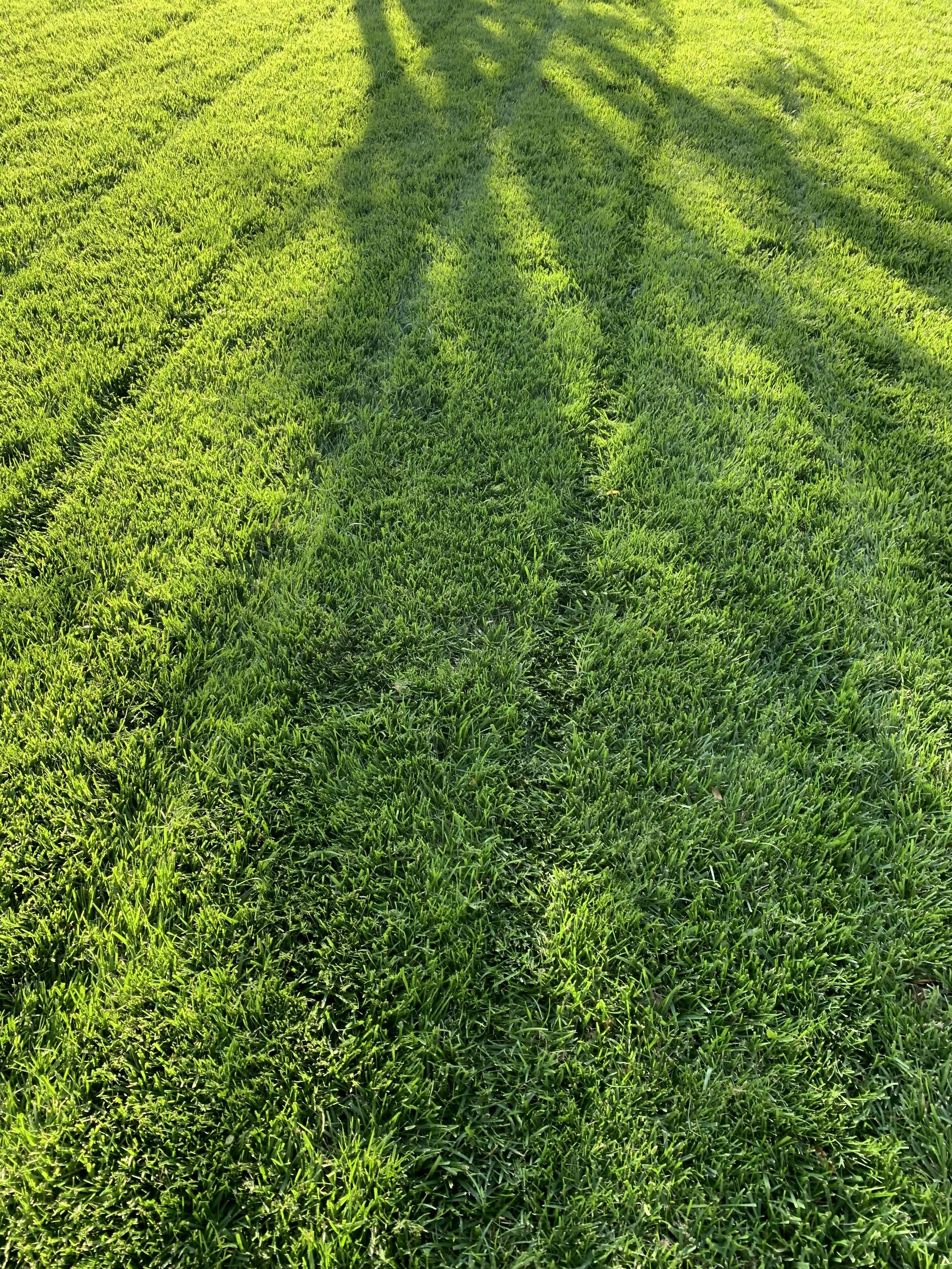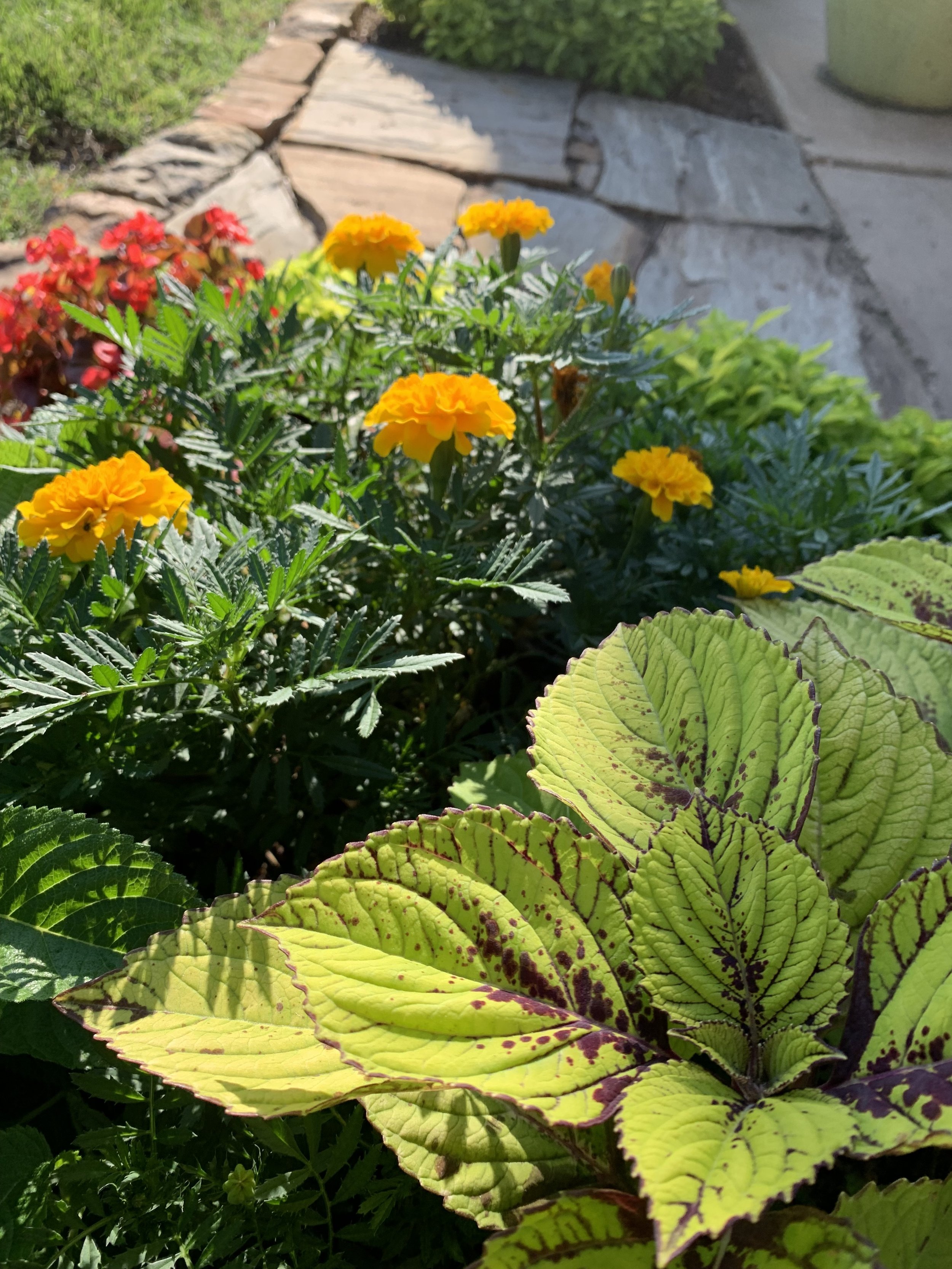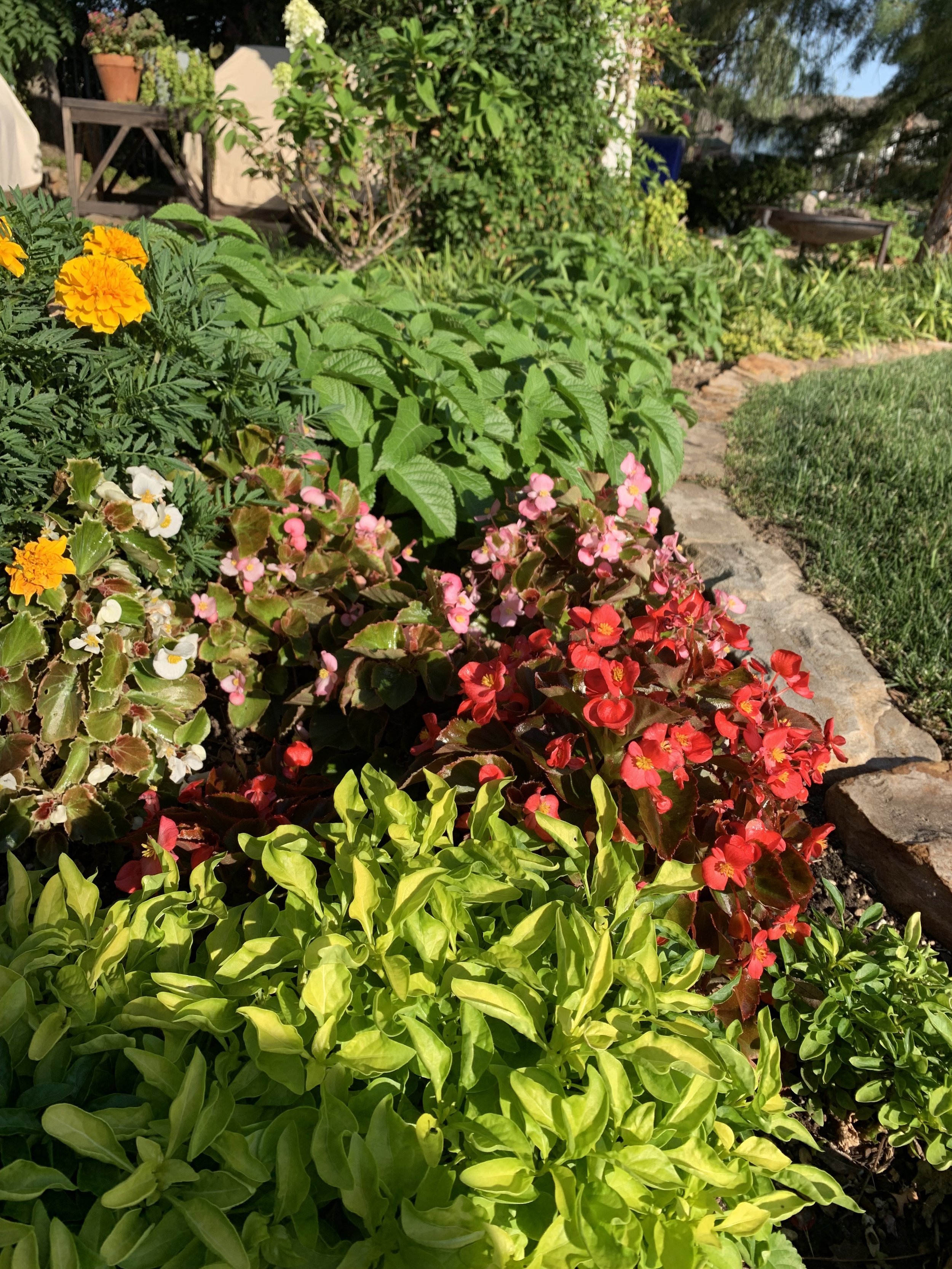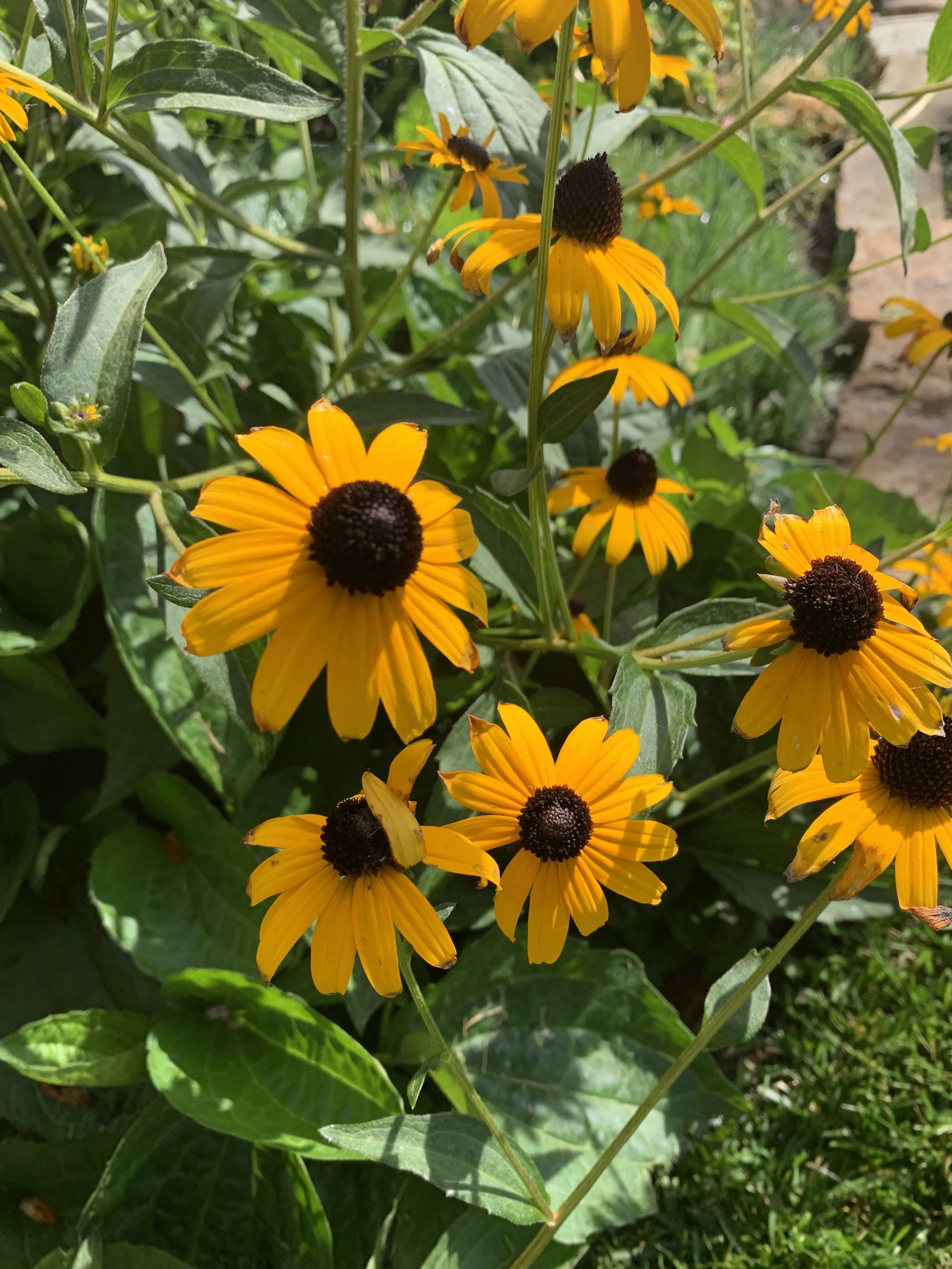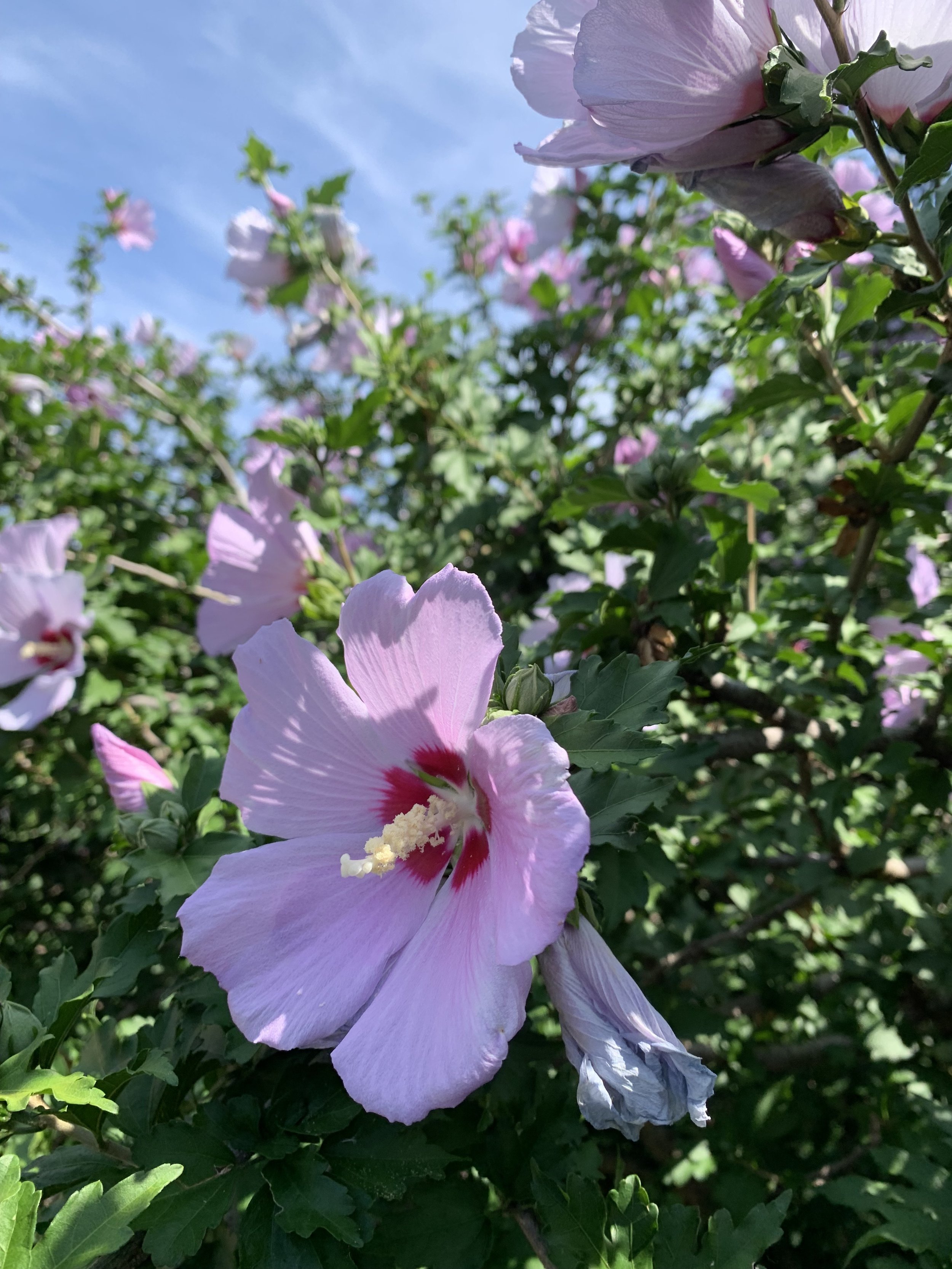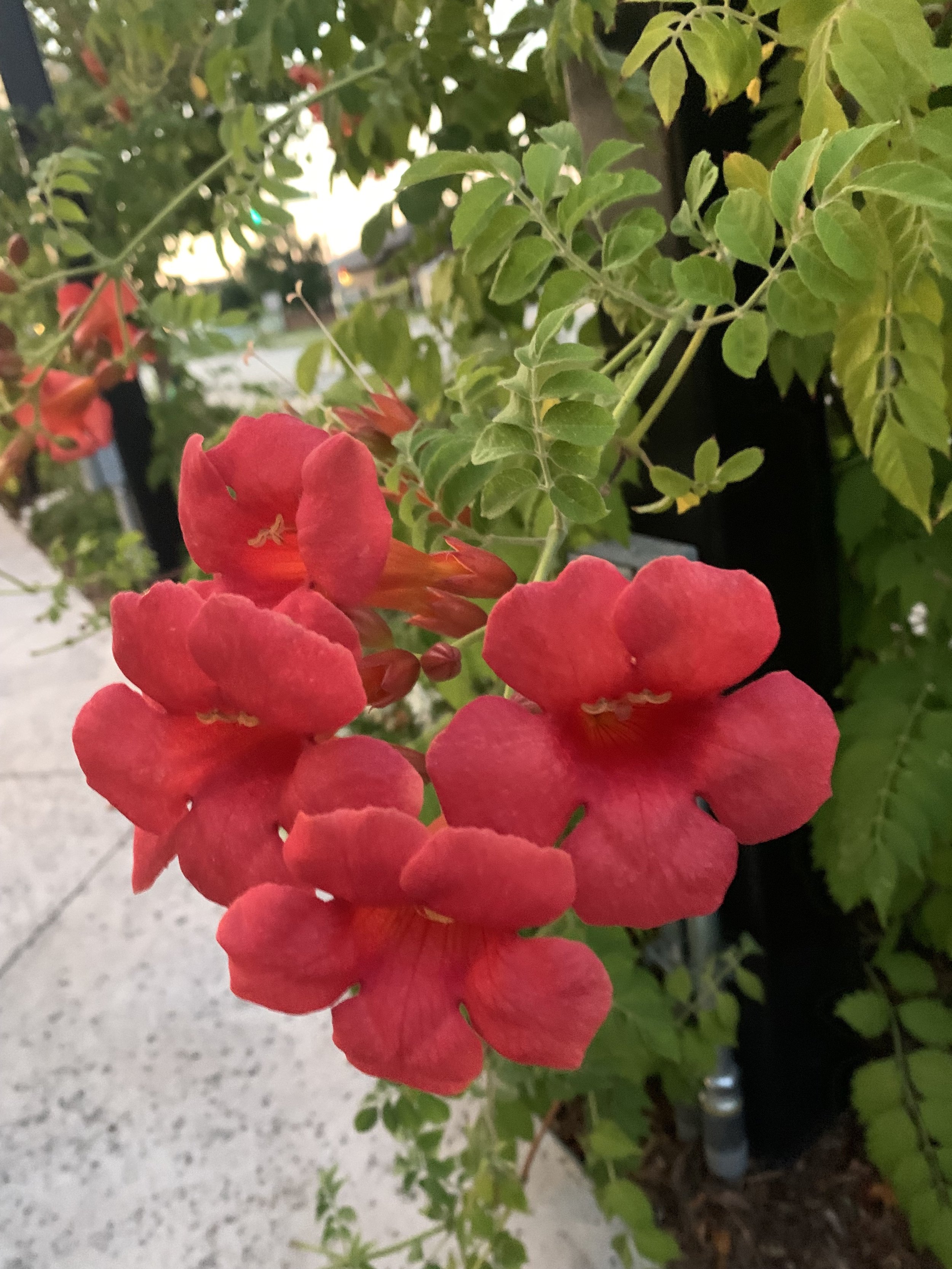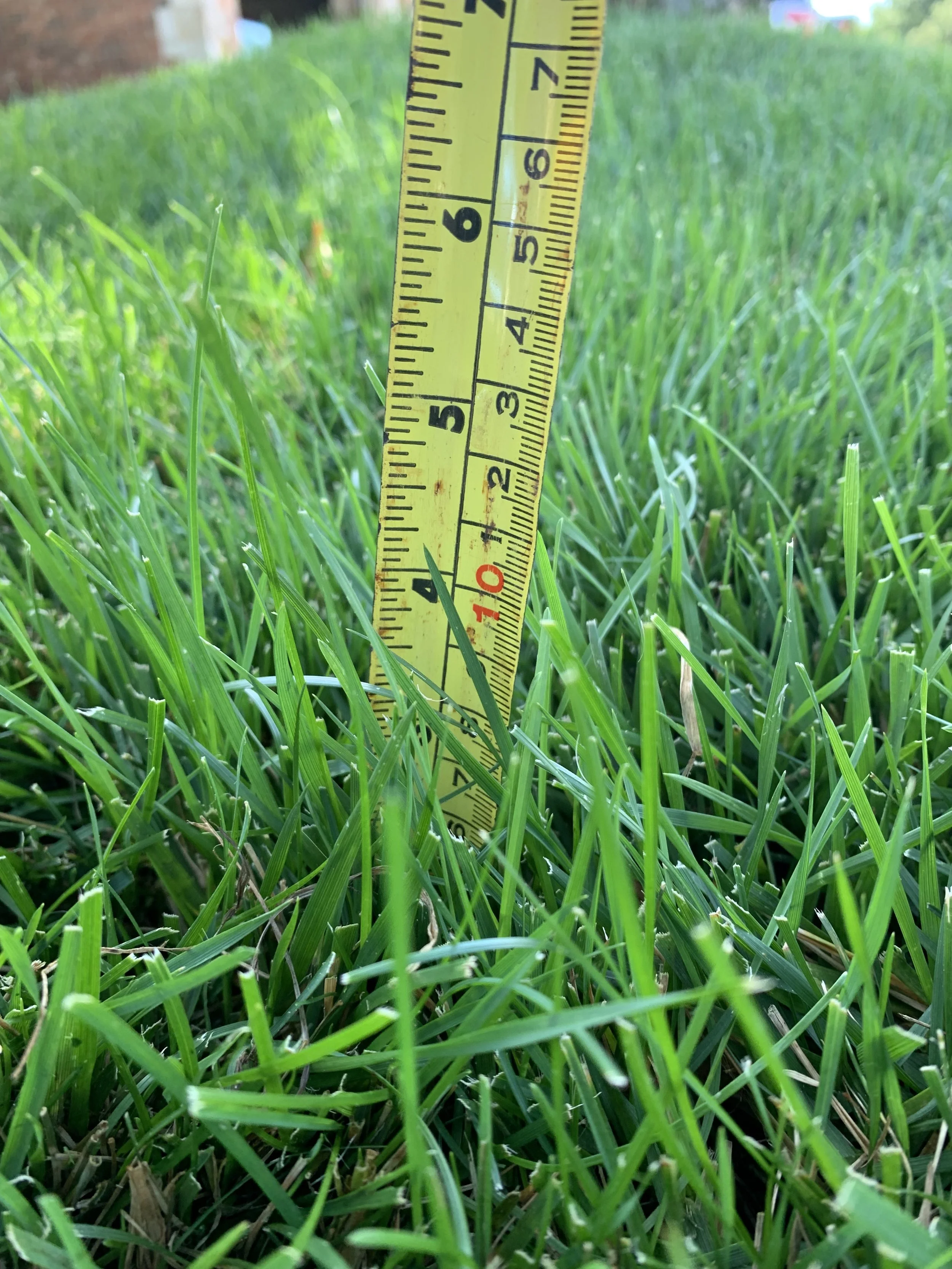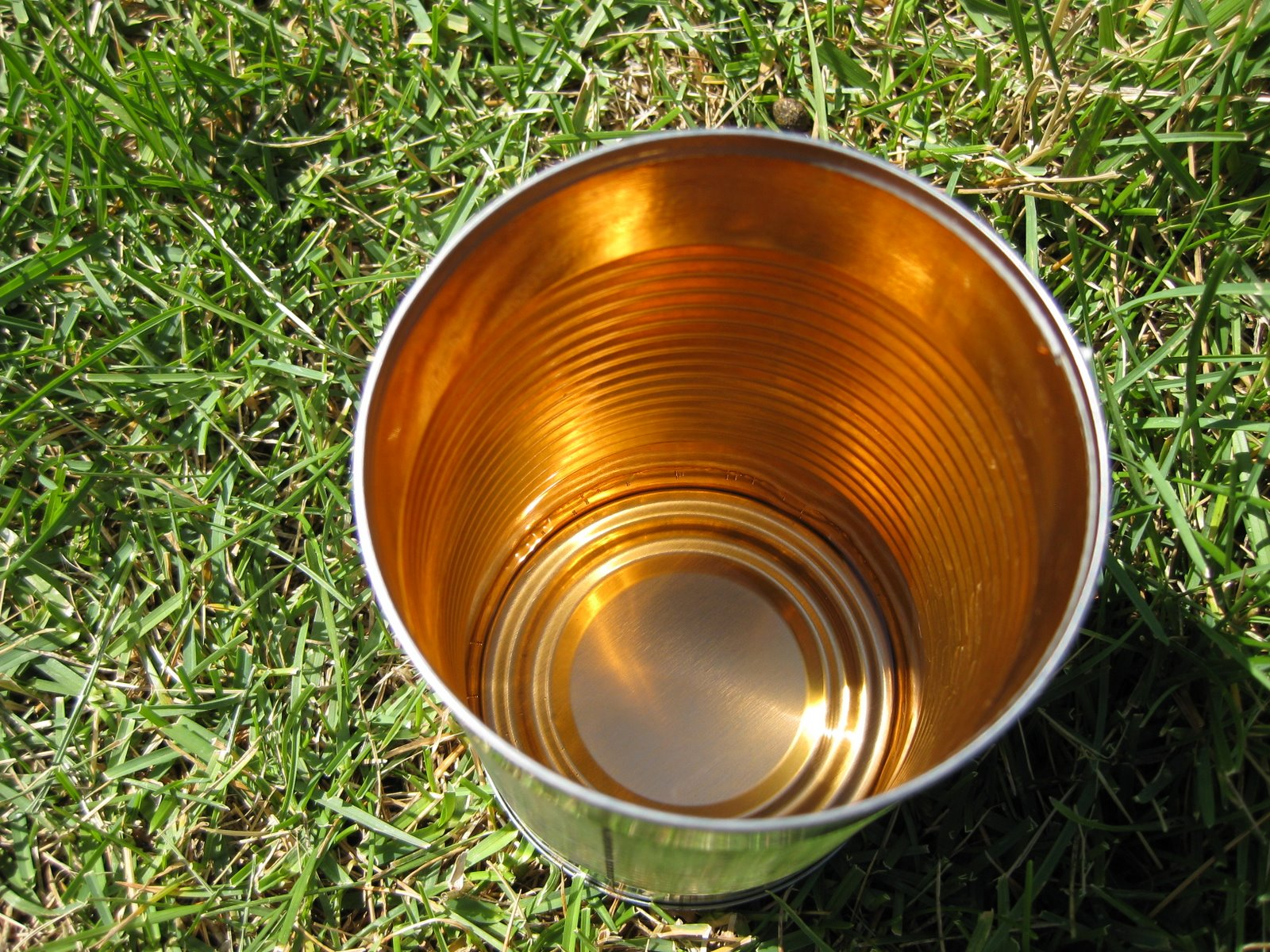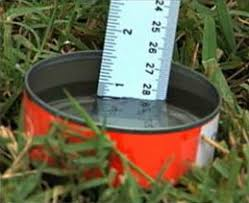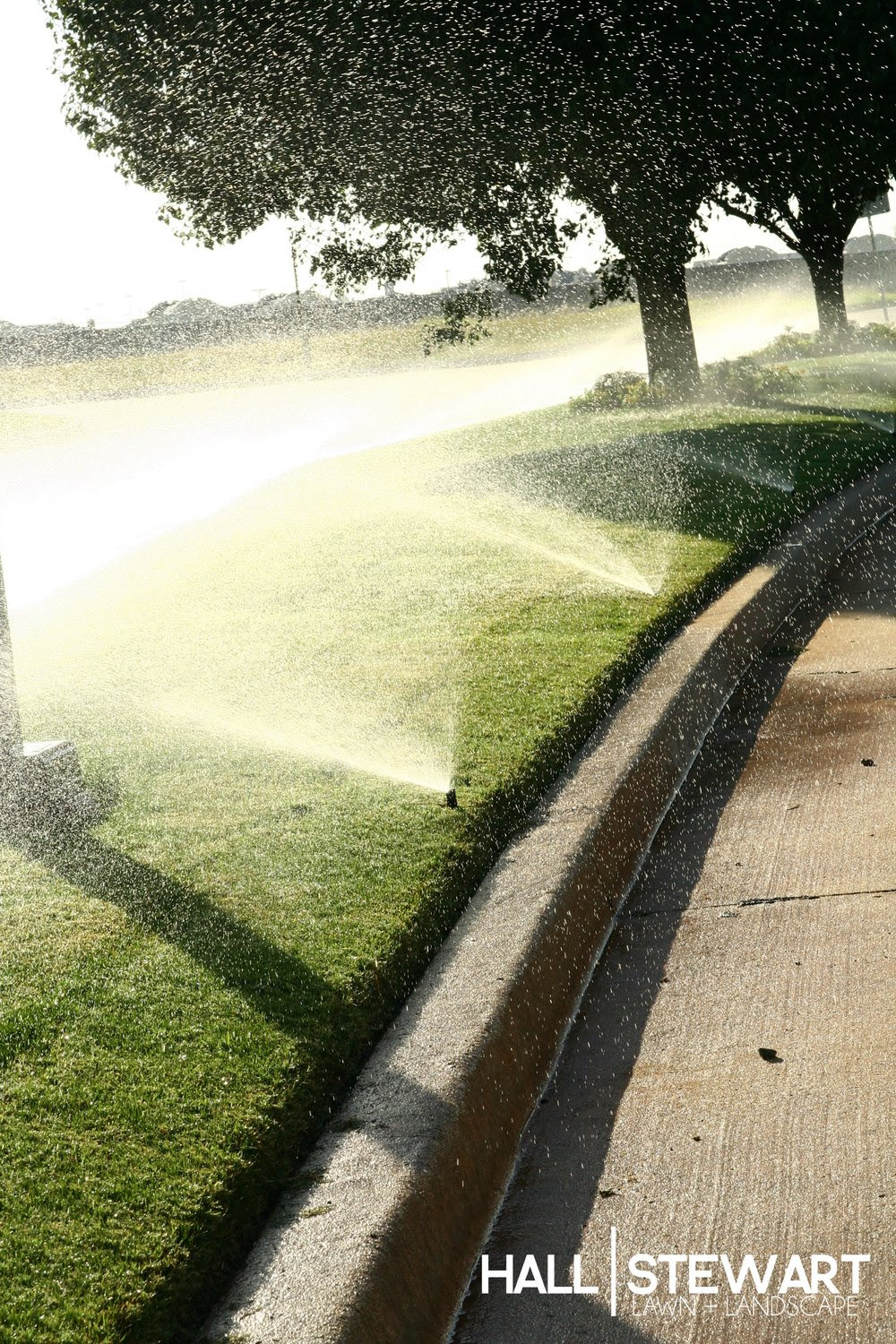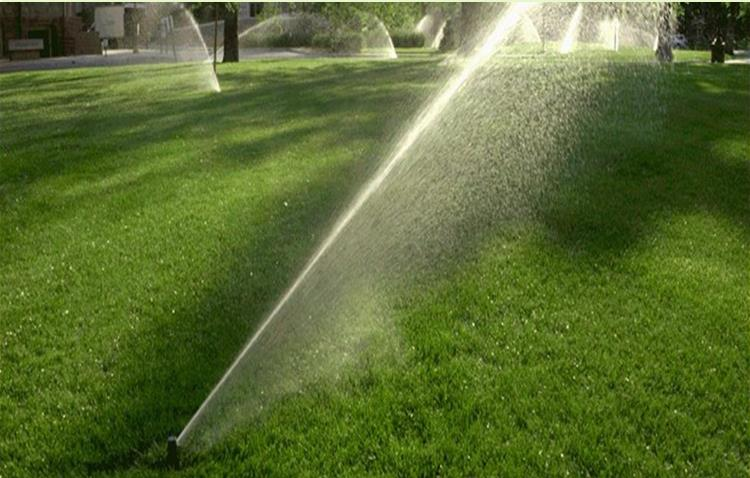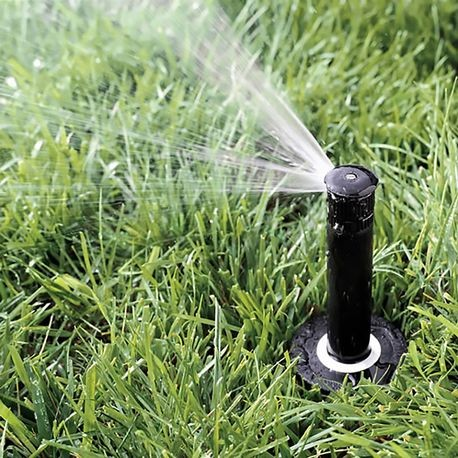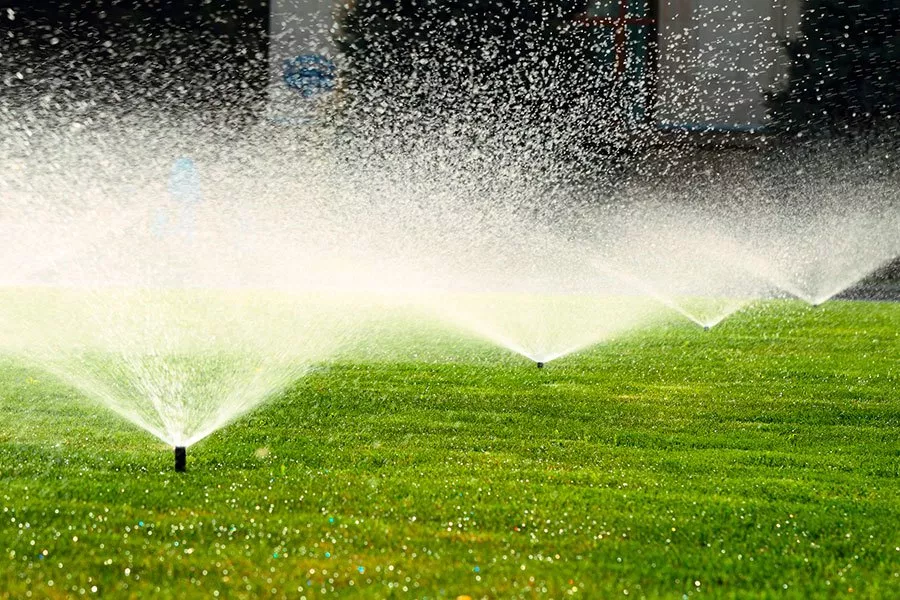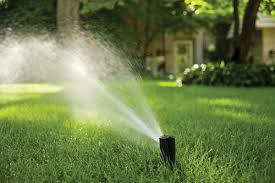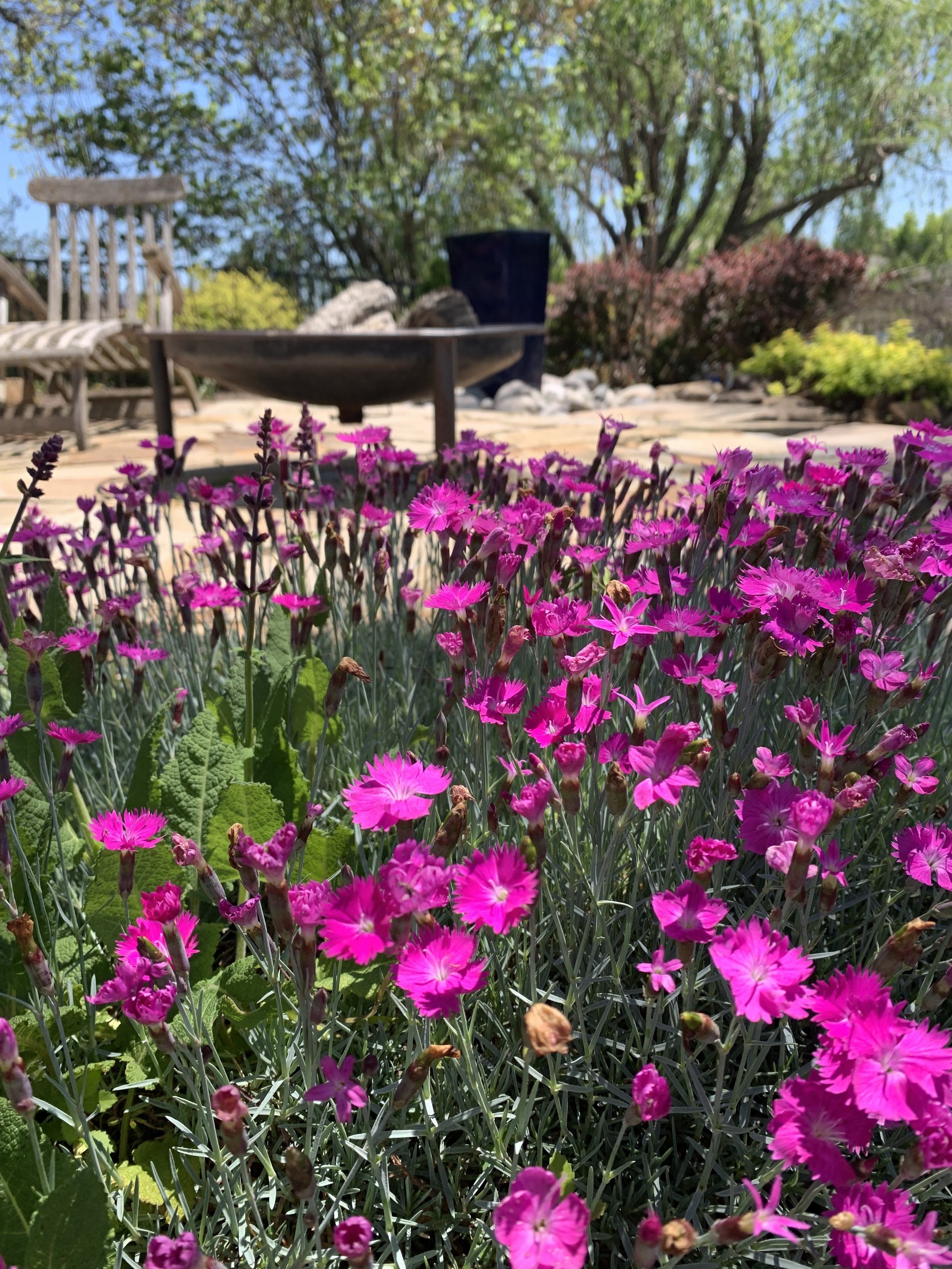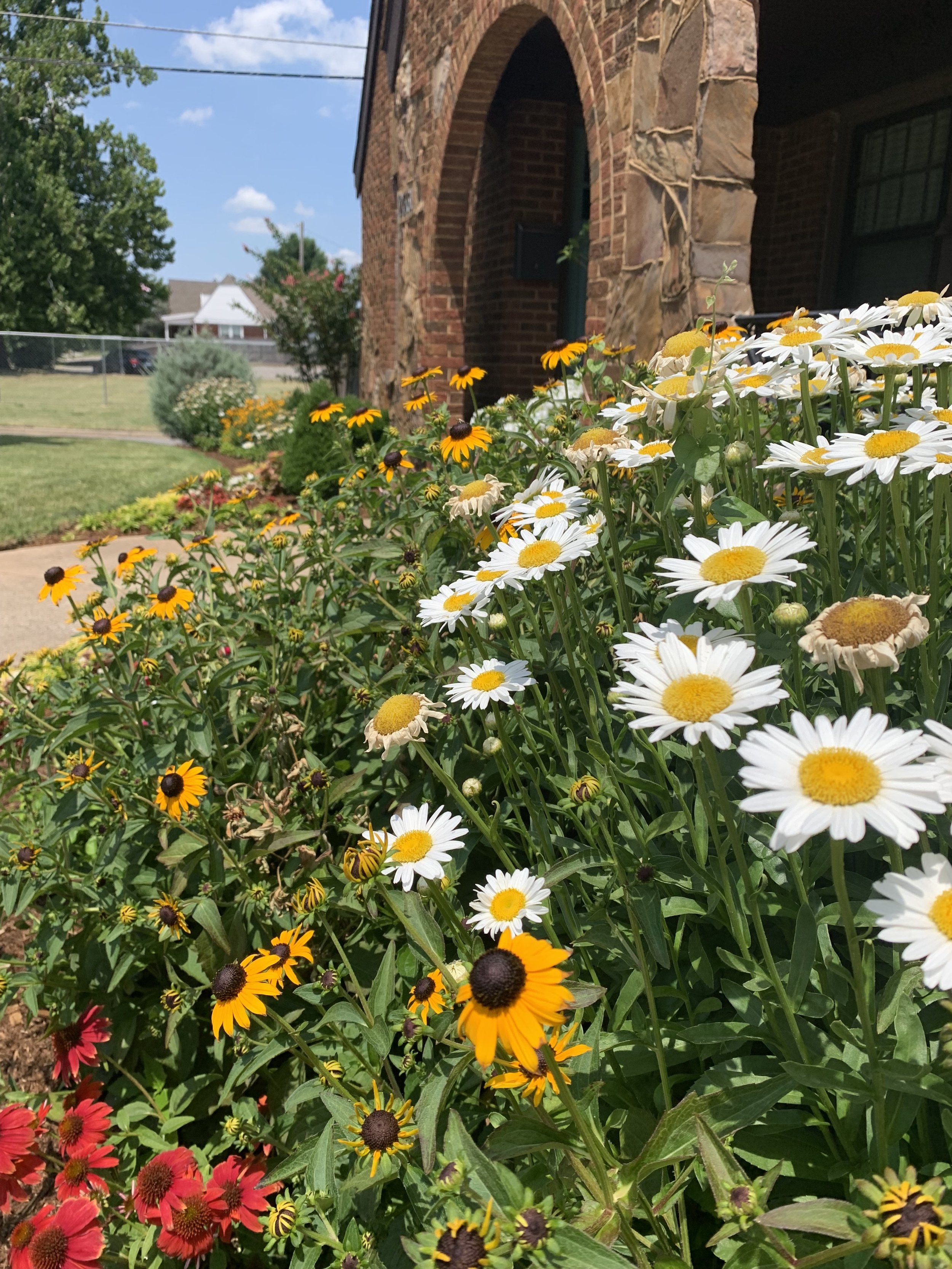Ornamental grasses are a great addition to any landscape. They are easy to grow. They are tolerant of most soils. Once they are established, they don’t require much water. And, they rarely have insect or disease issues.
Best of all - they require little maintenance.
They need trimming only one time per year.
The rest of the season they need little to no attention.
What is an ornamental grass?
Most commonly they come in two forms: medium to tall grasses and groundcovers.
Groundcovers include Liriope and Mondo Grass. They are often used as boarders or in mass plantings. Liriope makes a great groundcover in turf areas that are even too shady for fescue.
Taller grasses can be used as focal point or in mass plantings.
Ornamental grasses provide texture, color, height, and flower plumes. They also add interest in the winter as their blades sway in the breeze.
A few of the more frequently used grasses include Fountain Grass (including the popular Hameln), Japanese Blood Grass, Liriope, Maiden Grass, Mondo Grass, Plume Grass, Mexican Feather Grass, Muhly, and Sweet Flag.
Liriope, commonly know as Monkey Grass, makes a good ground cover. There are several varieties. Purple Explosion produces deep purple spikes in the late summer.
Pink Muhly Grass produces pinkish-purple lacy plumes in the fall.
Liriope is a great solution for areas that are too shady to grow a thick lawn.
When do ornamental grasses need their once per year trim?
Anytime now through early March. The goal is to remove all the dormant top before new shoots start to develop. If you make a cut on new shoots, the tip will keep a bruised look all season.
I prefer to wait until late winter to cut back ornamental grasses. They add interest to the winter landscape as they sway in the wind.
Ornamental grasses need to have their dormant foliage removed before new shoots emerge this spring.
Cutting back your ornamental grasses in late winter can be a big task. But, you only have to work on the one time per year. Grasses are nearly maintenance free the rest of the year.
Tying up the foliage first will make the job and clean-up go quicker.
Liriope and Mondo Grasses typically have freeze burnt leaf blades from winter cold spells and need to be trimmed sometime between now and mid-March.
What height does ornamental grass need to be cut?
For pampas grasses, remove the dormant foliage to a height of approximately 12”.
For liriope, trim to a height of 2-3”.
Mondo Grass, particularly Dwarf Mondo, only needs a once per year trim if most of the foliage has browned. Most springs you can use hand pruners to clip out what little brown foliage there is on dwarf mondo.
Another exception to the once per year trim is Mexican Feather Grass. This ornamental grass performs best if it isn’t trimmed at all. As the grass matures, small areas will turn brown. Gently pull the brown areas out anytime they appear.
Mexican Feather Grass is the one exception to cutting them down in the spring. Instead, remove any brown clumps from the grass during the growing season by gently pulling them out.
What are the best tools for the project?
For pampas grasses, use either hand hedge shears or power hedge trimmers depending on how thick the grass clumps have become. To make the job easier, use twine to tie up the foliage before you make your cuts.
For liriope, you can use your string trimmer, or if the area is large enough, go ahead and use the mower on the highest setting.
Mexican Feather Grass prefers not to be cut back in the spring.
Grouping of Mexican Feather Grass planted with Pink Muhly Grass.
Should I divide my grasses?
It is not uncommon for pampas grasses to die out in the center of the clump as the grass matures and grows. Every 3-5 years it is a good idea to divide grasses in the spring. Using a sharp shovel, simply slice through the grass. Then replant the clump.
Liriope can easily be transplanted after it is cut back. Use a shovel or even a post-hole digger to dig clumps. Liriope can be invasive. Therefore, I find I need to dig up liriope that has spread beyond the intended area occasionally.
Dividing and replanting grasses is an inexpensive way to expand your landscape.
Liriope, also known as Monkey Grass, should have the brown tops removed before new shoots emerge in mid-March.
When you pull back the brown tops of your liriope you will see the plants are still green. Sometime in the next 4 weeks use your string trimmer or mower to remove the brown tops.
When is the best time to plant new ornamental grasses?
Ornamental grasses can be planted year-round in our region. The ideal time is spring or fall. Summer is also good, but they will require more watering until established.
A couple of good information sources for ornamental grasses:
https://www.monrovia.com/shop/by-type/grasses.html
Have more questions about ornamental grasses? Give us a call. (405)367-3873.
Lorne Hall
Hall | Stewart Lawn + Landscape
(405)367-3873
A great combination of plants for winter interest is Reg Twig Dogwood and Ornamental Grasses.

